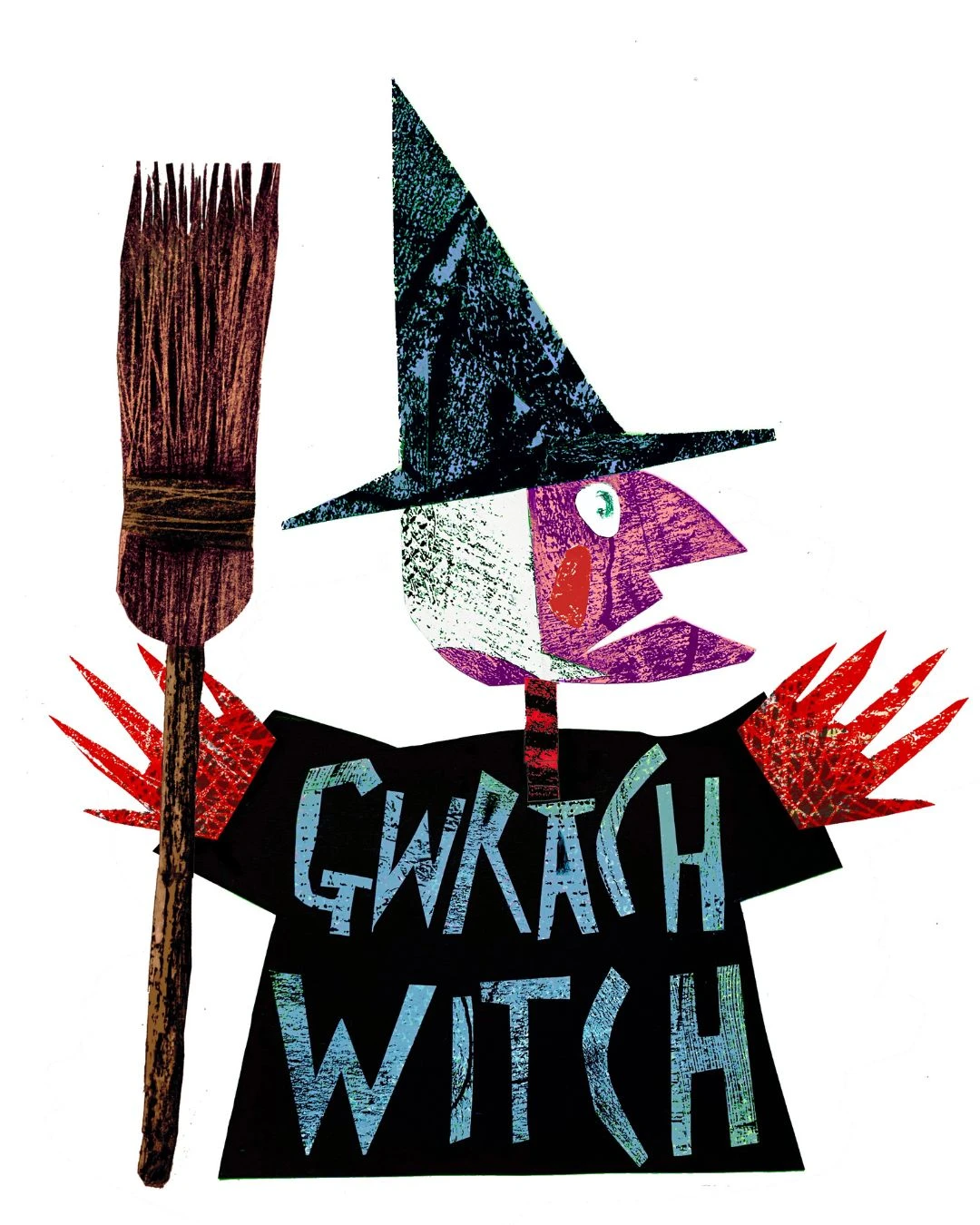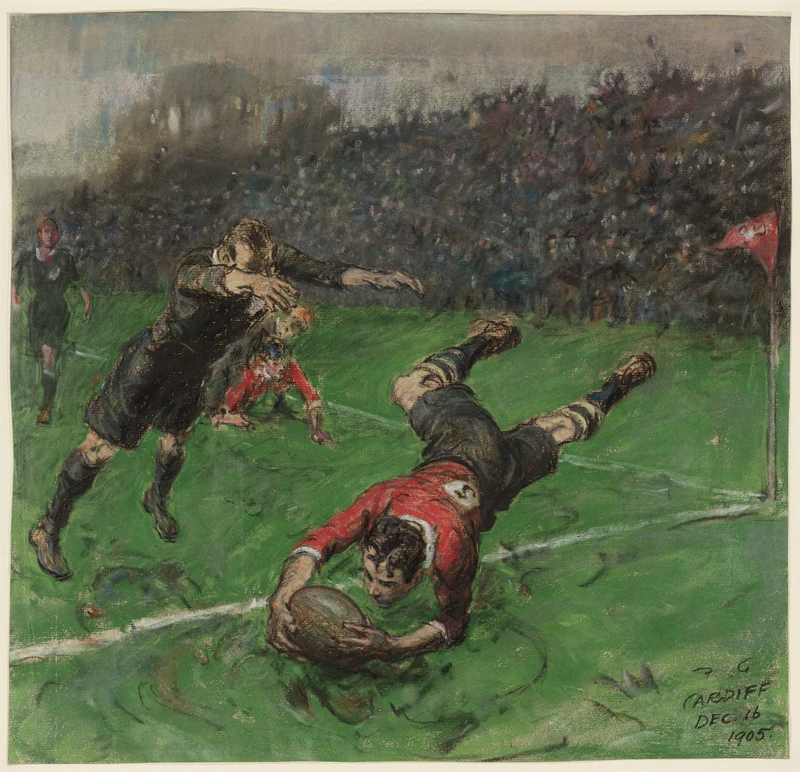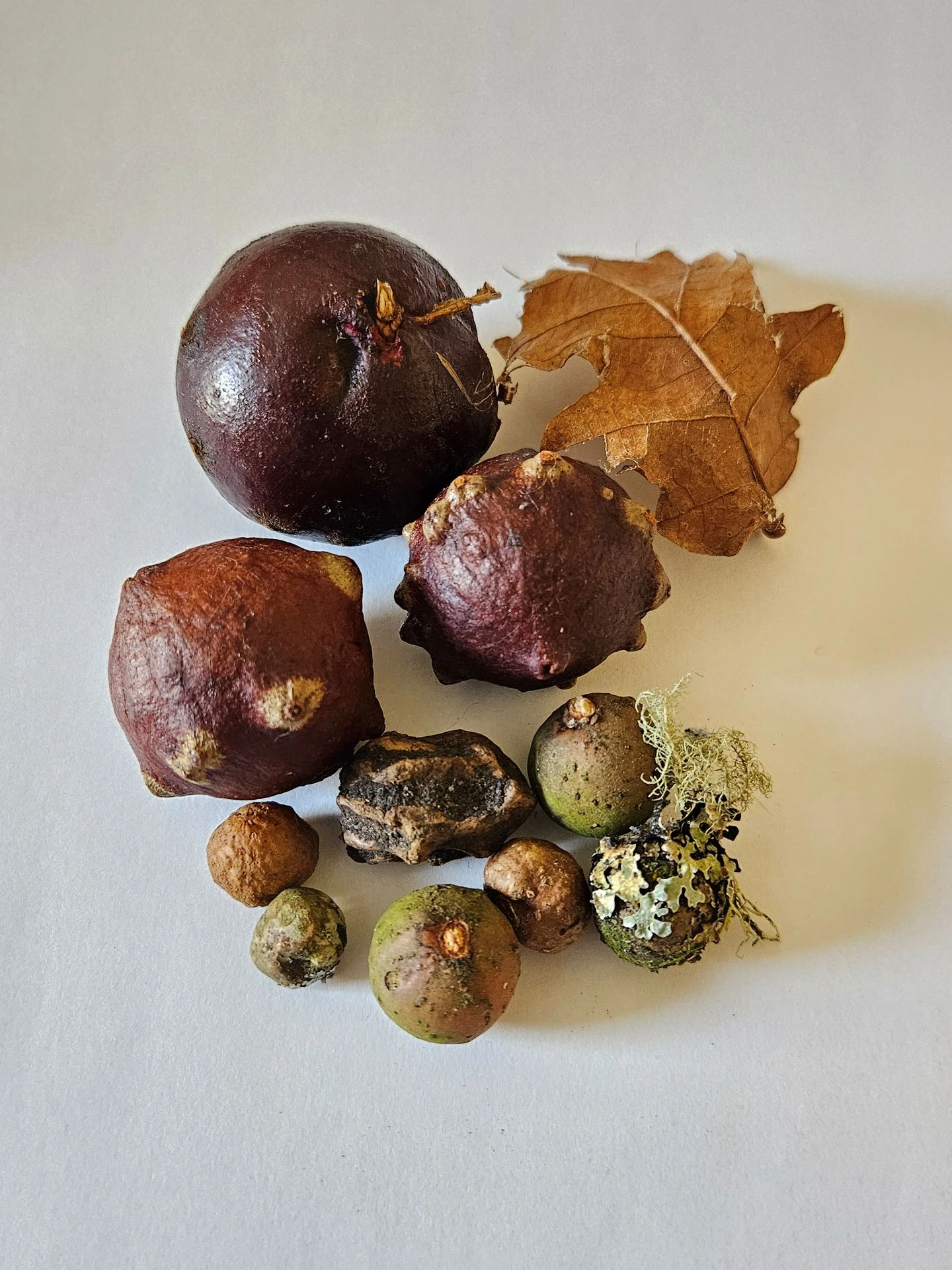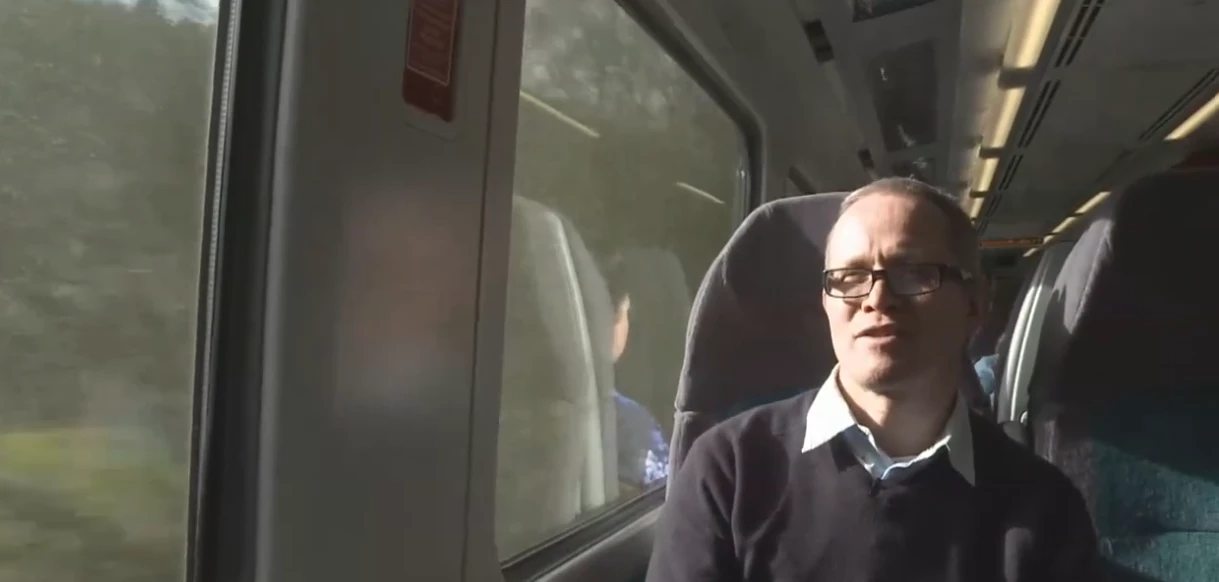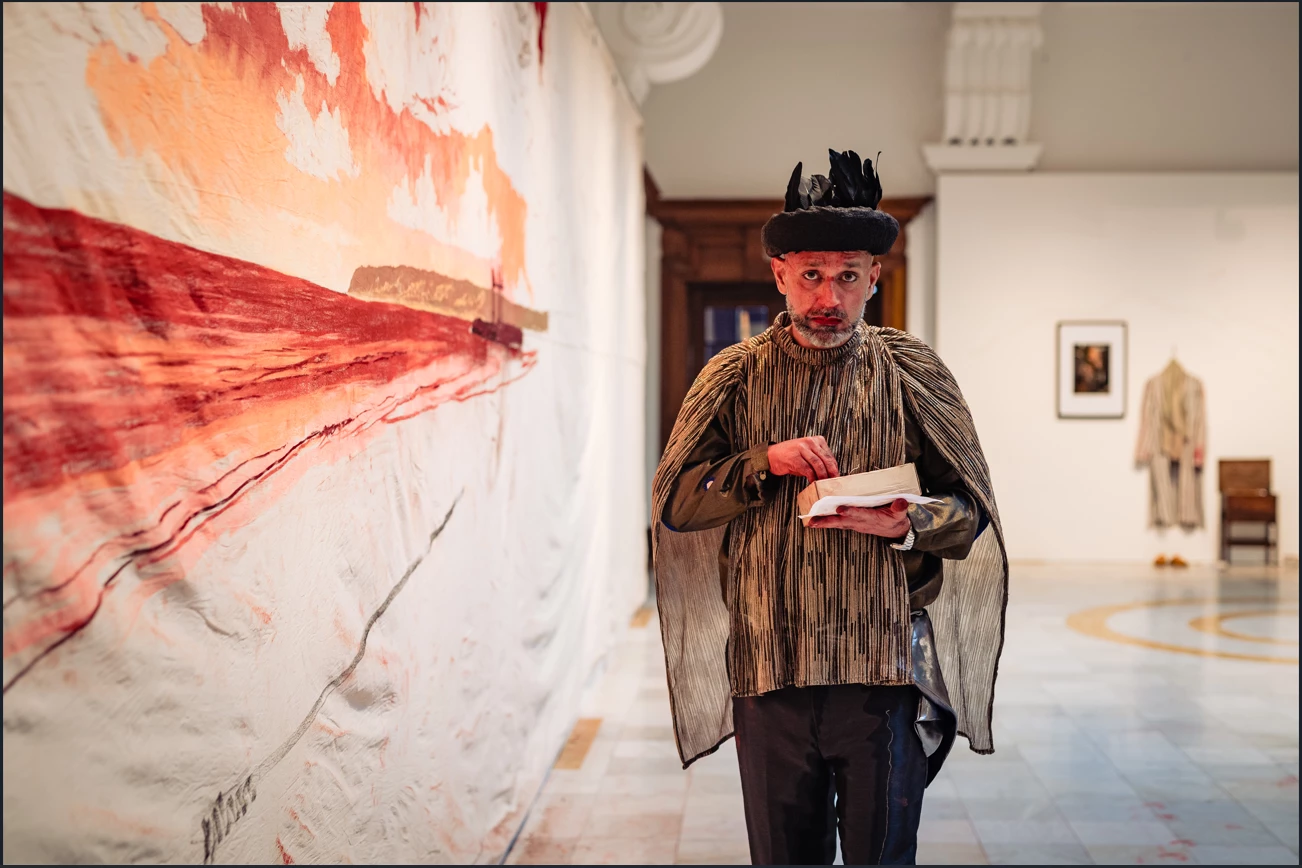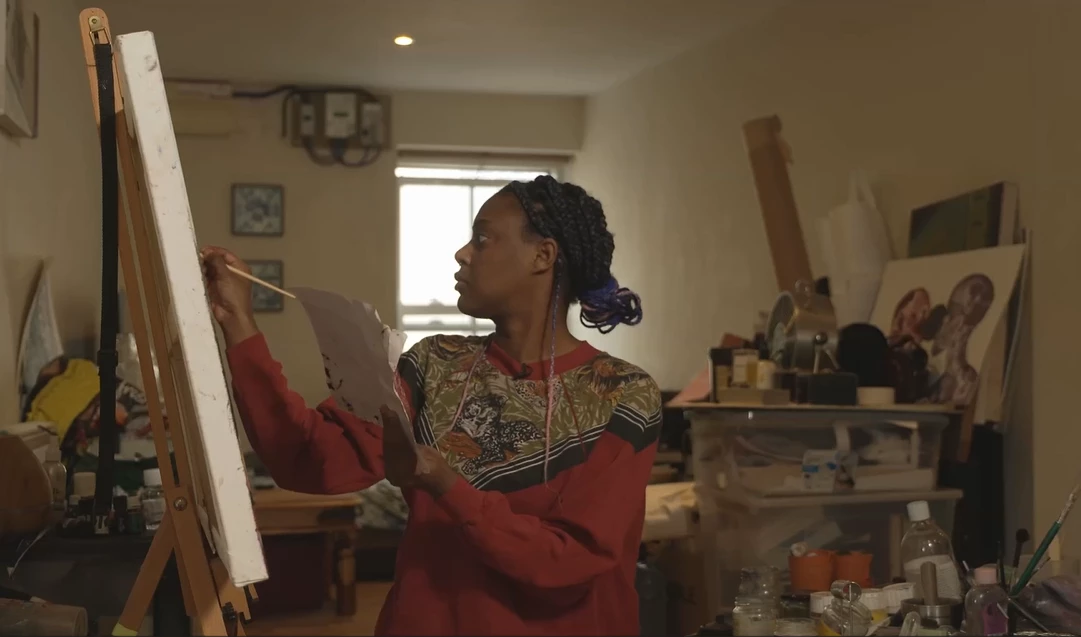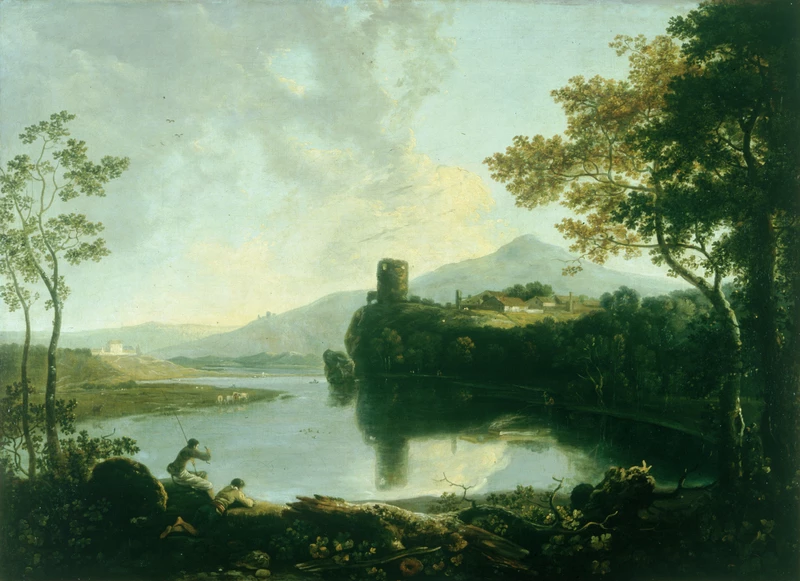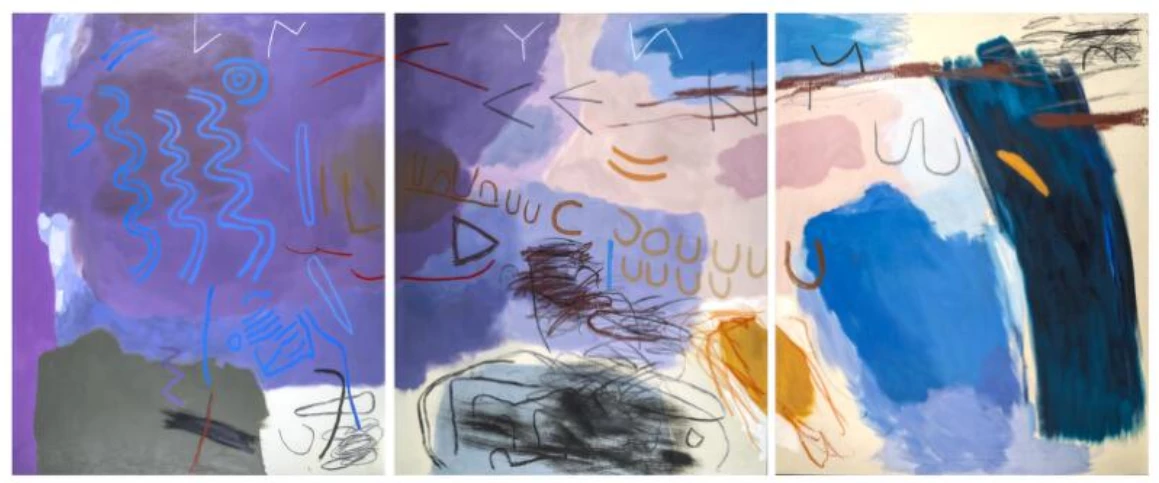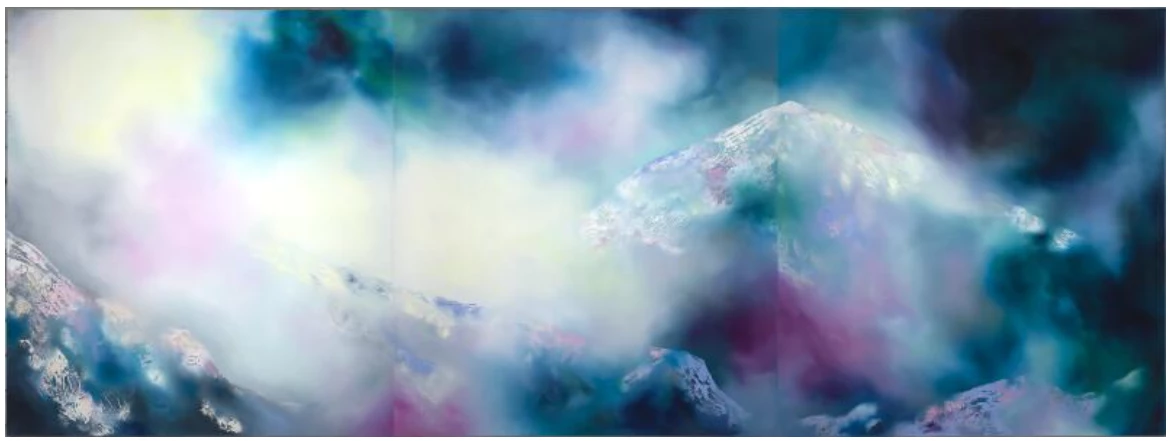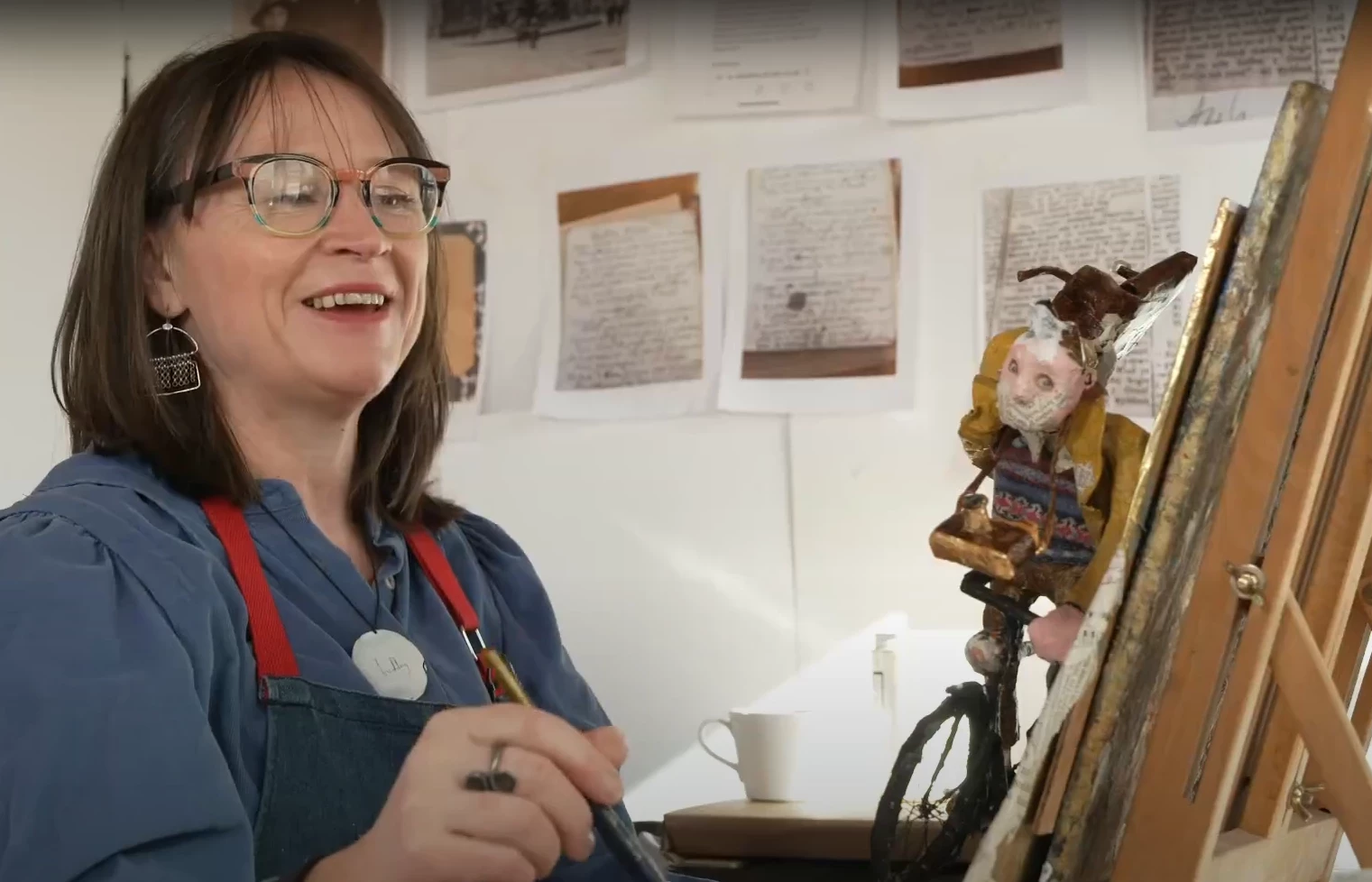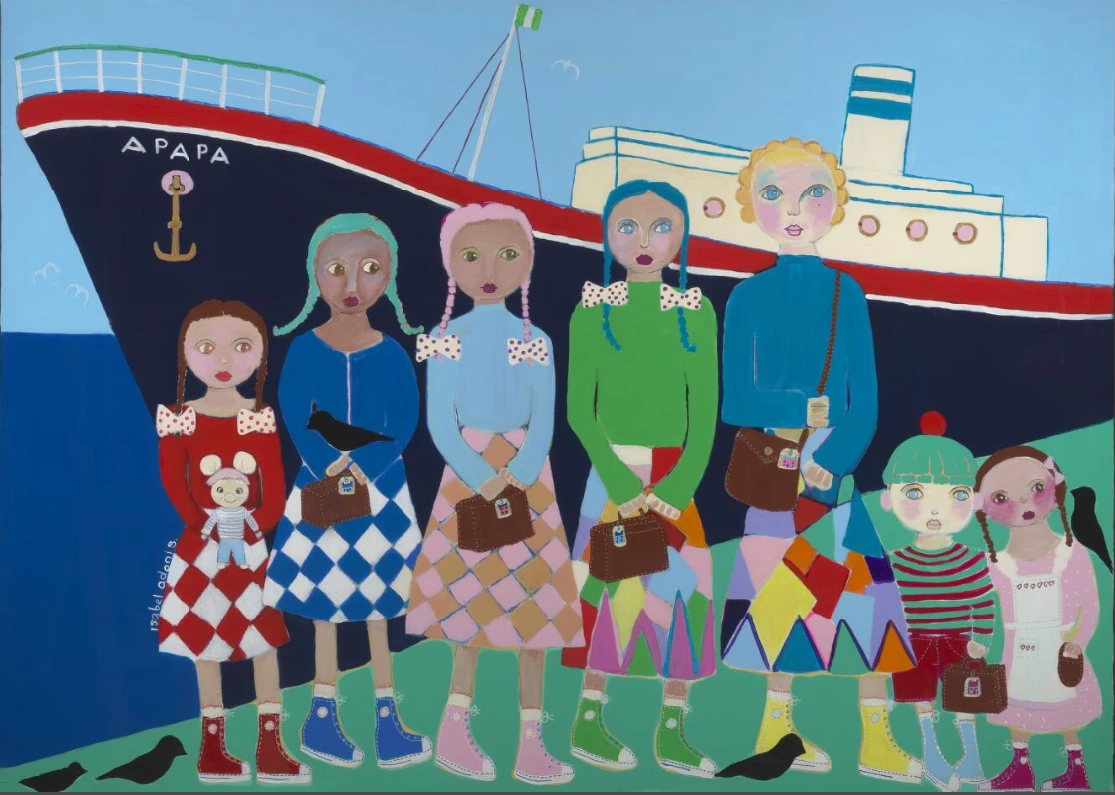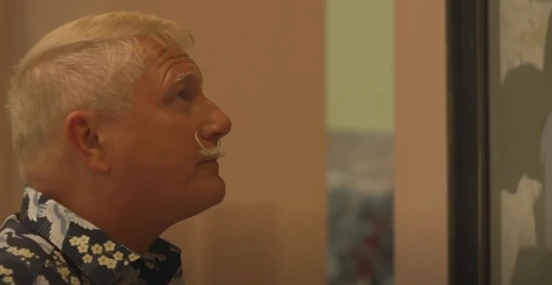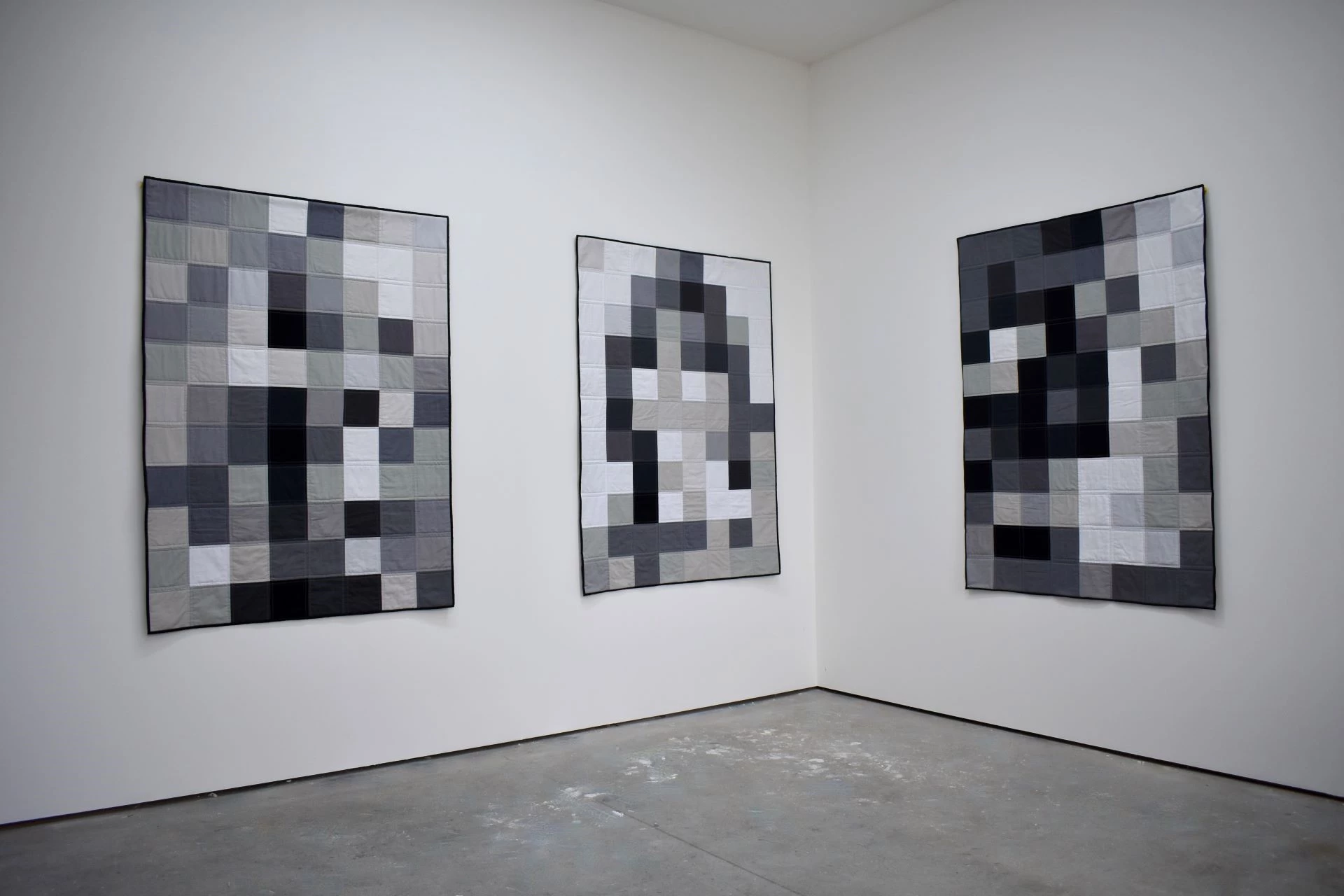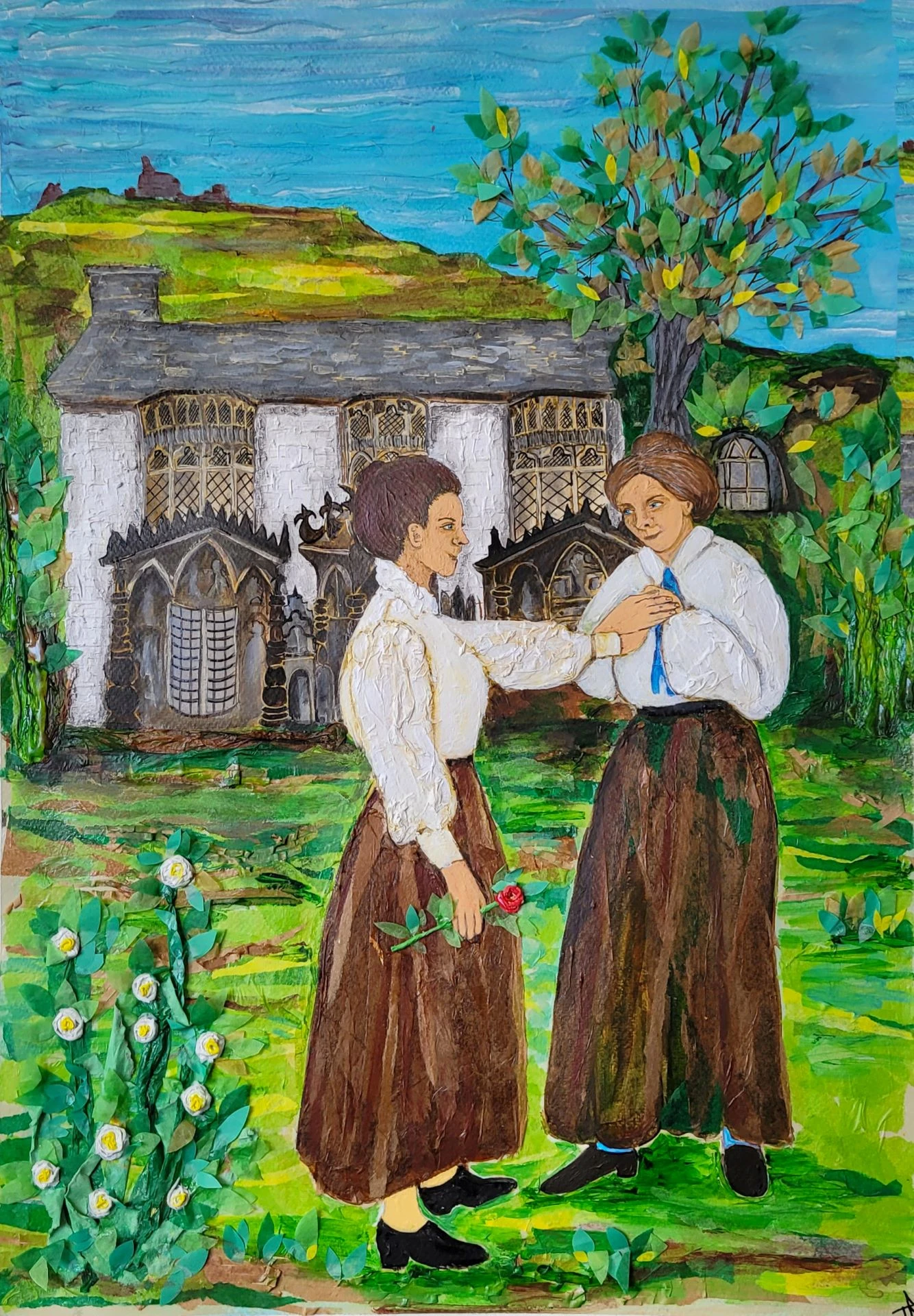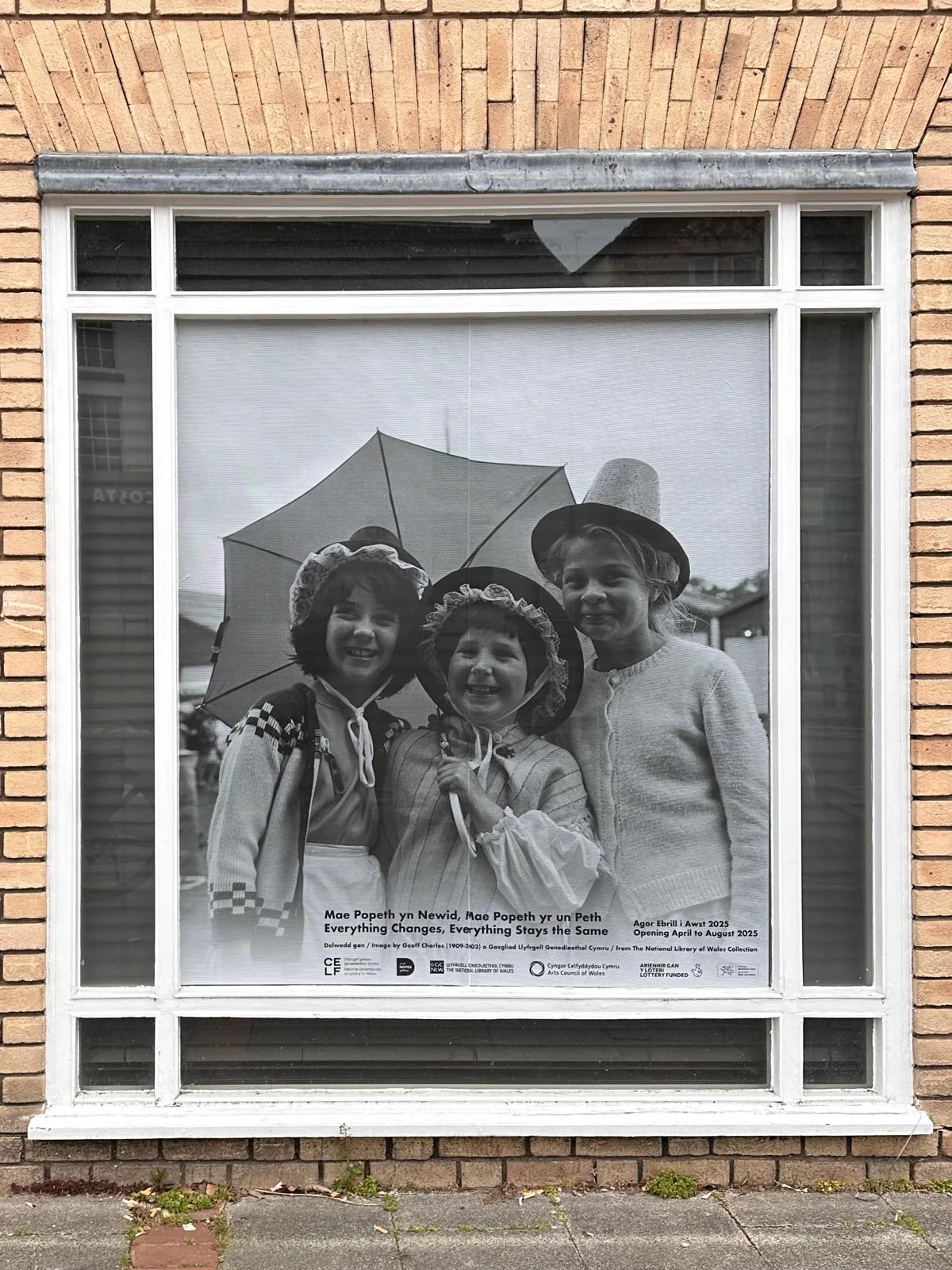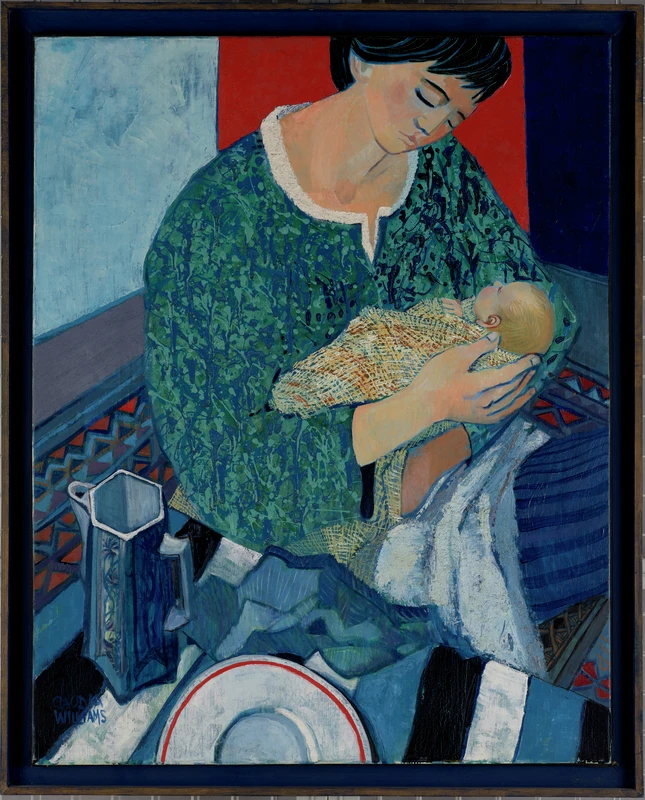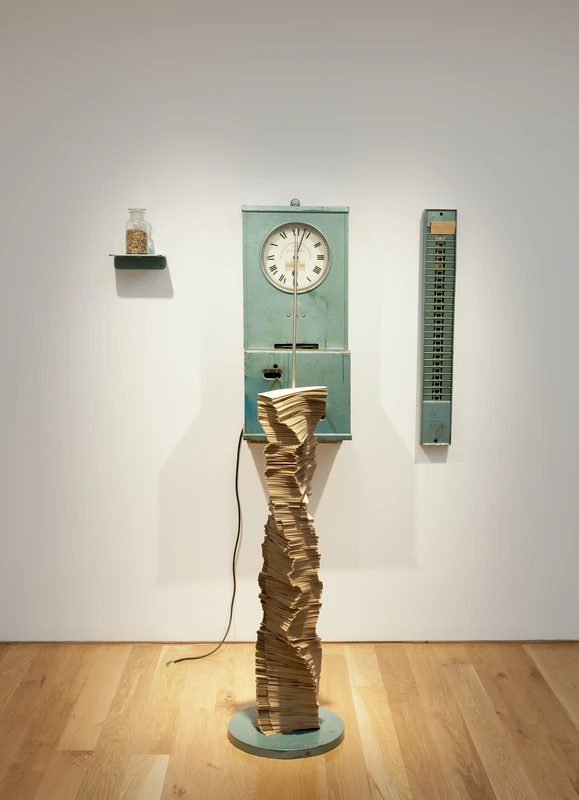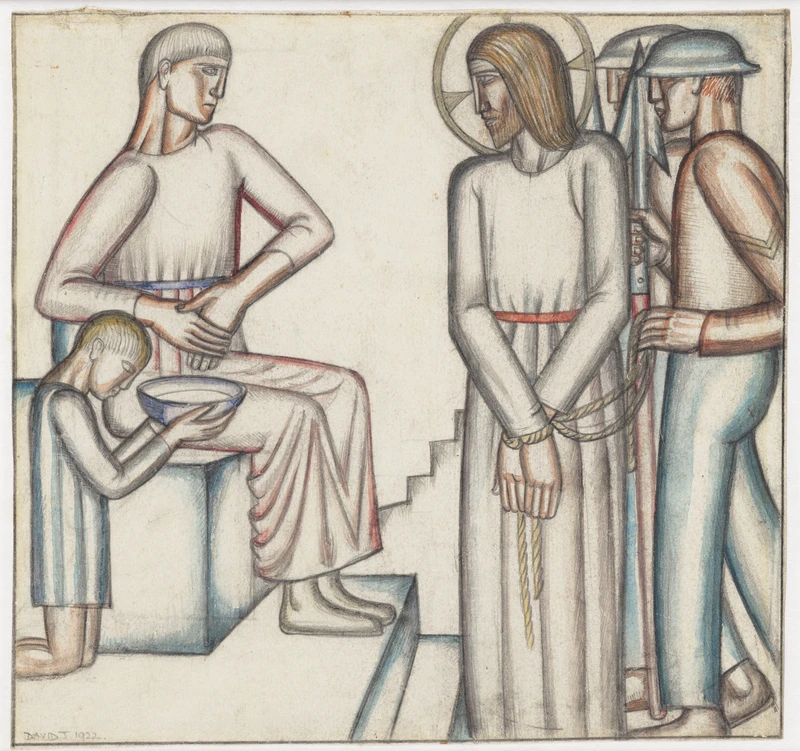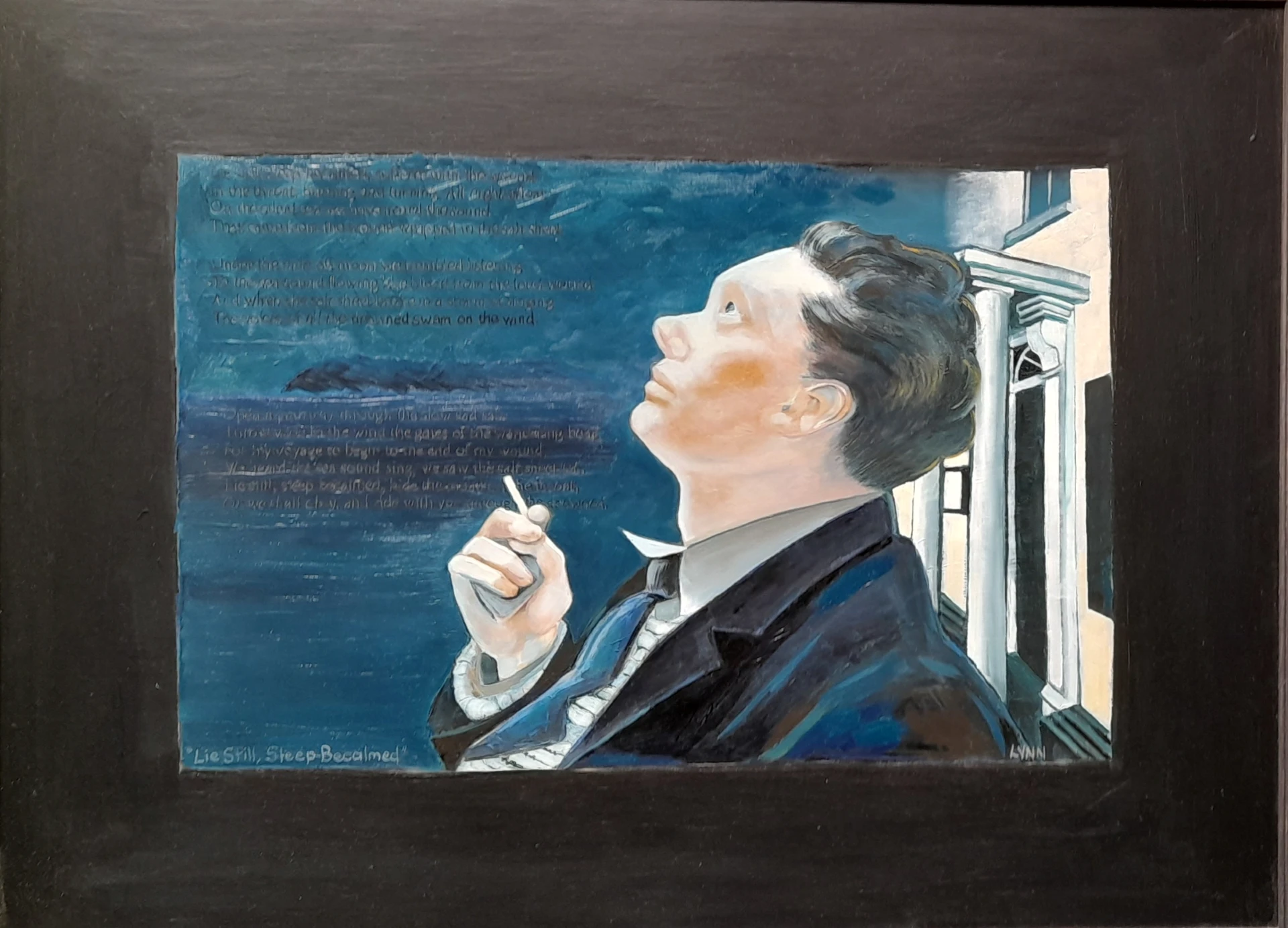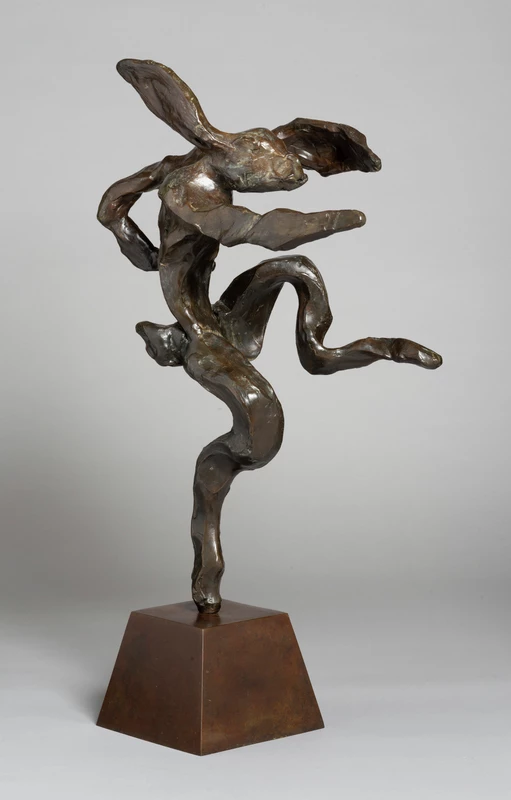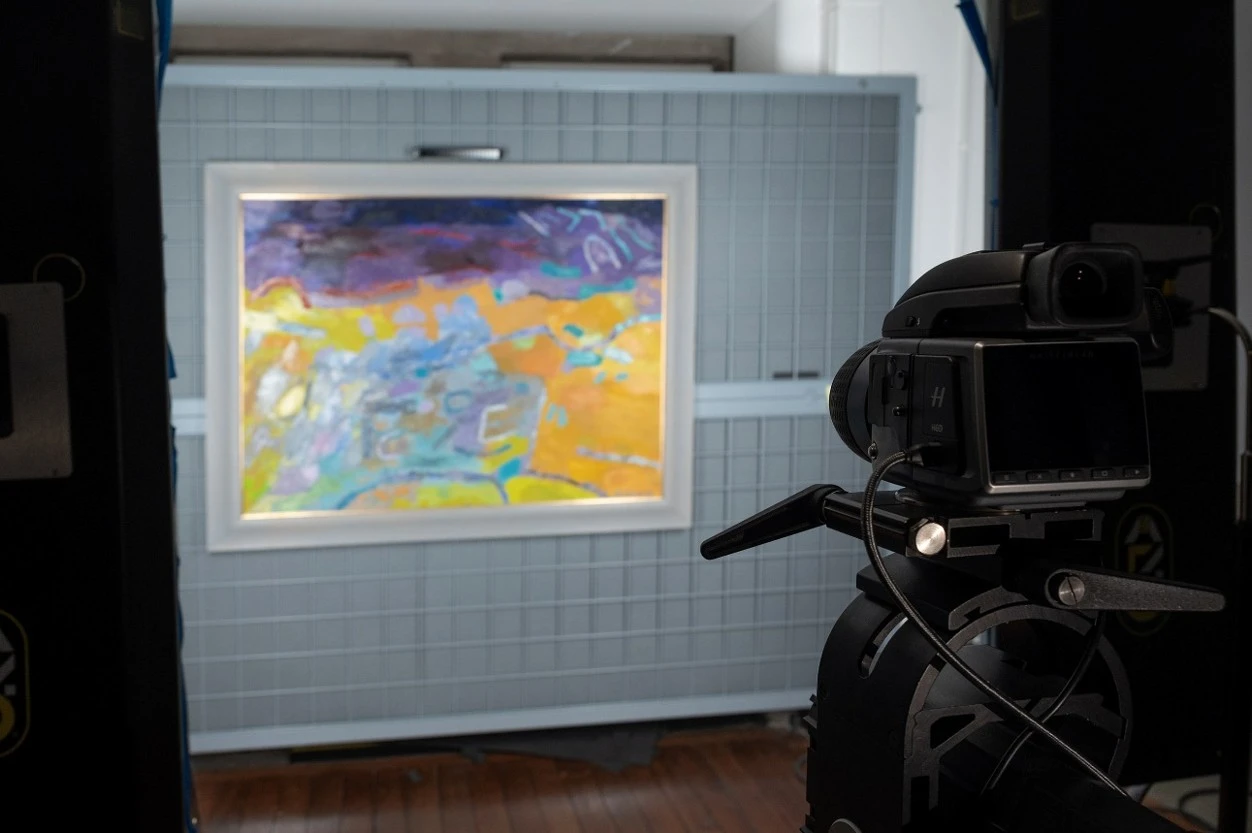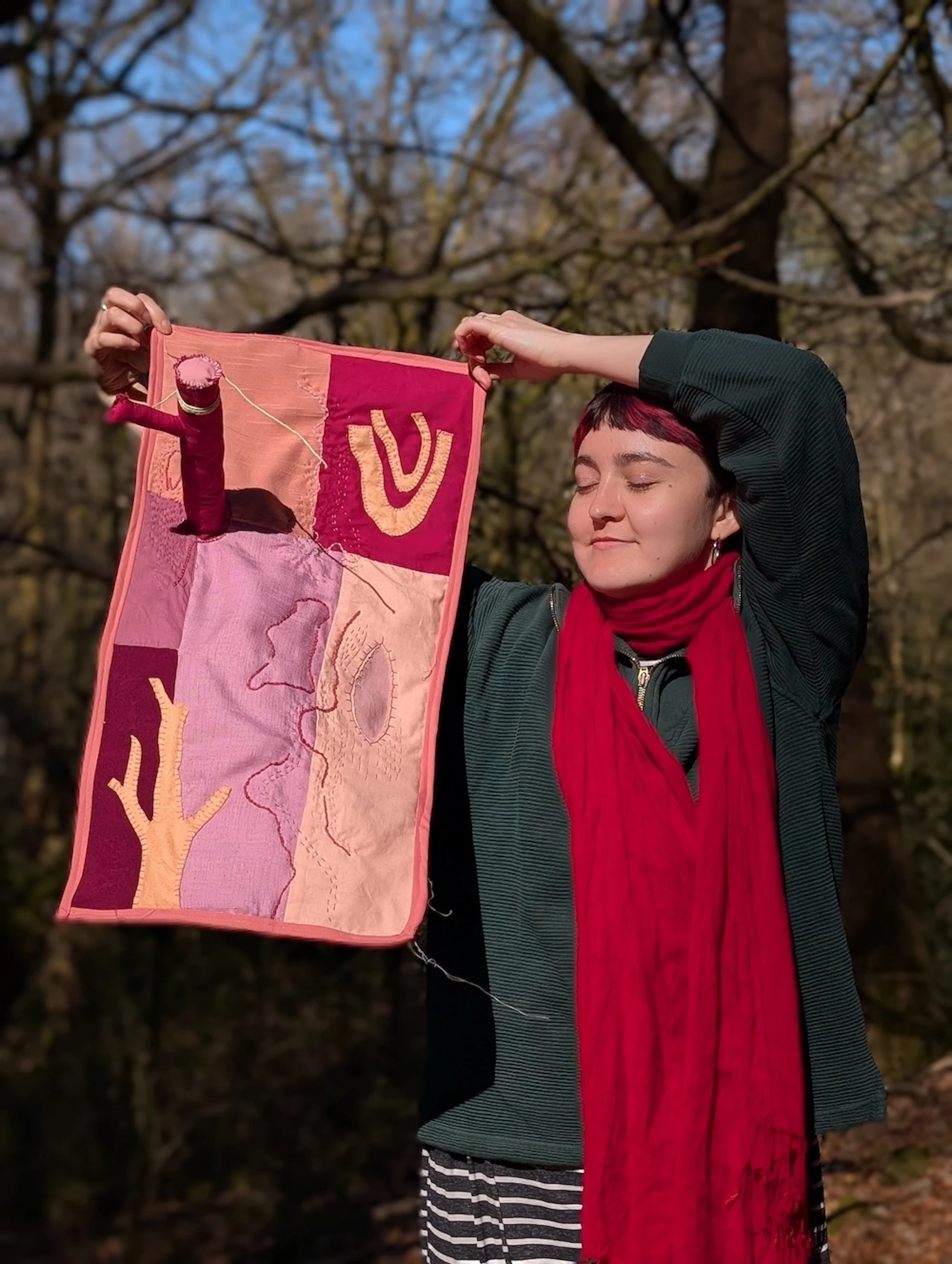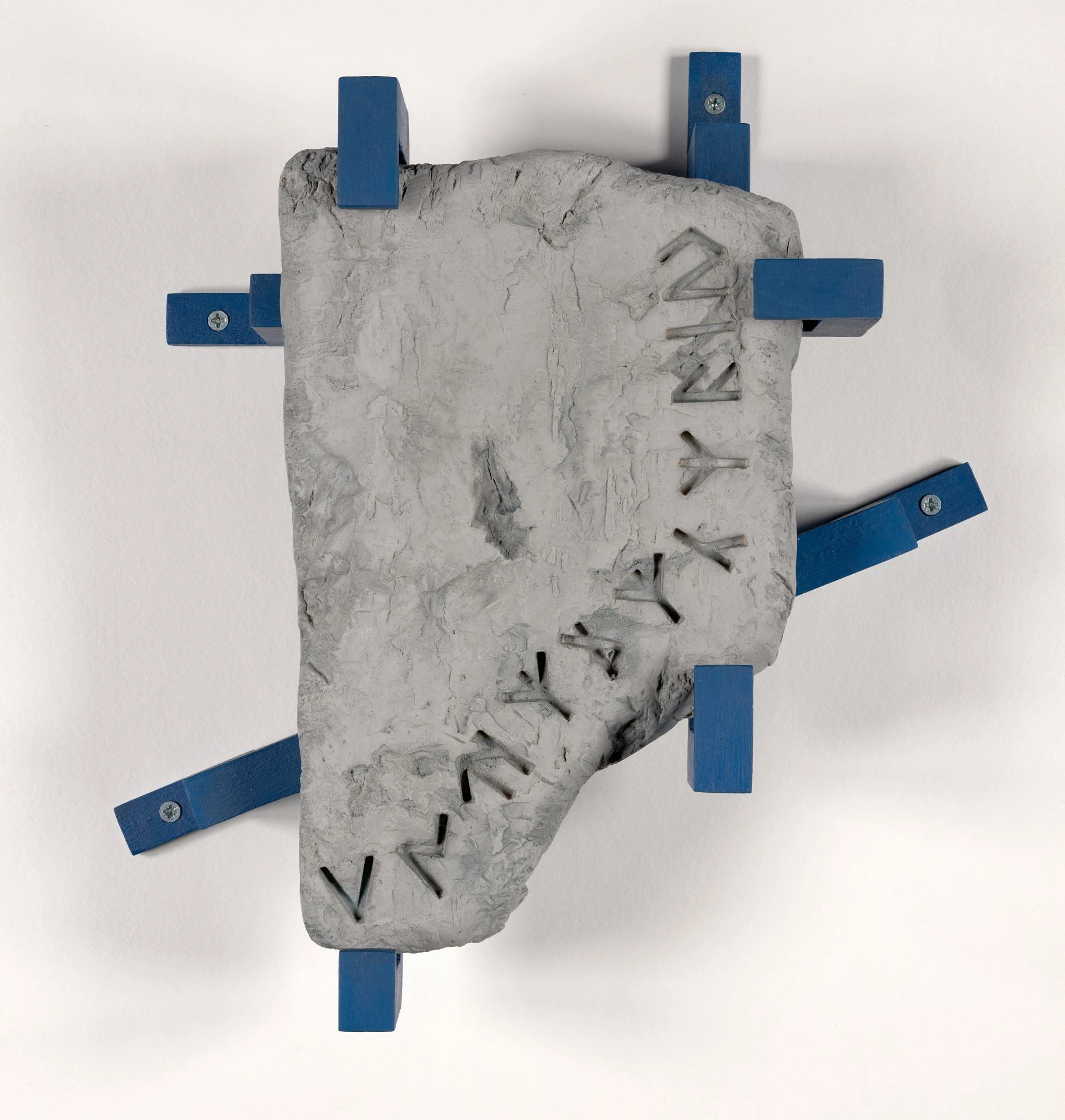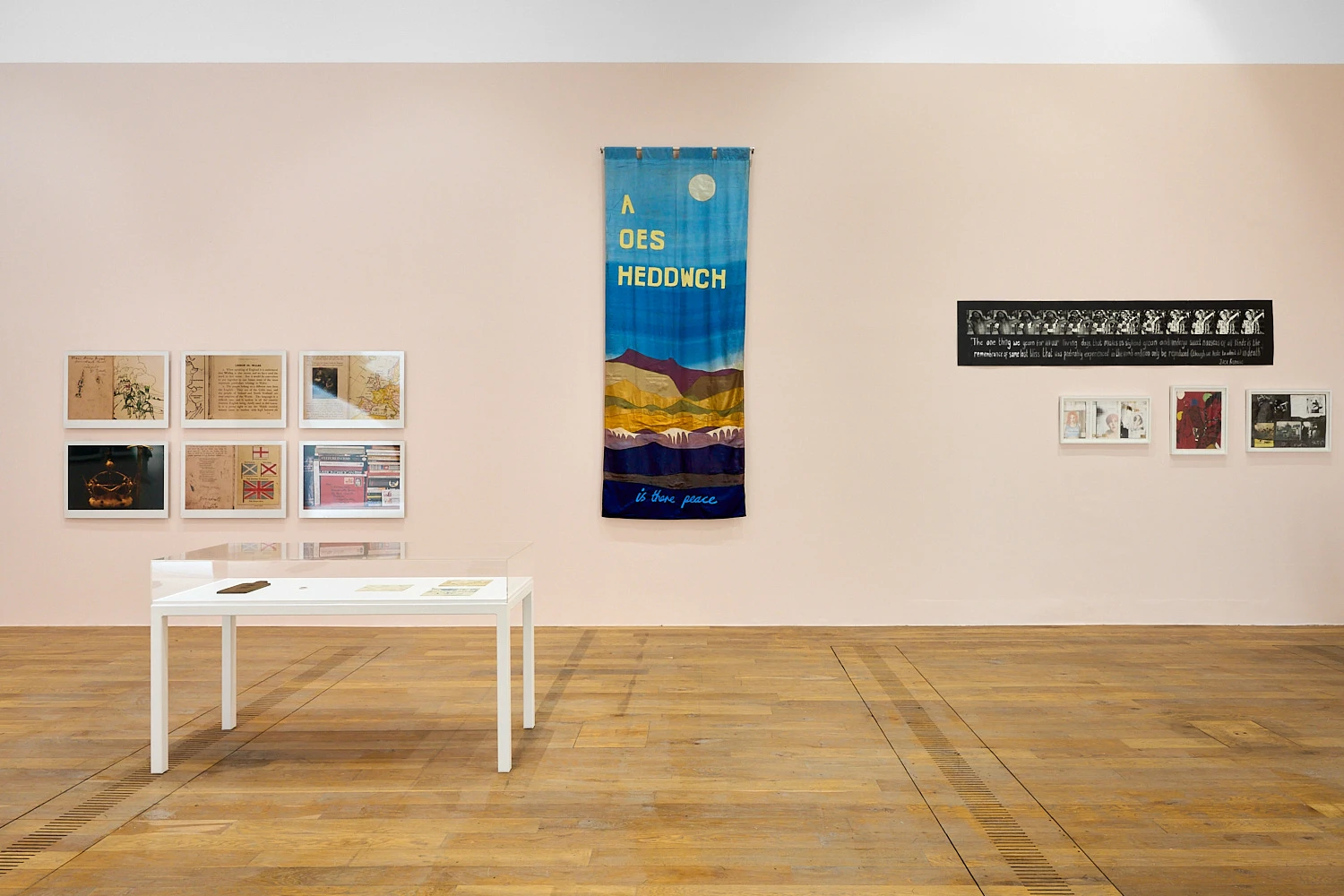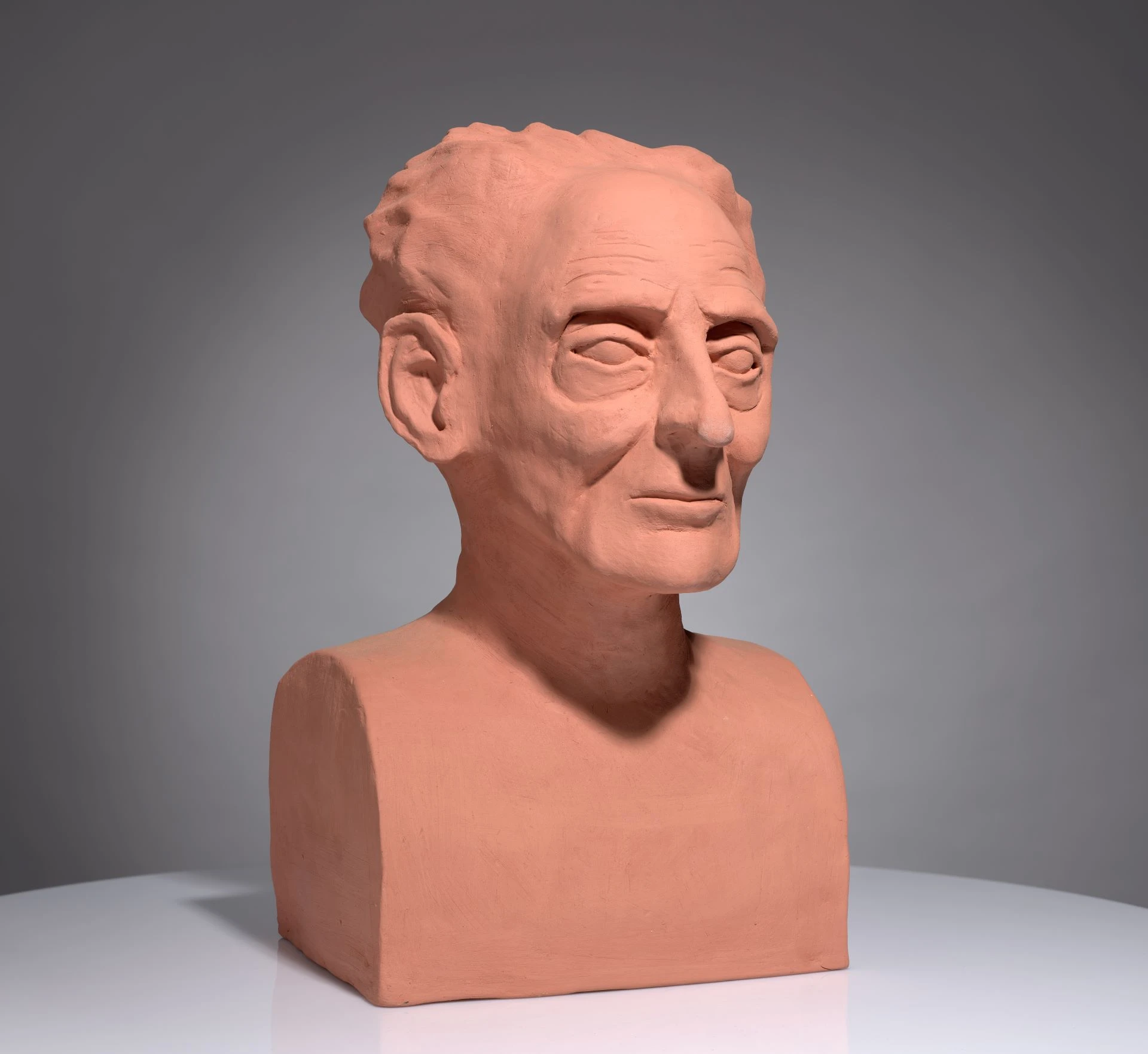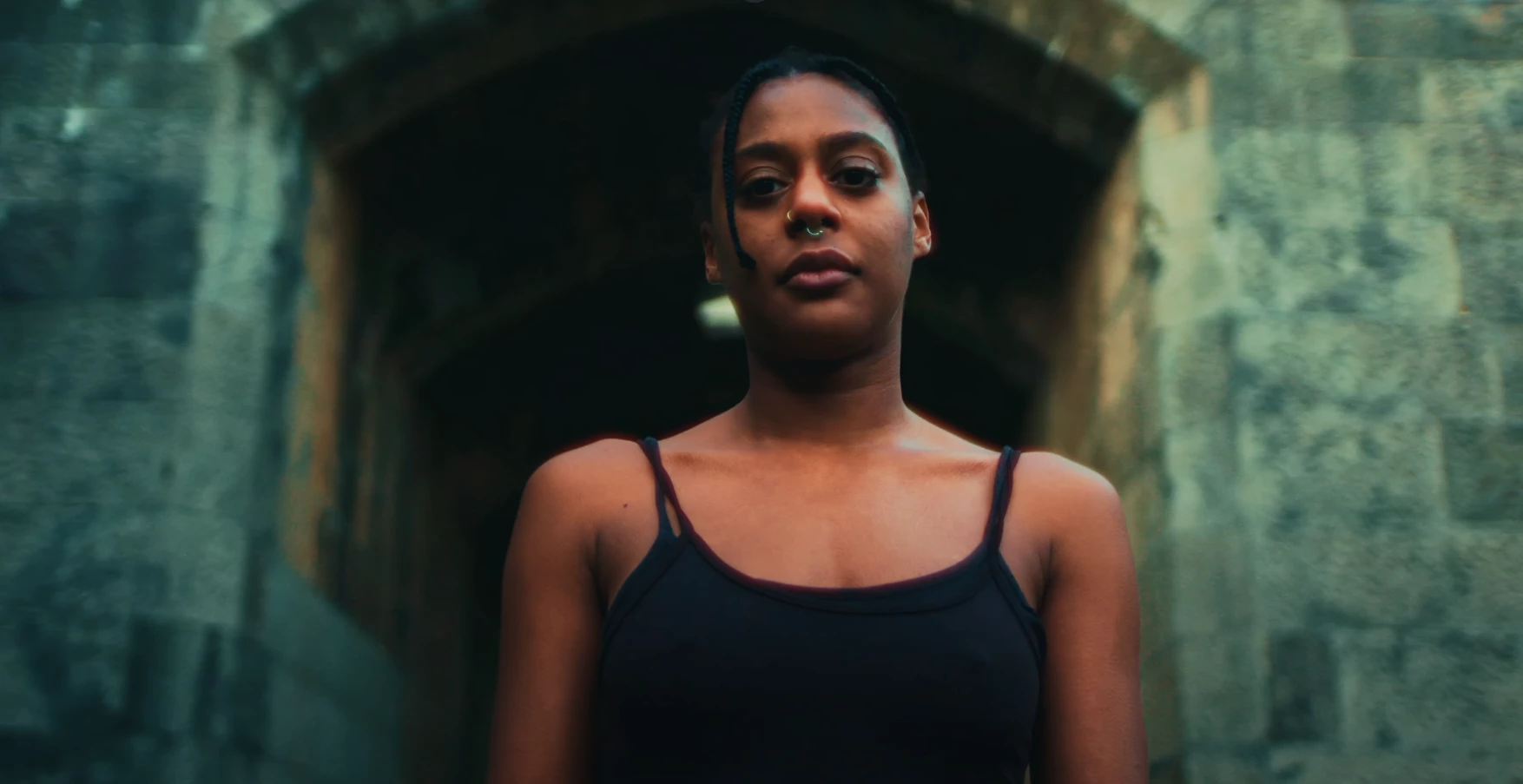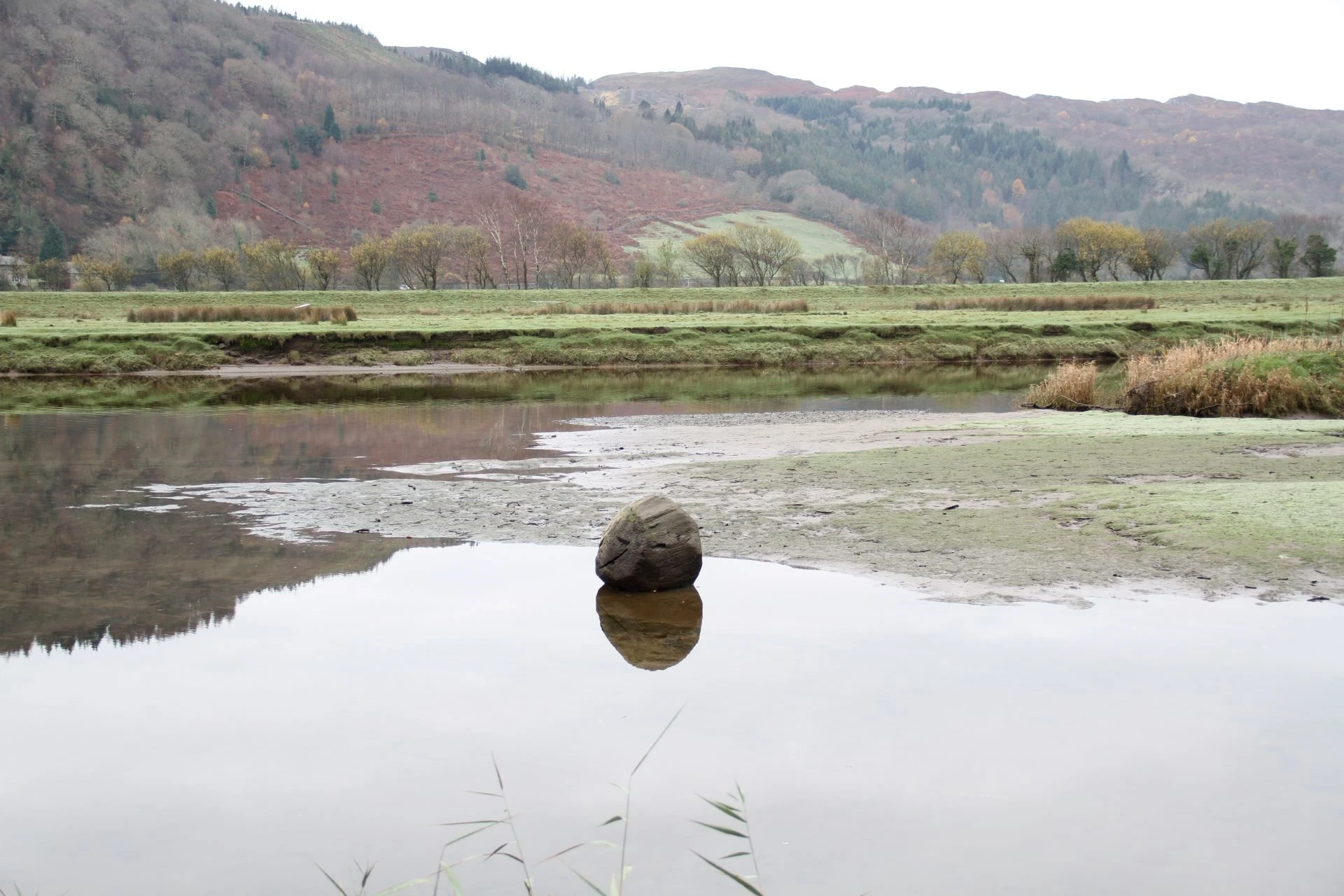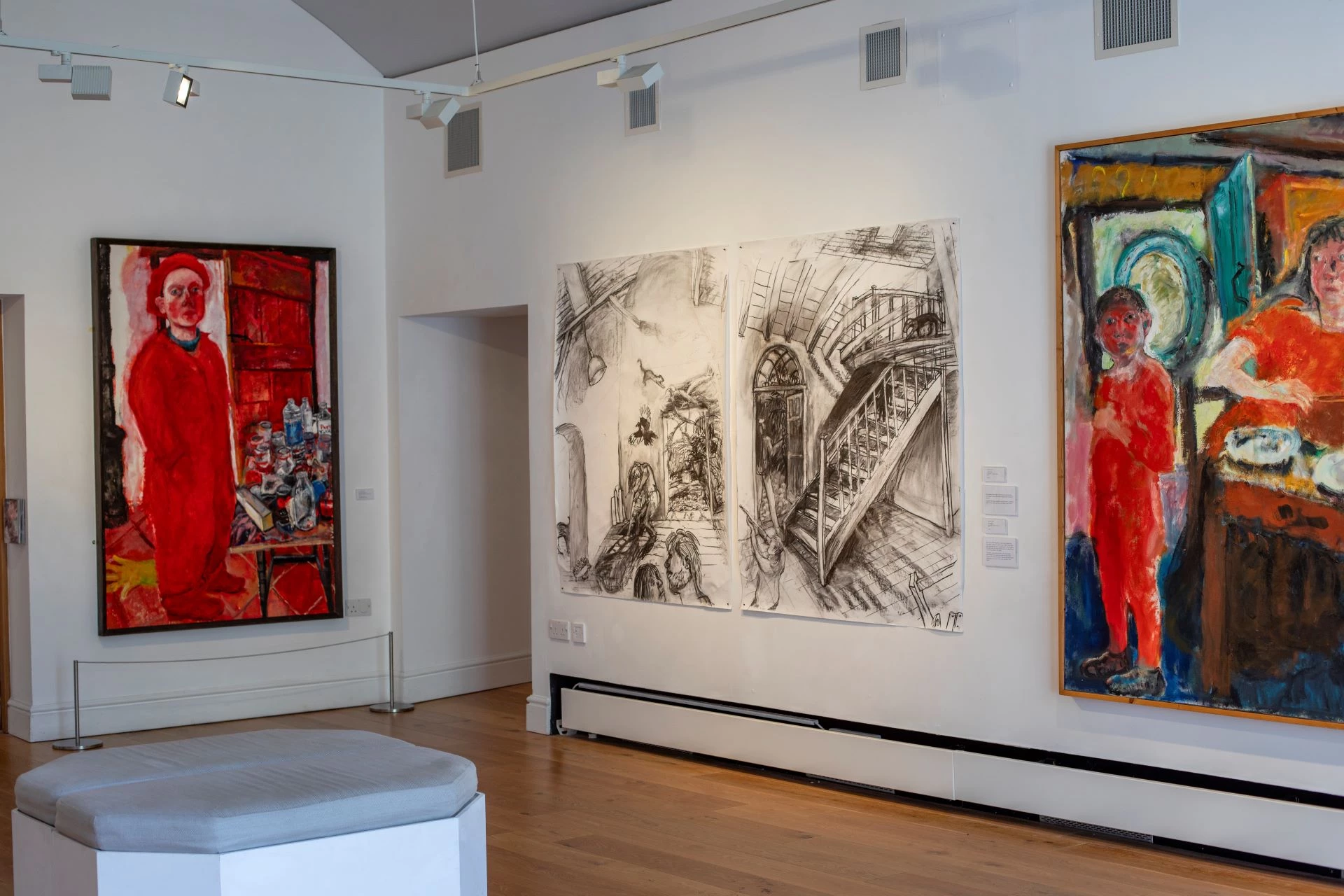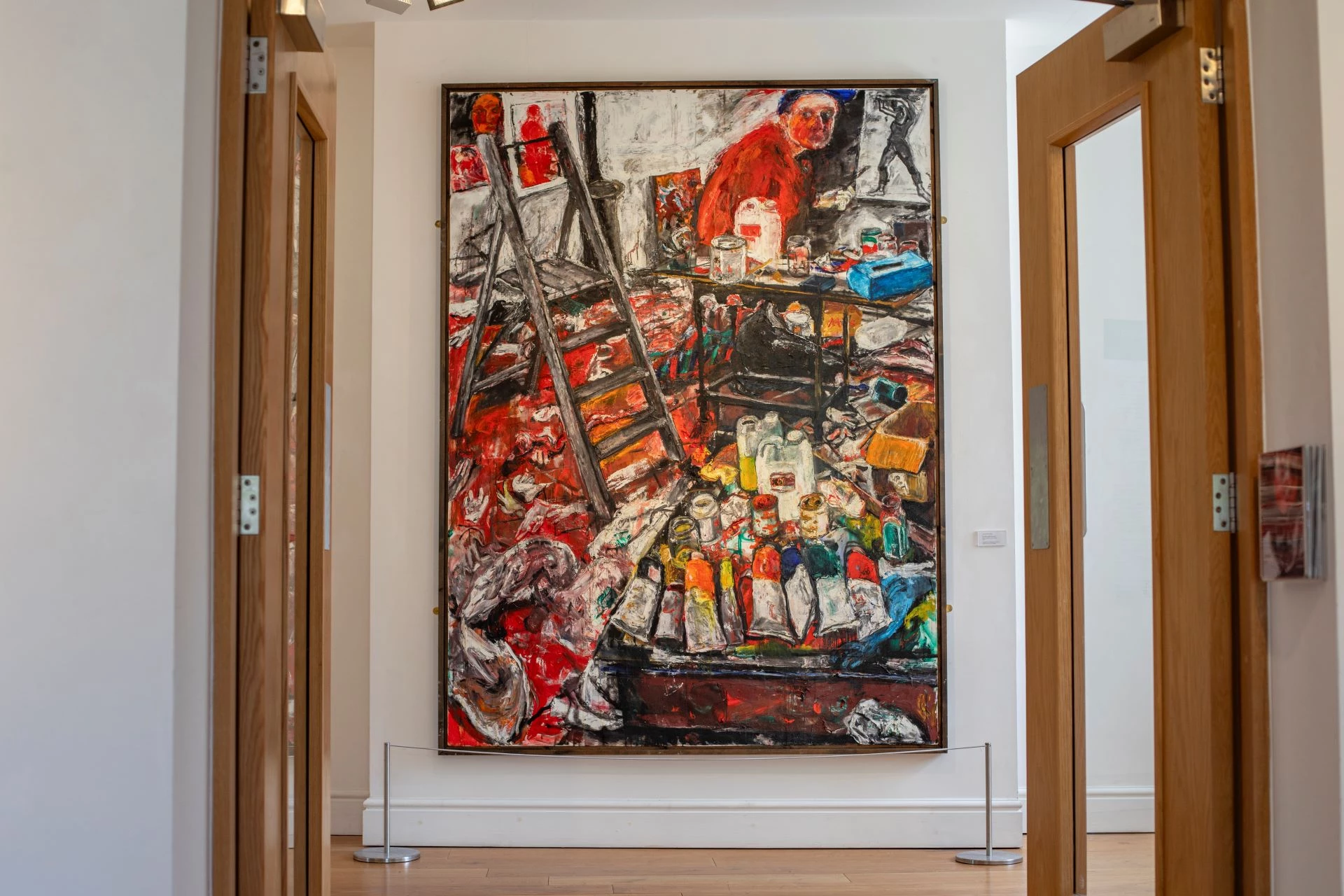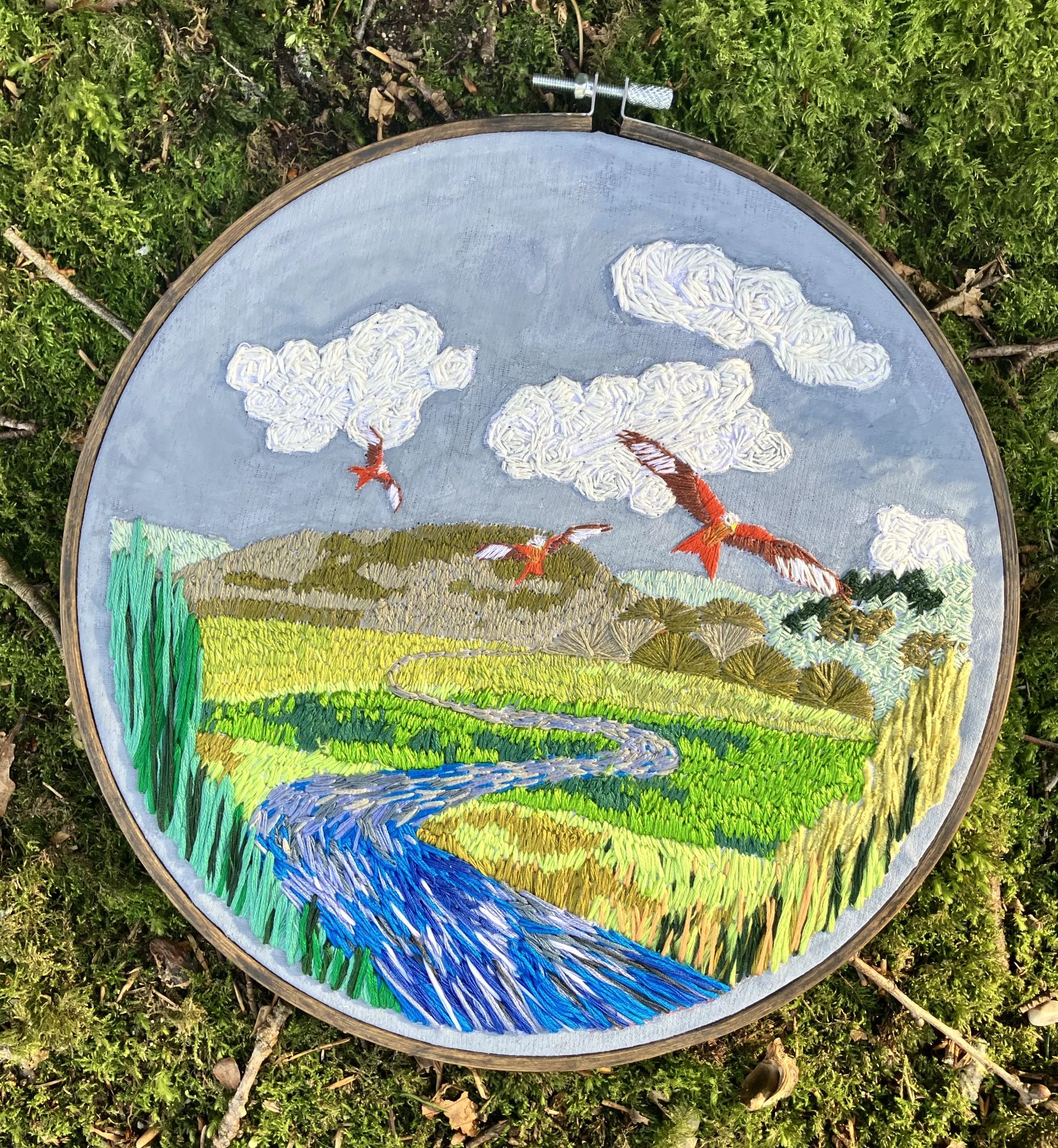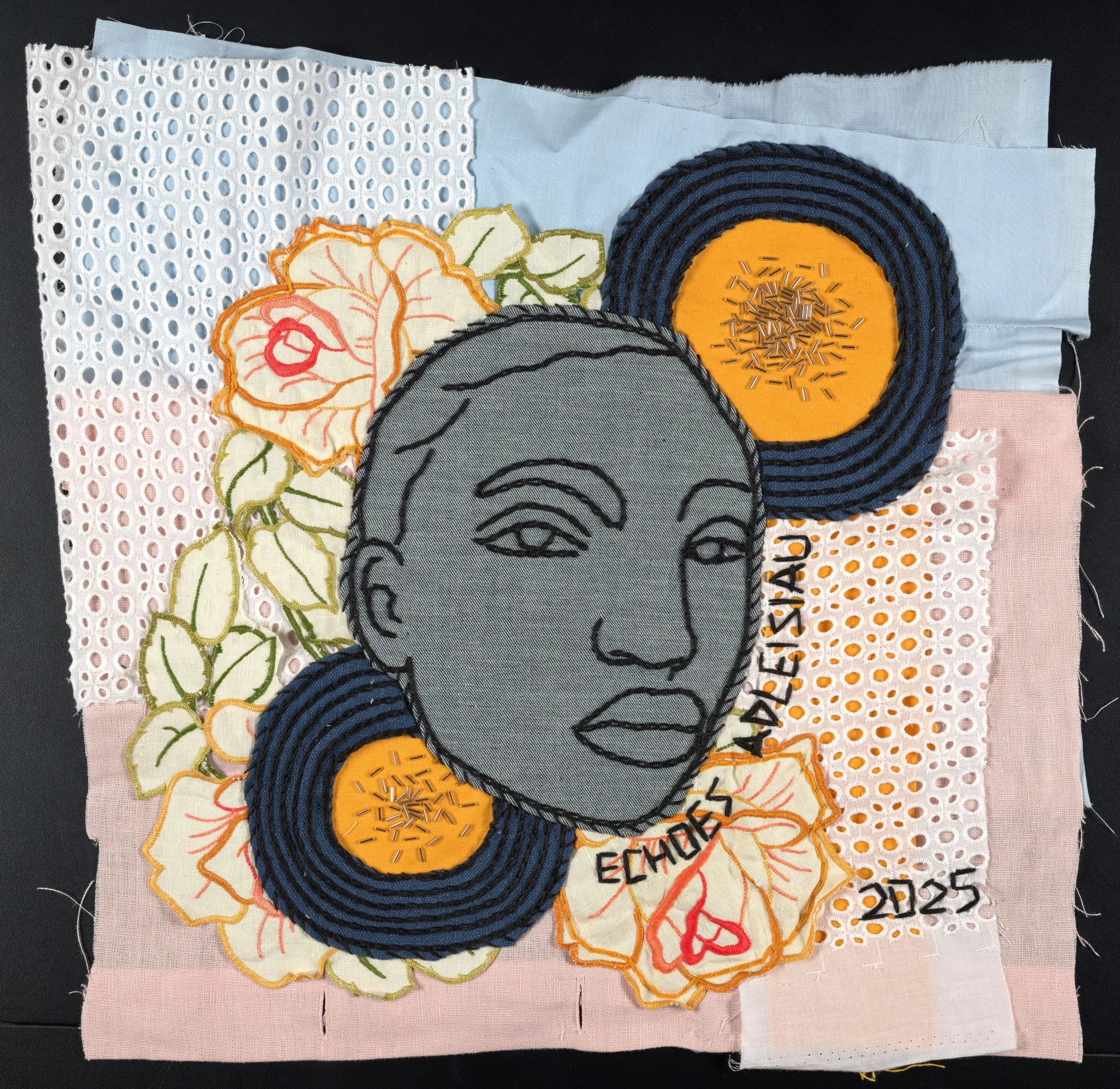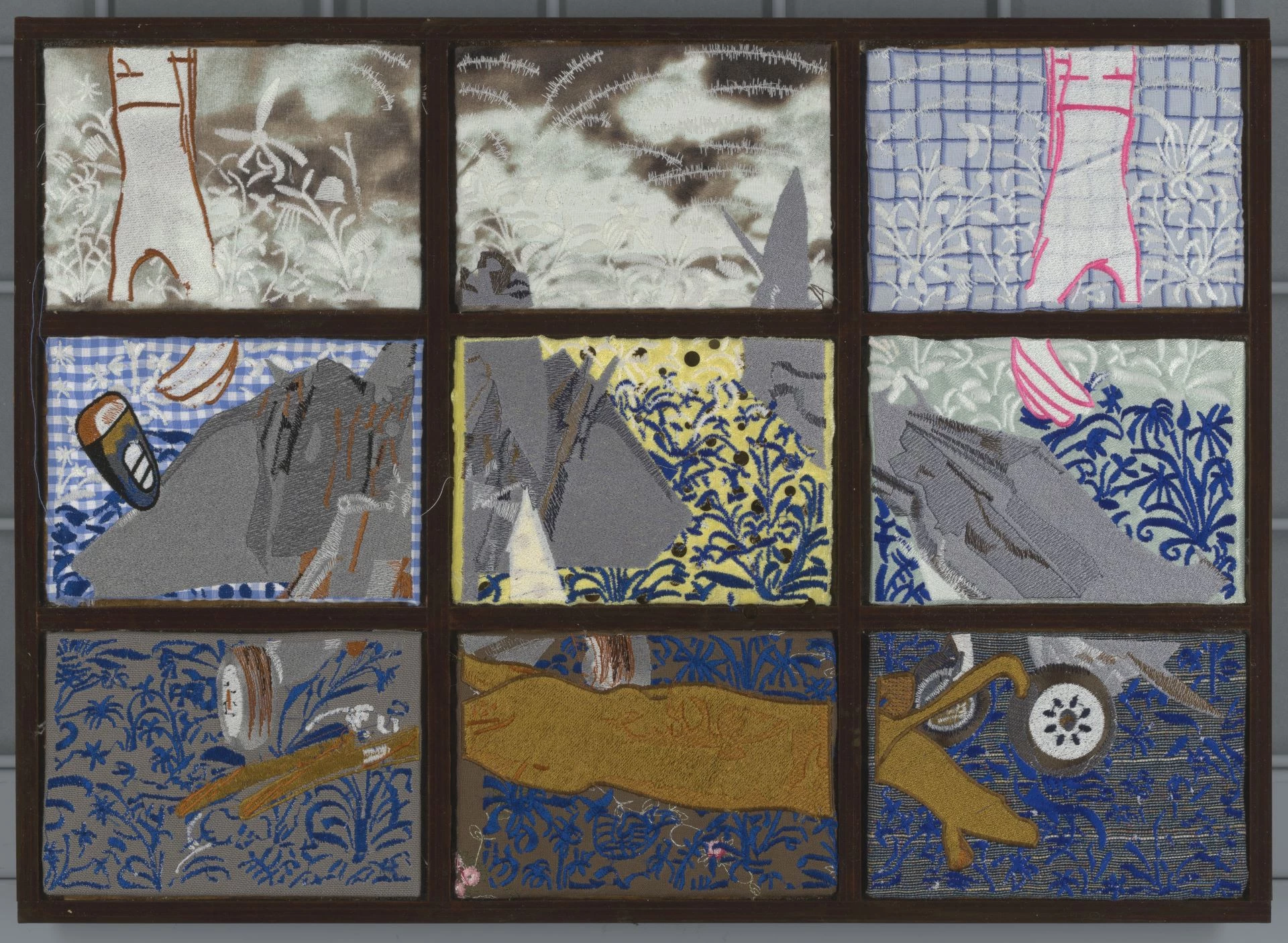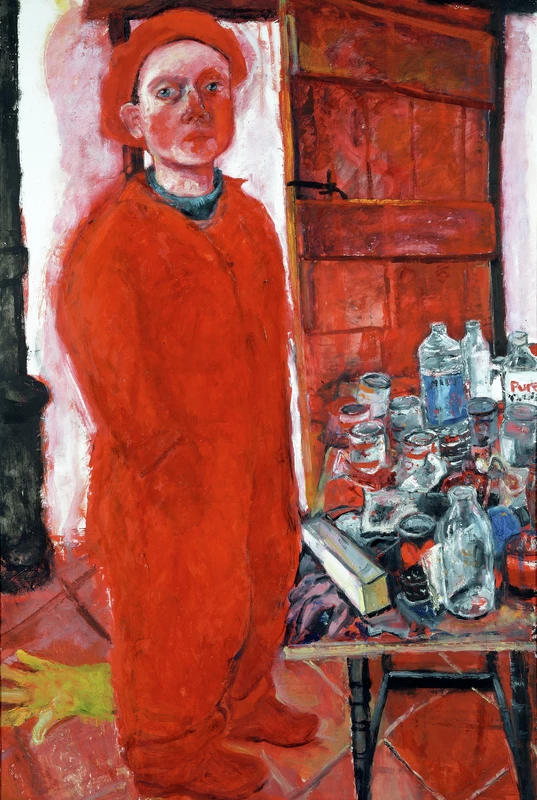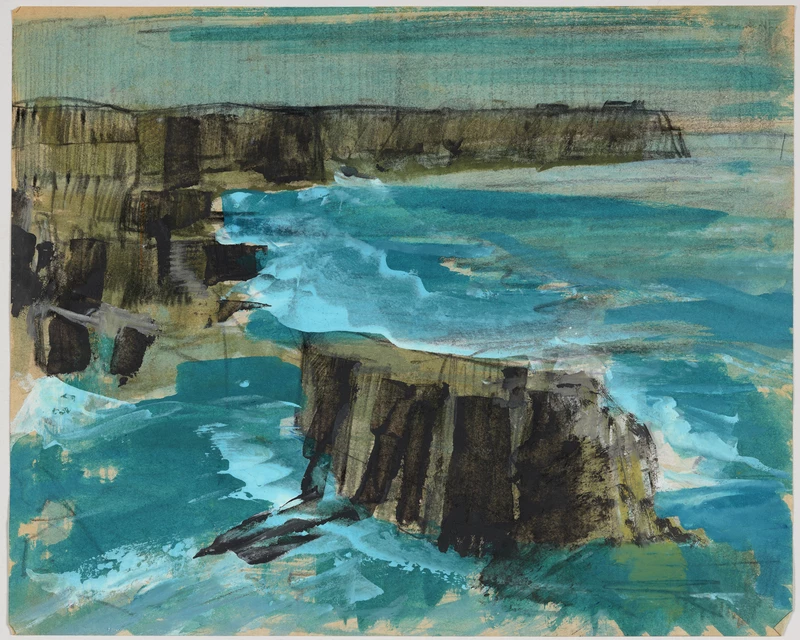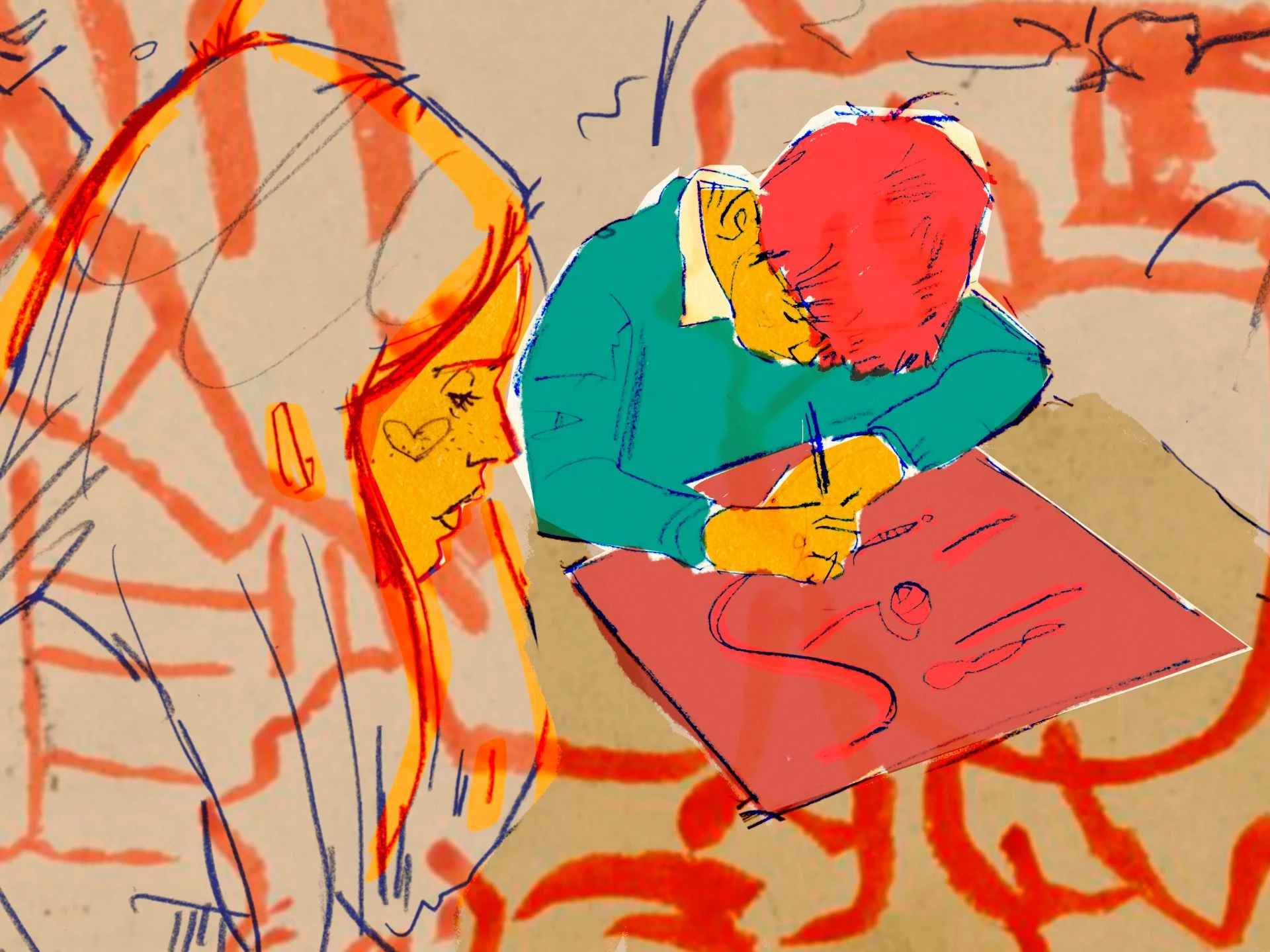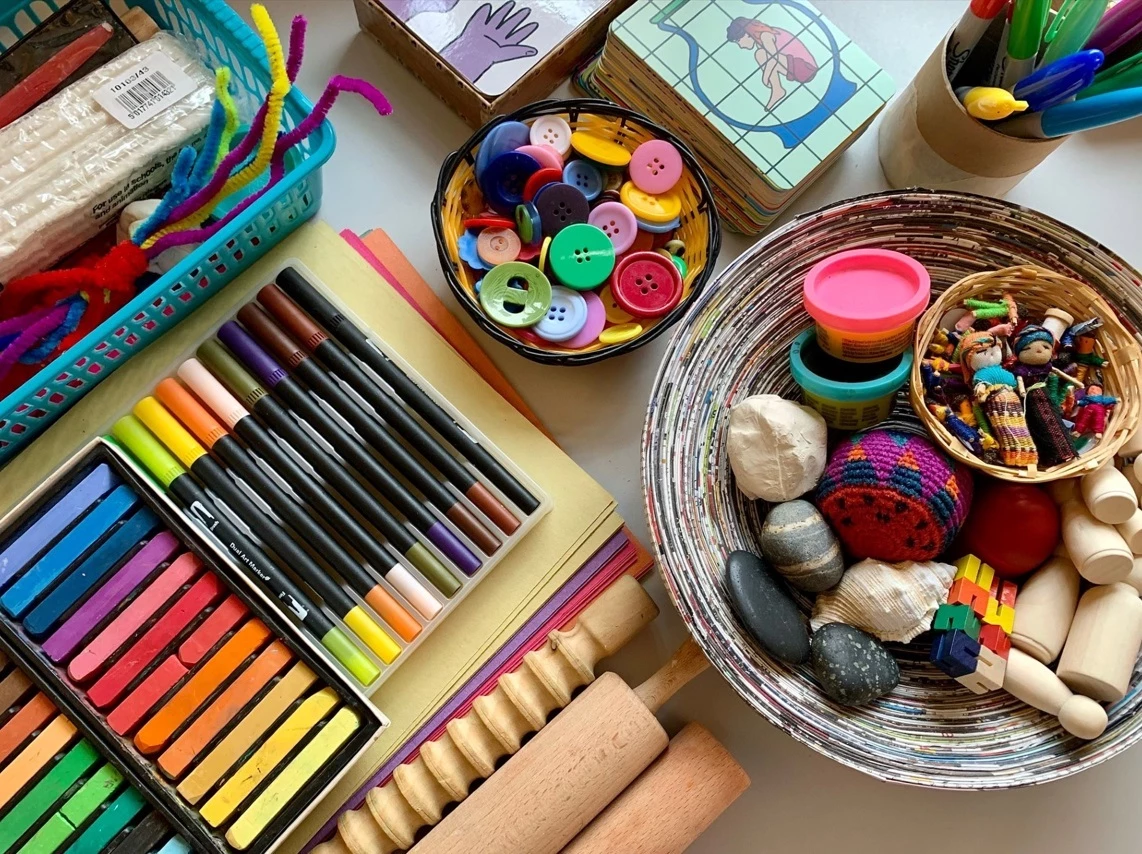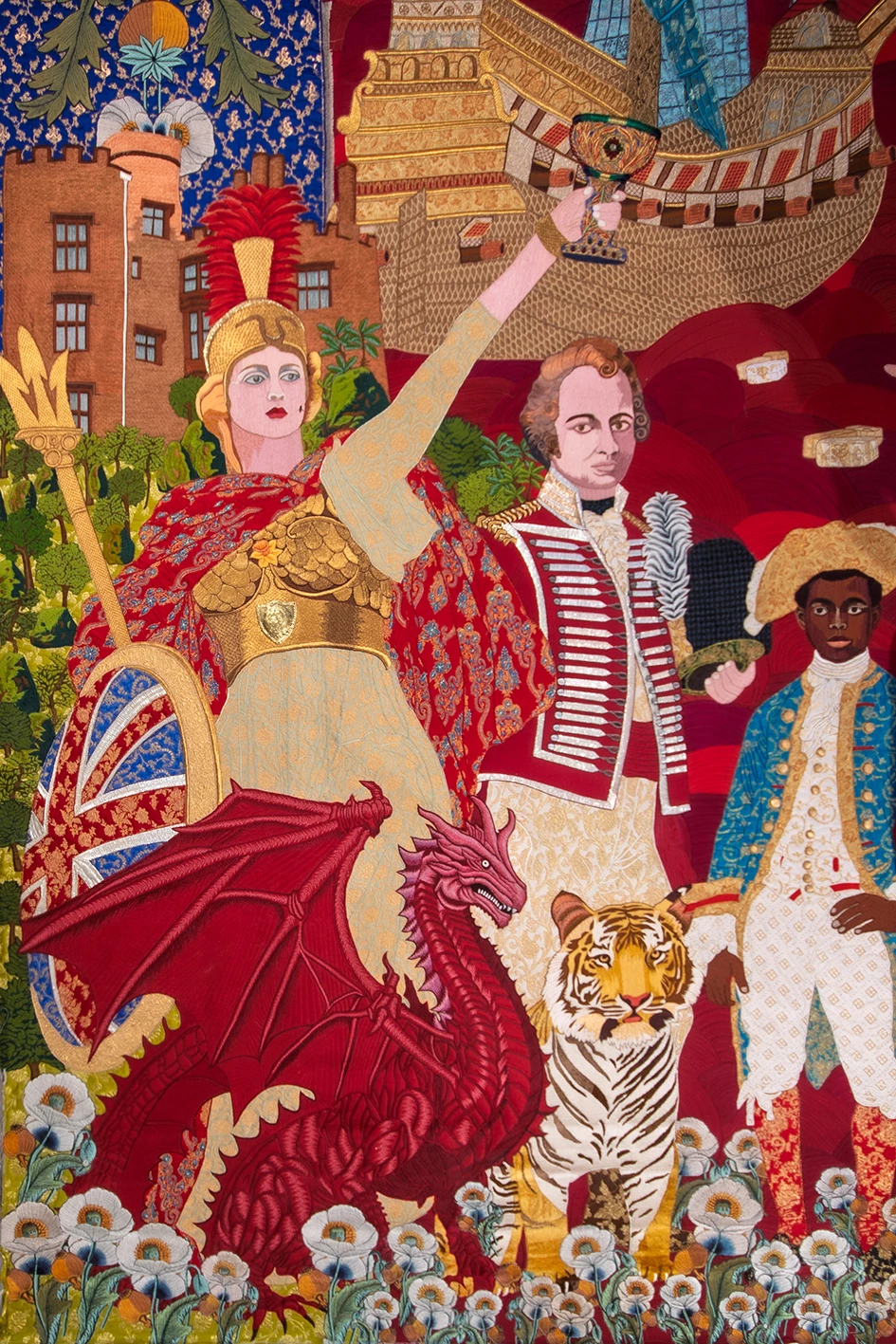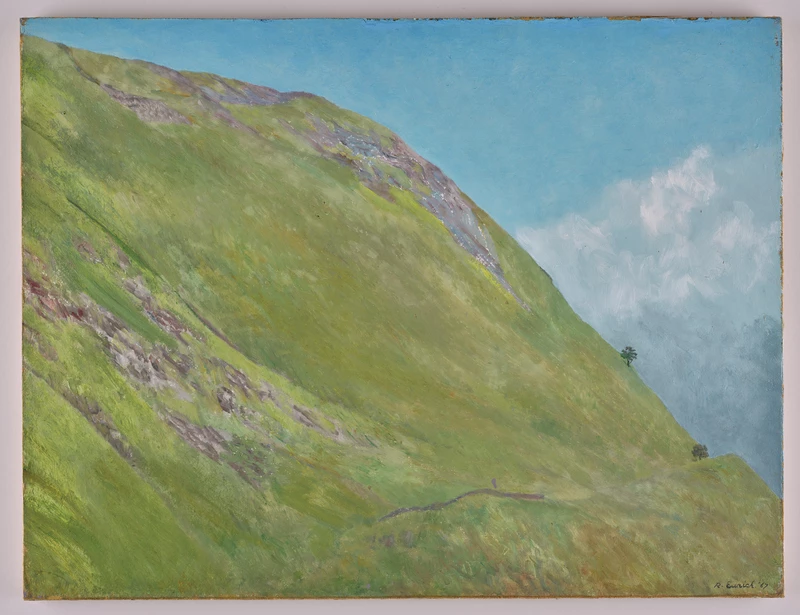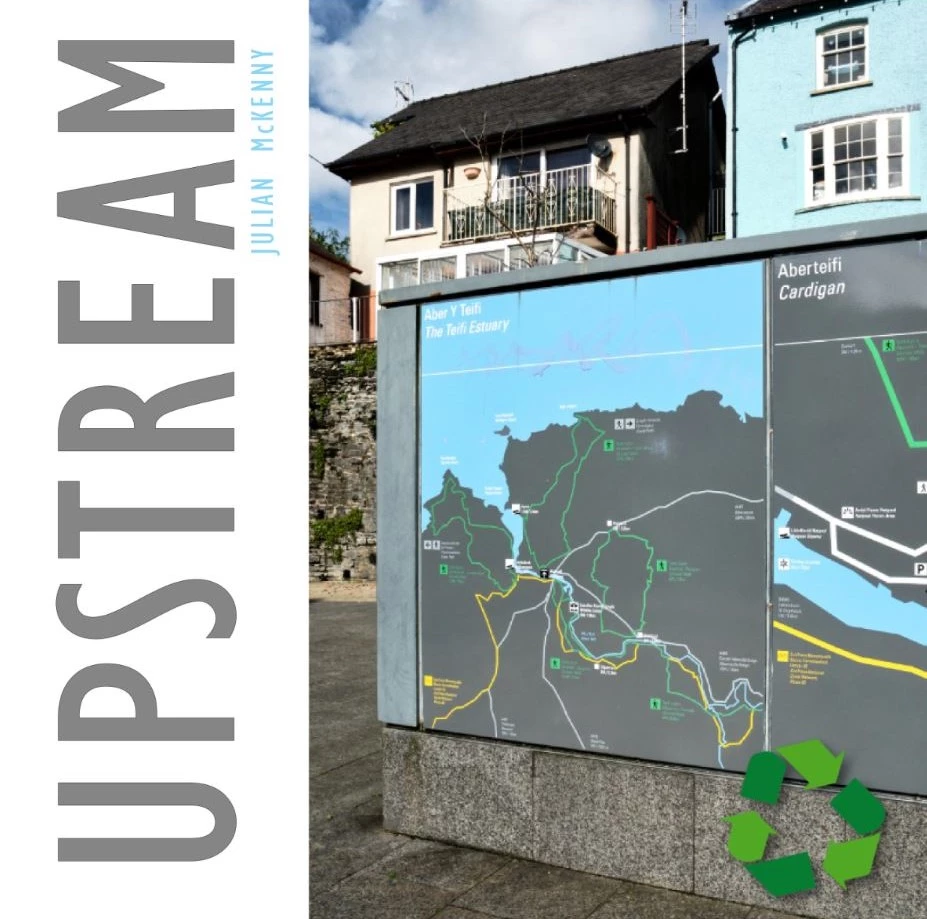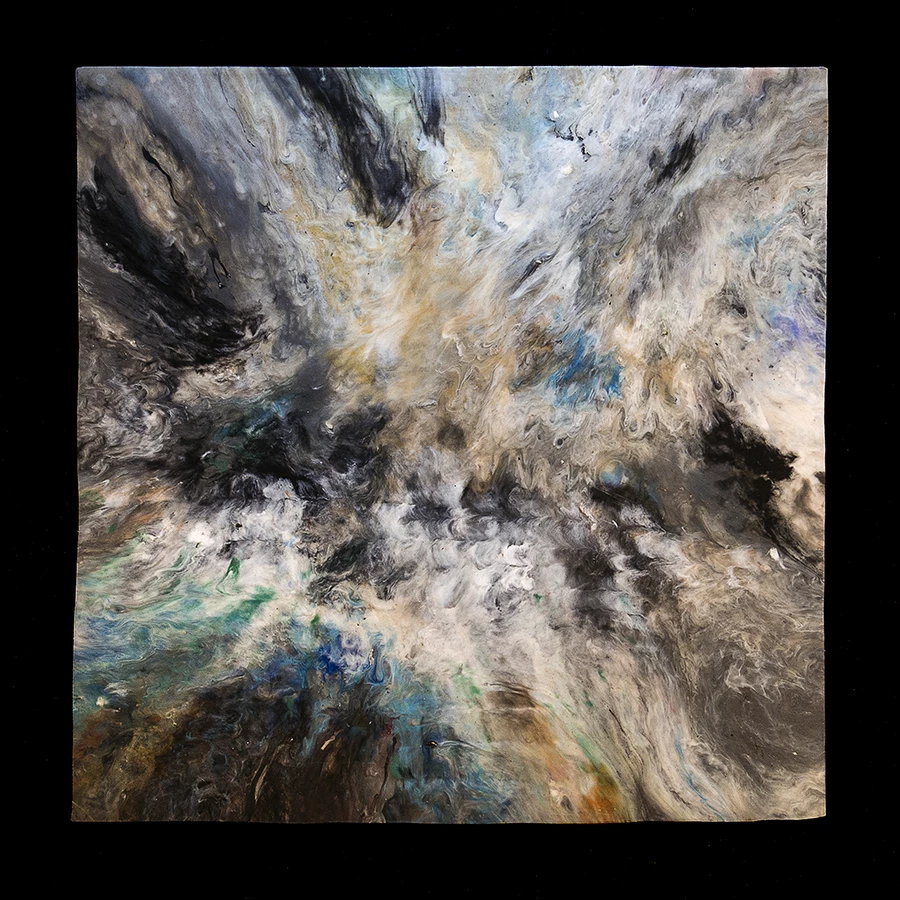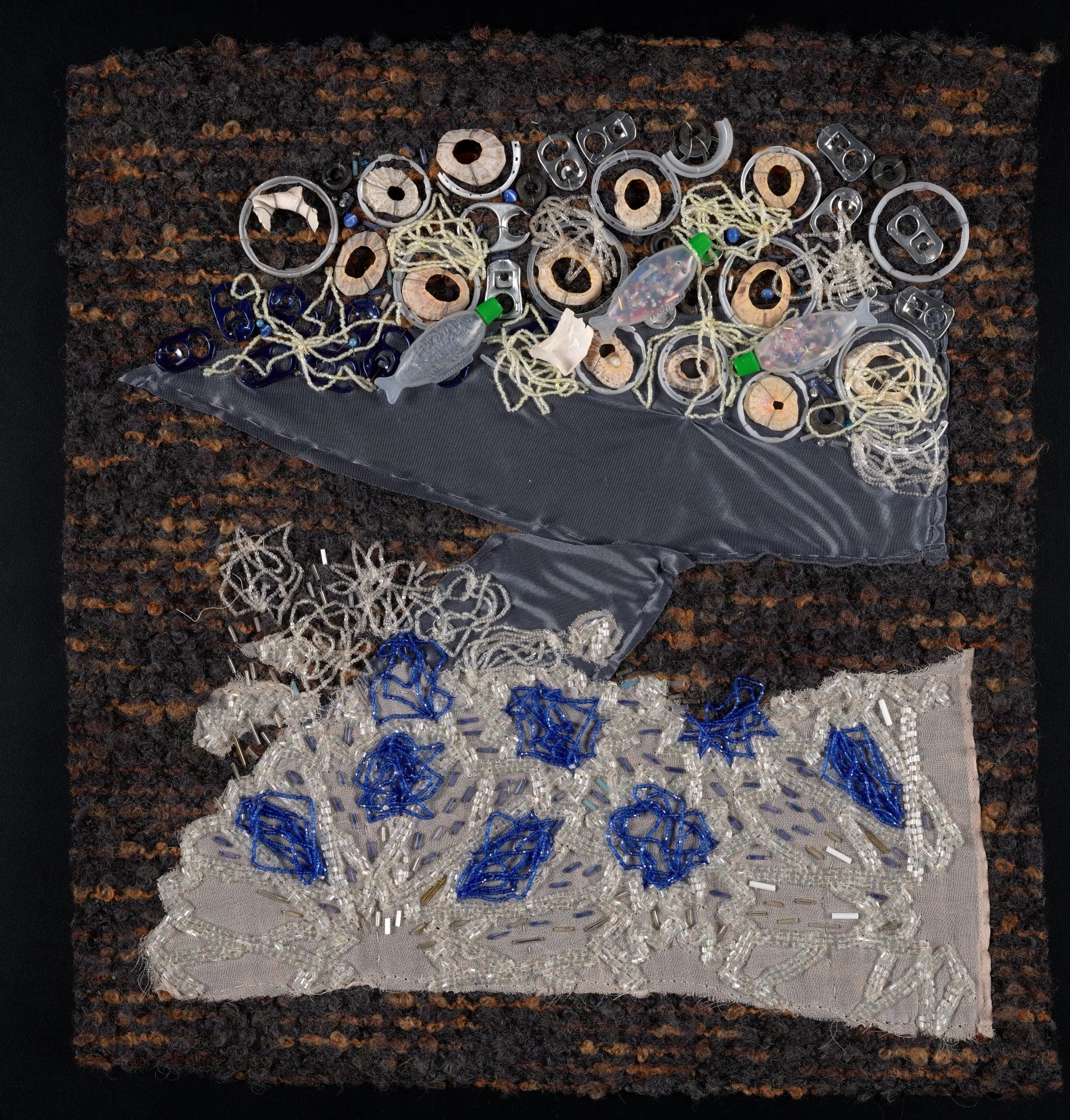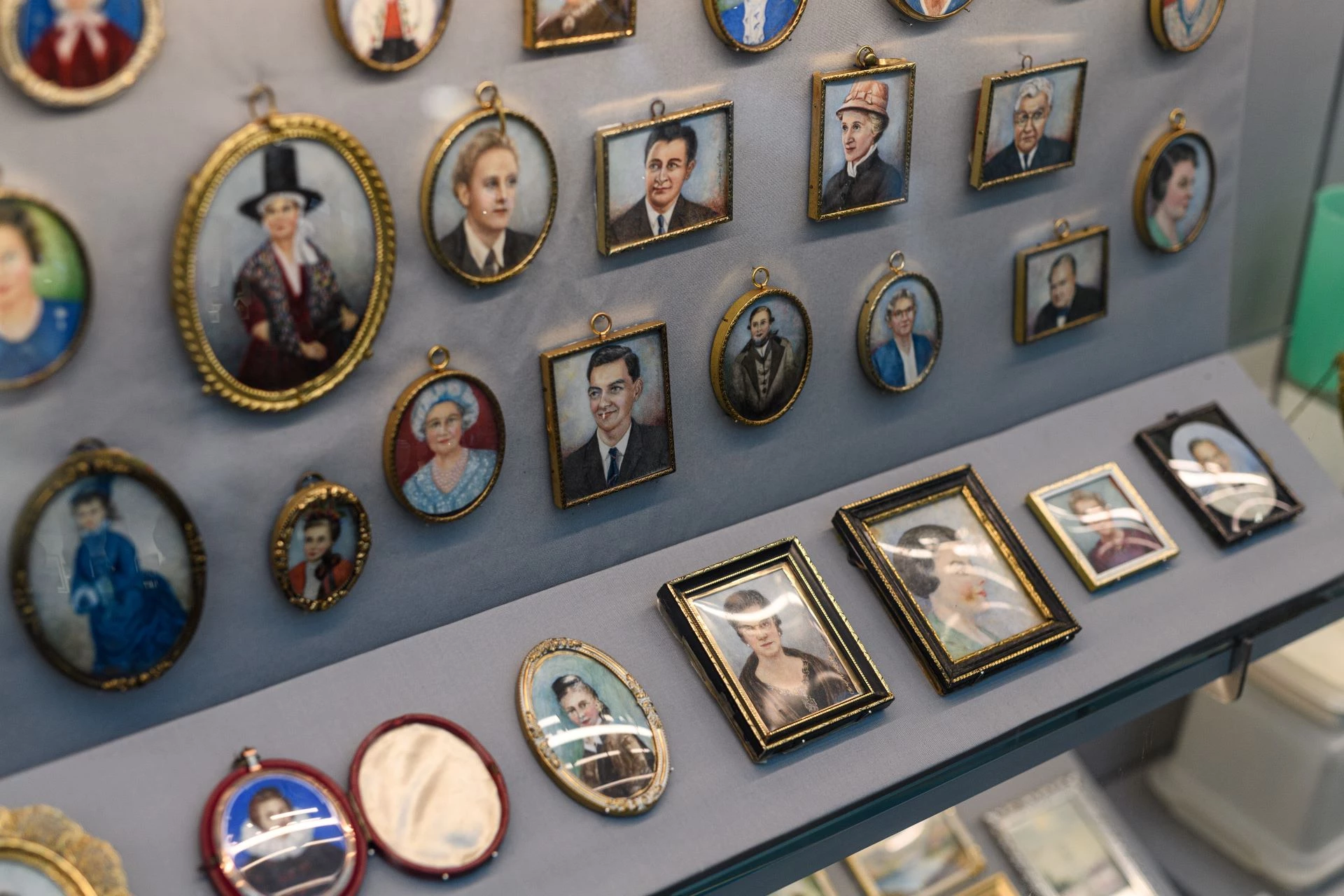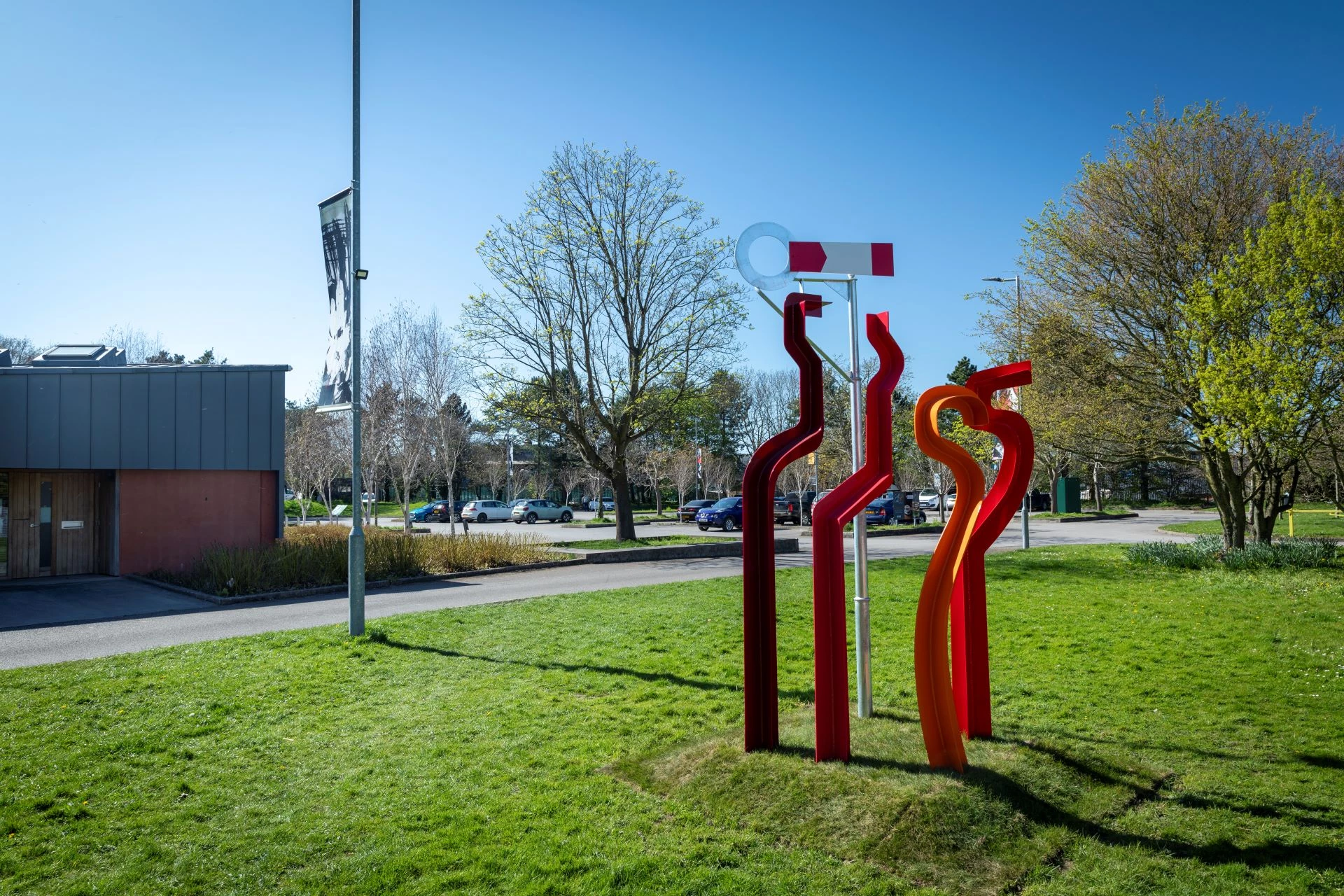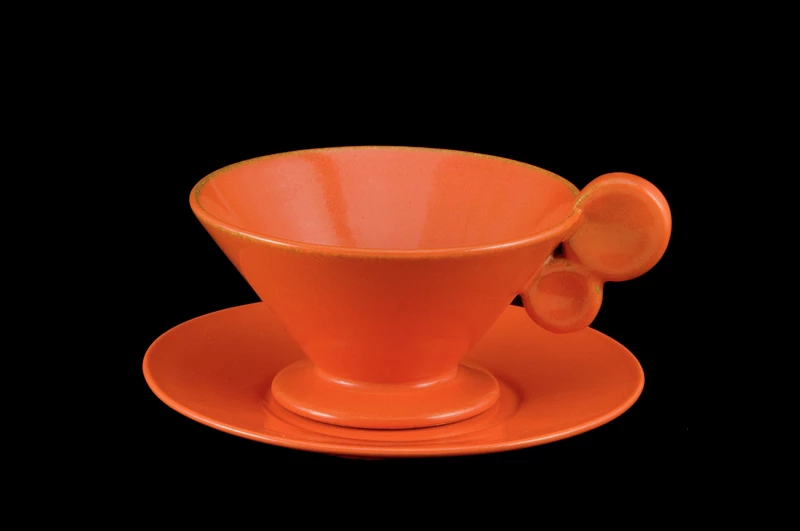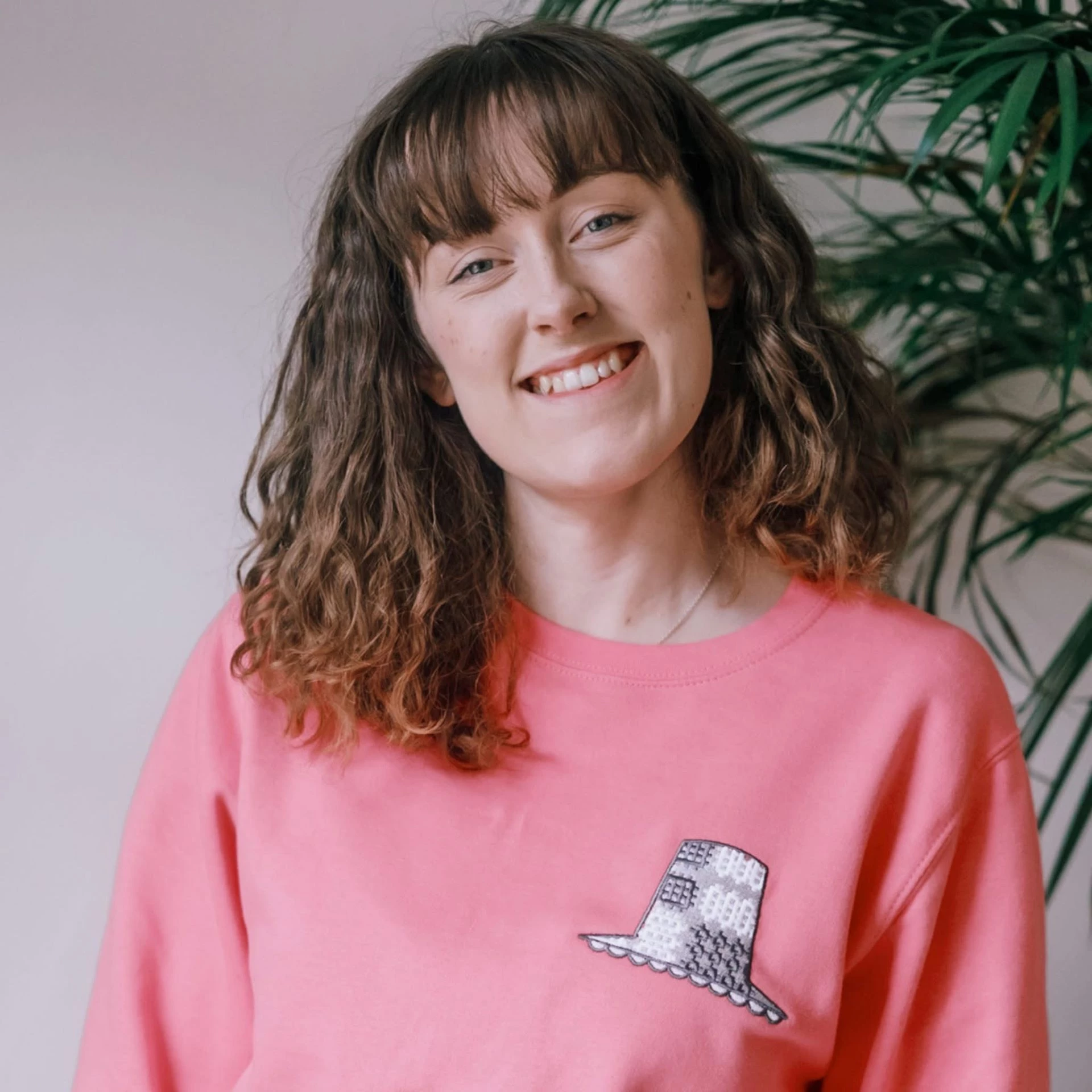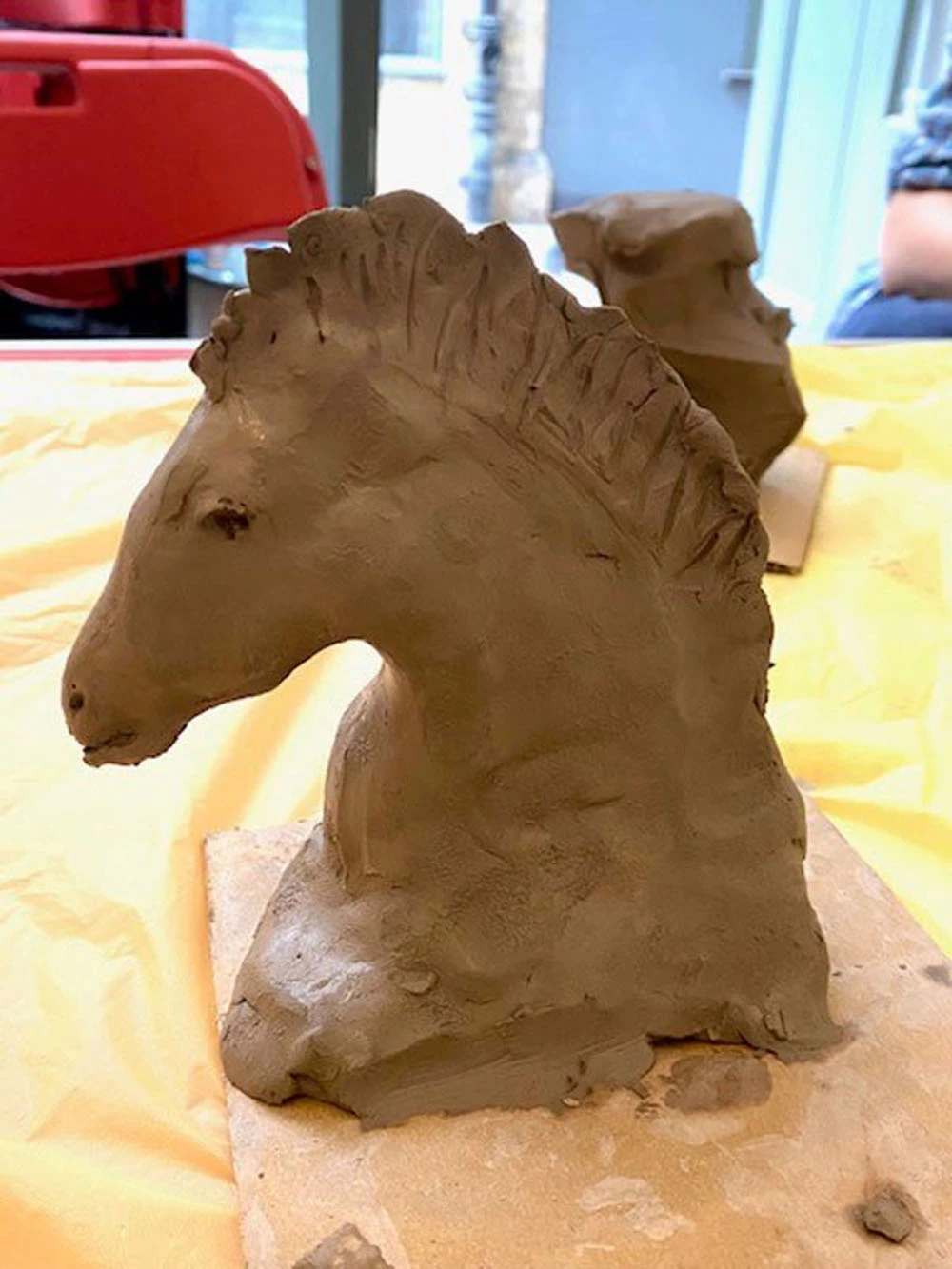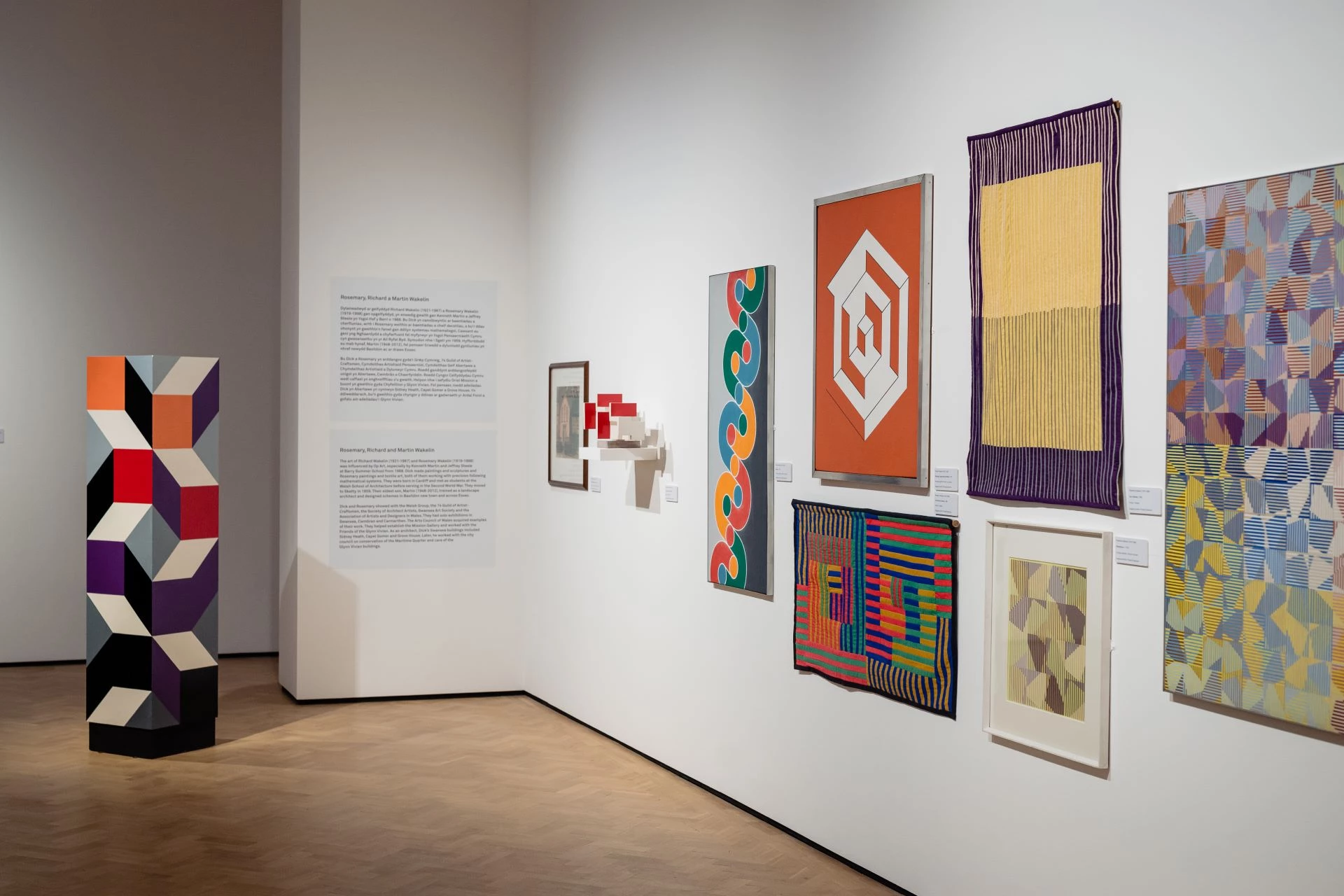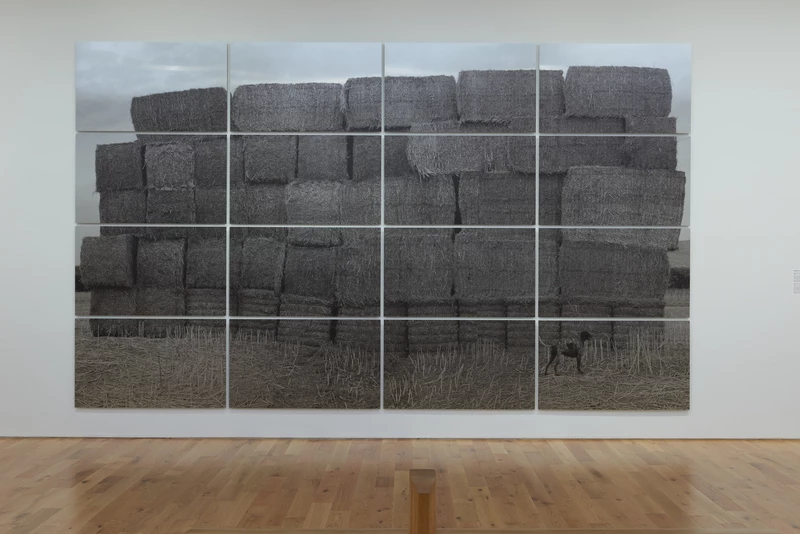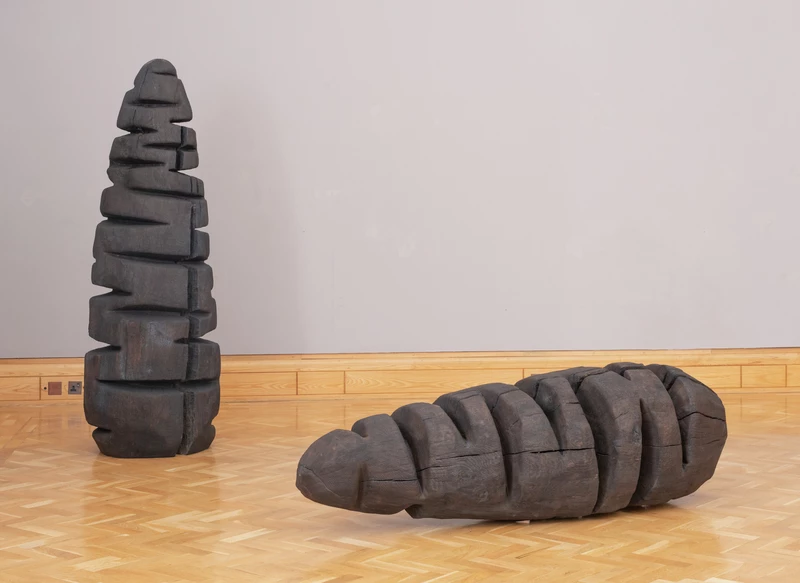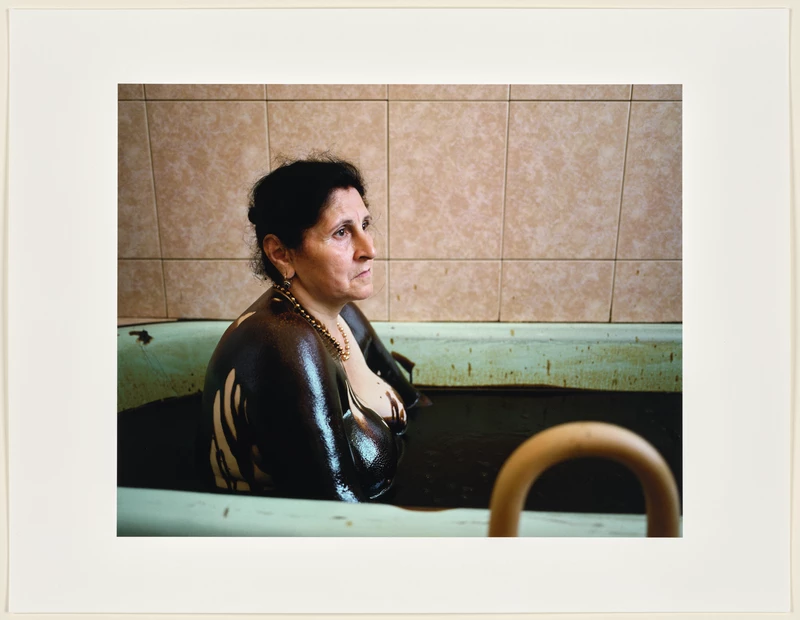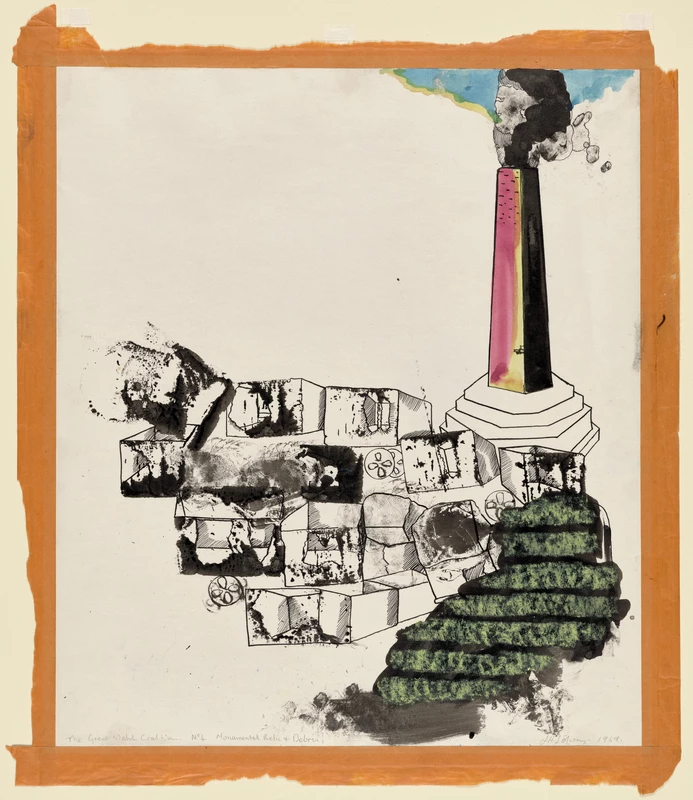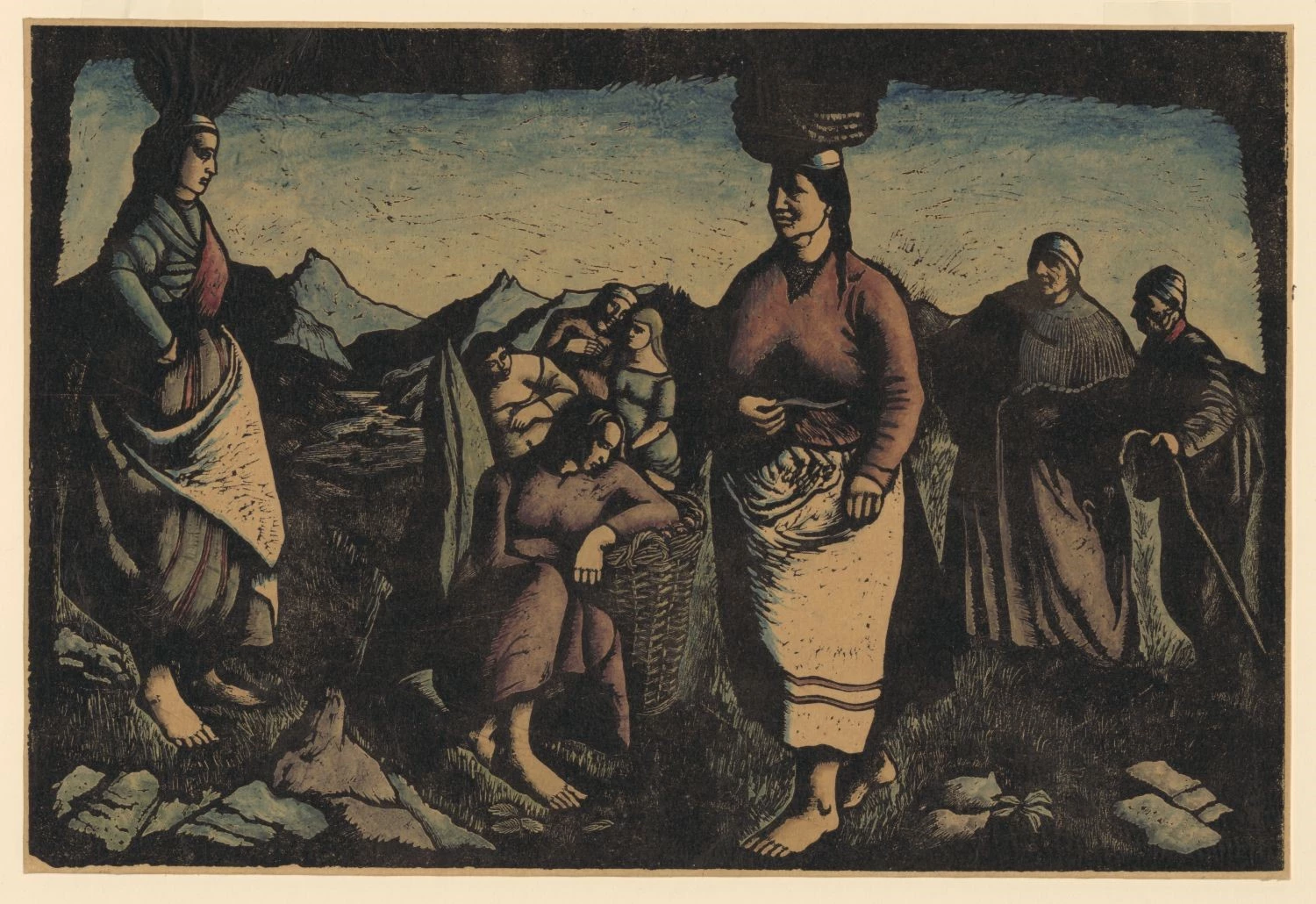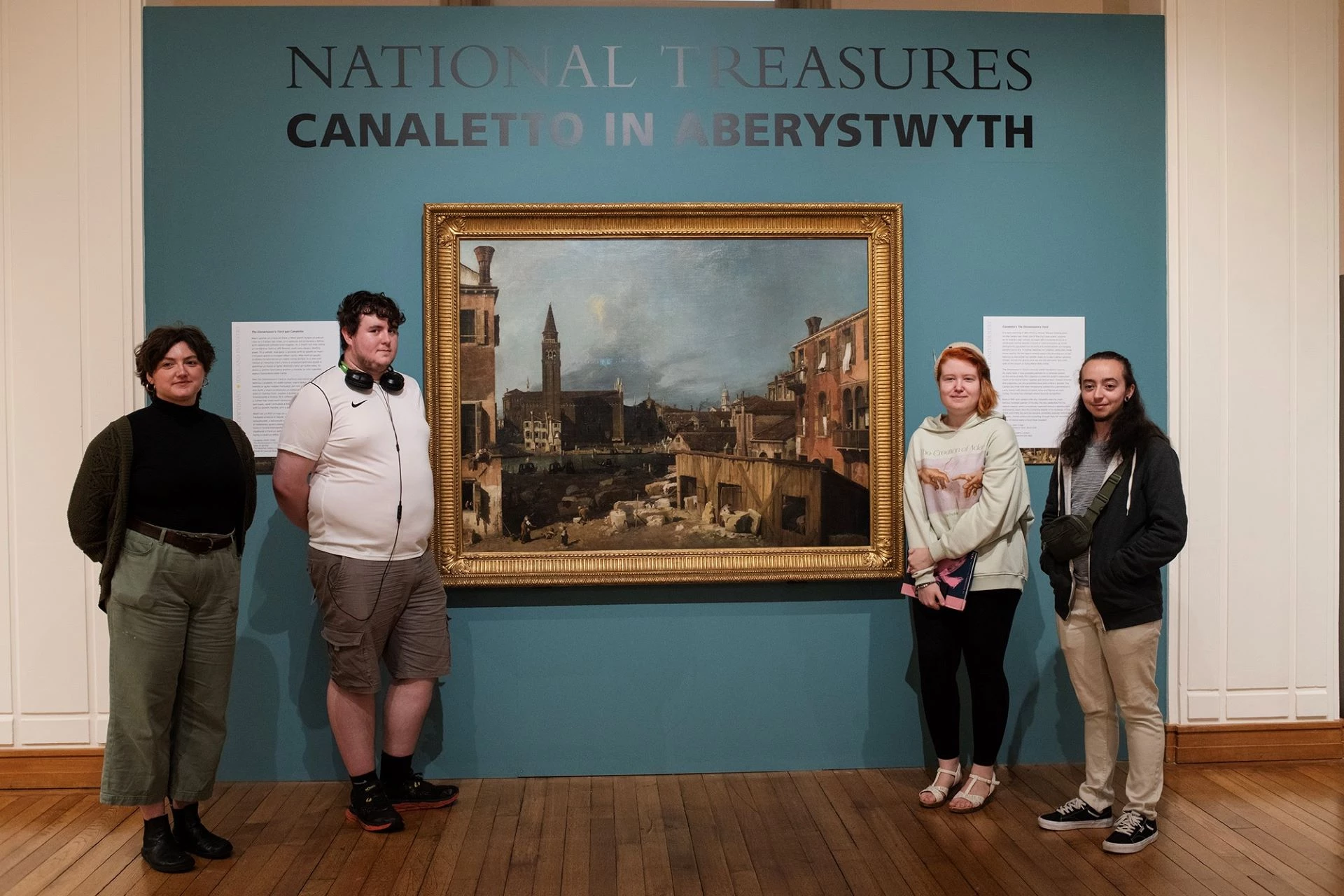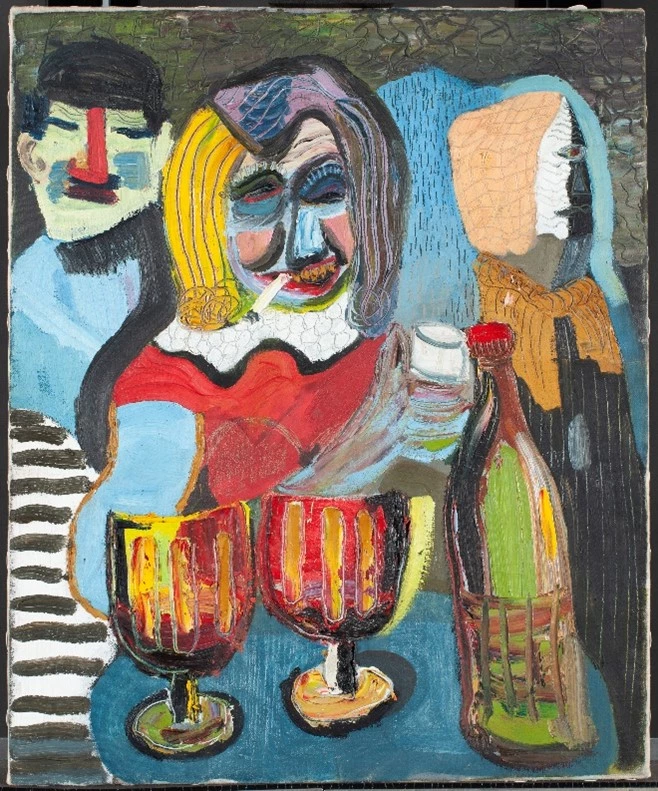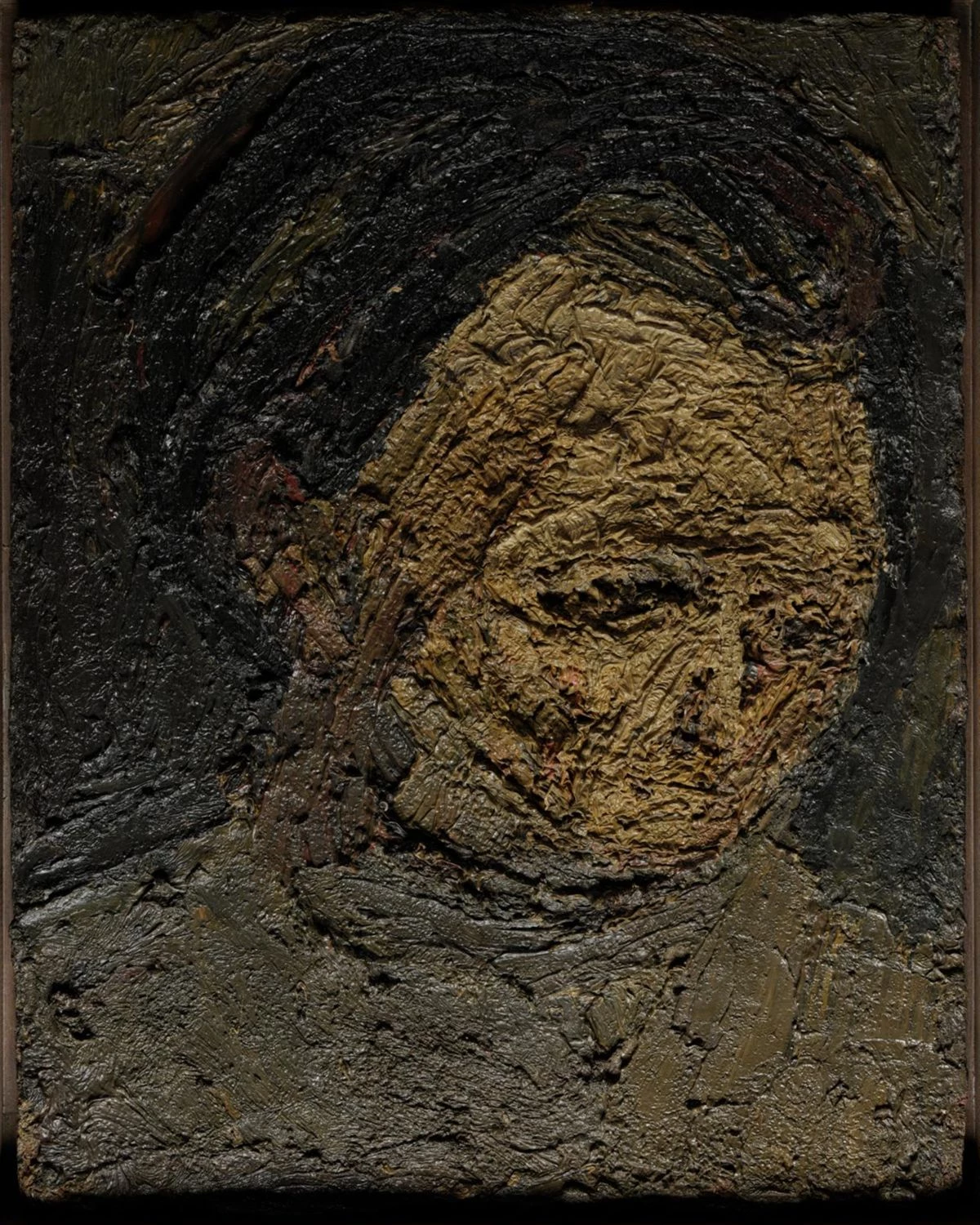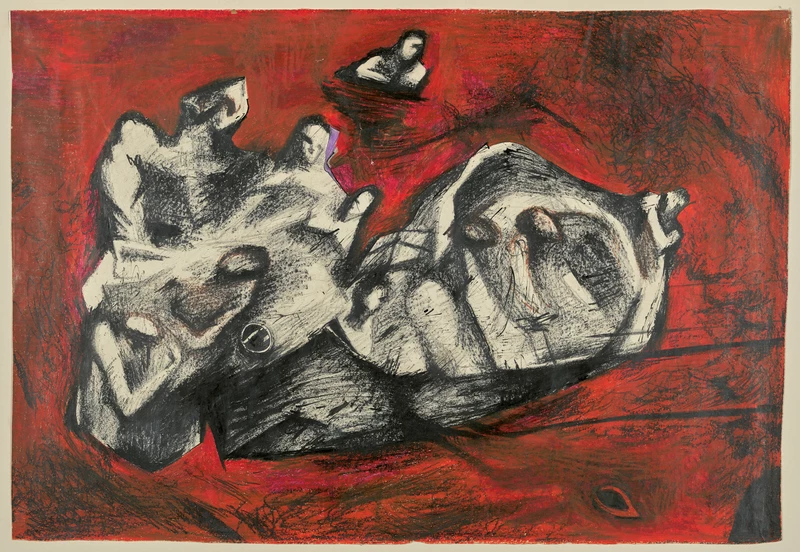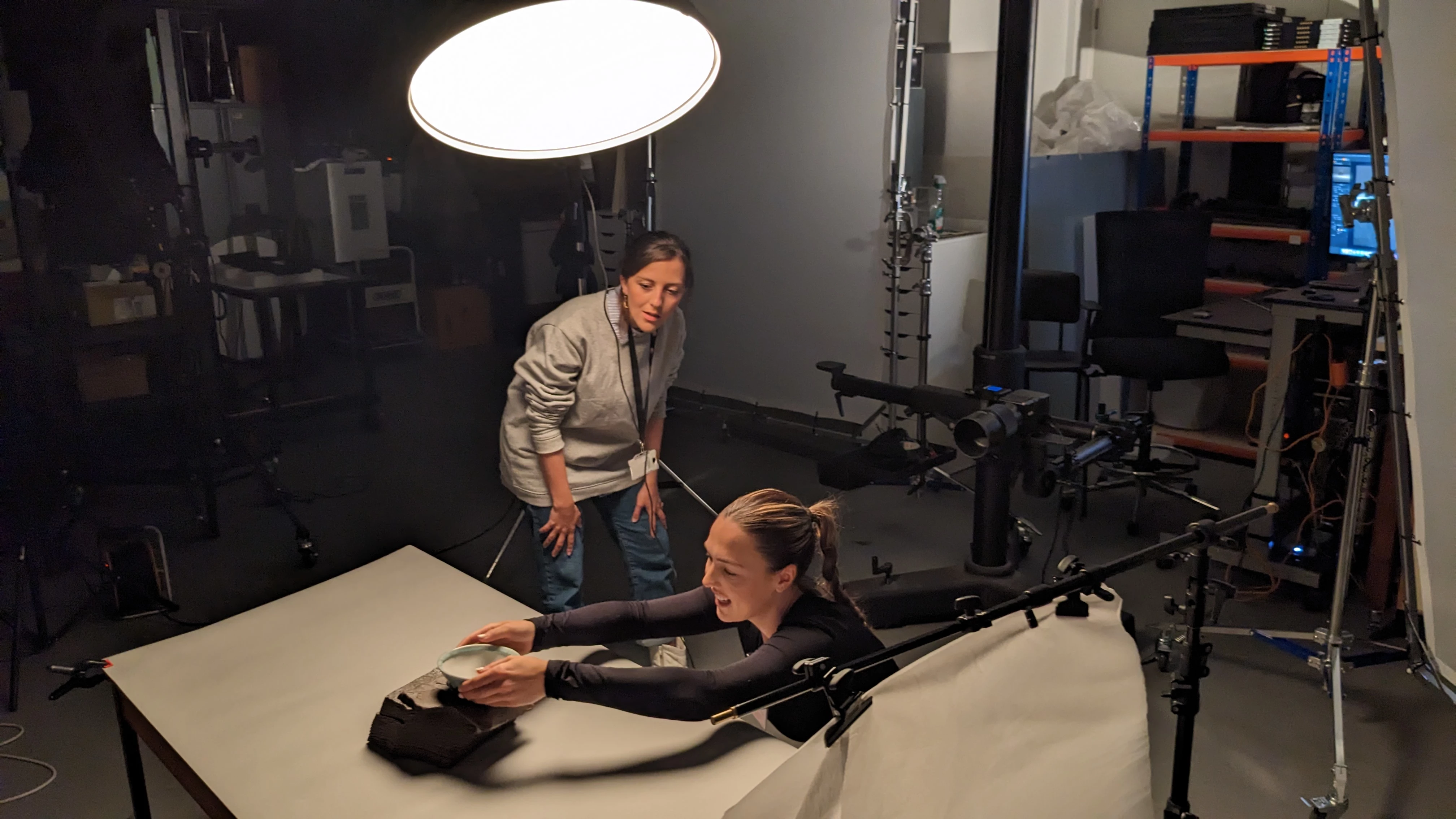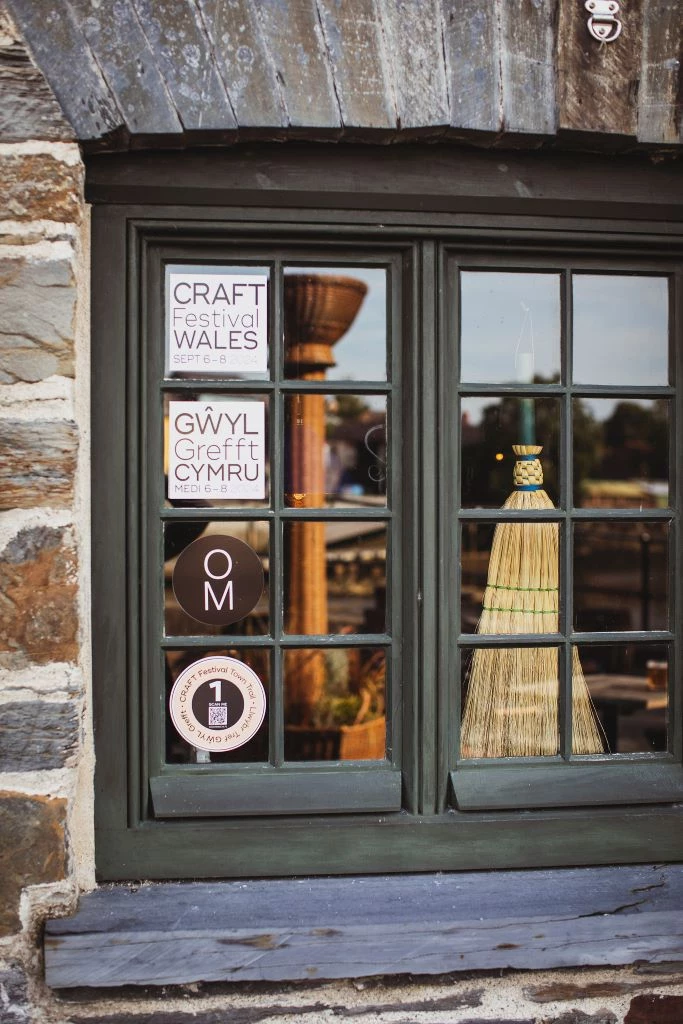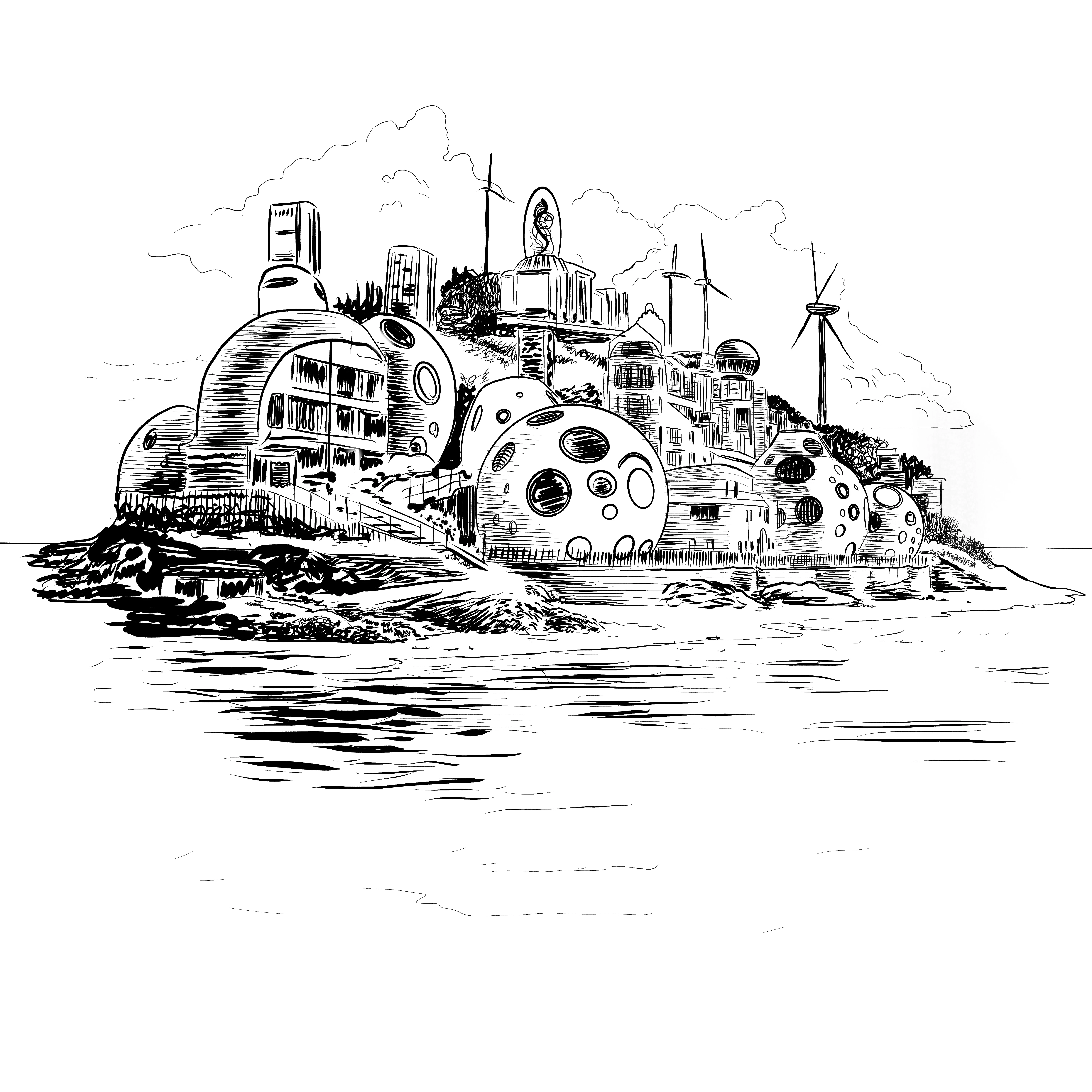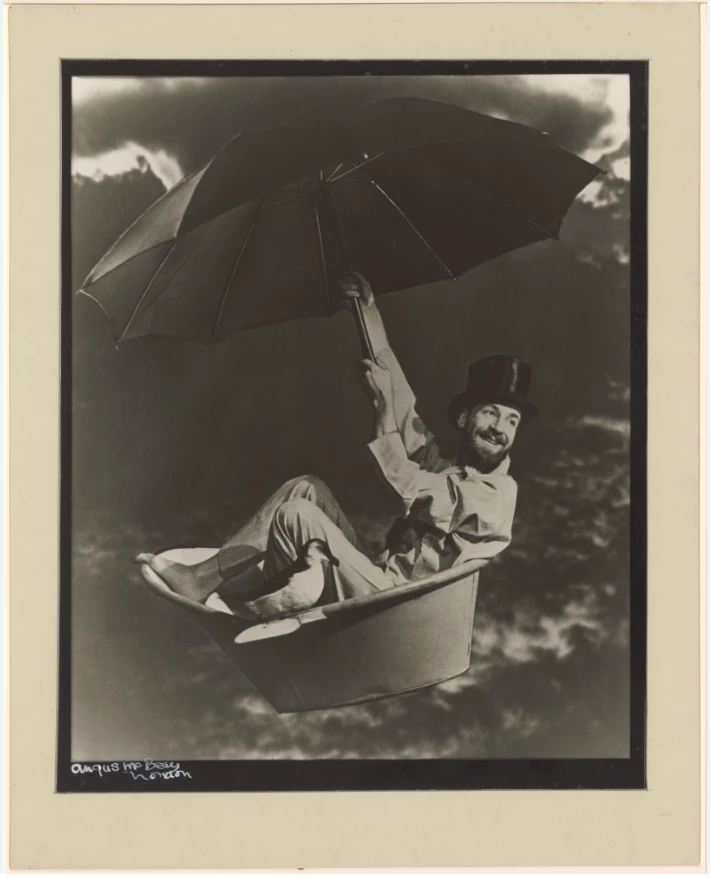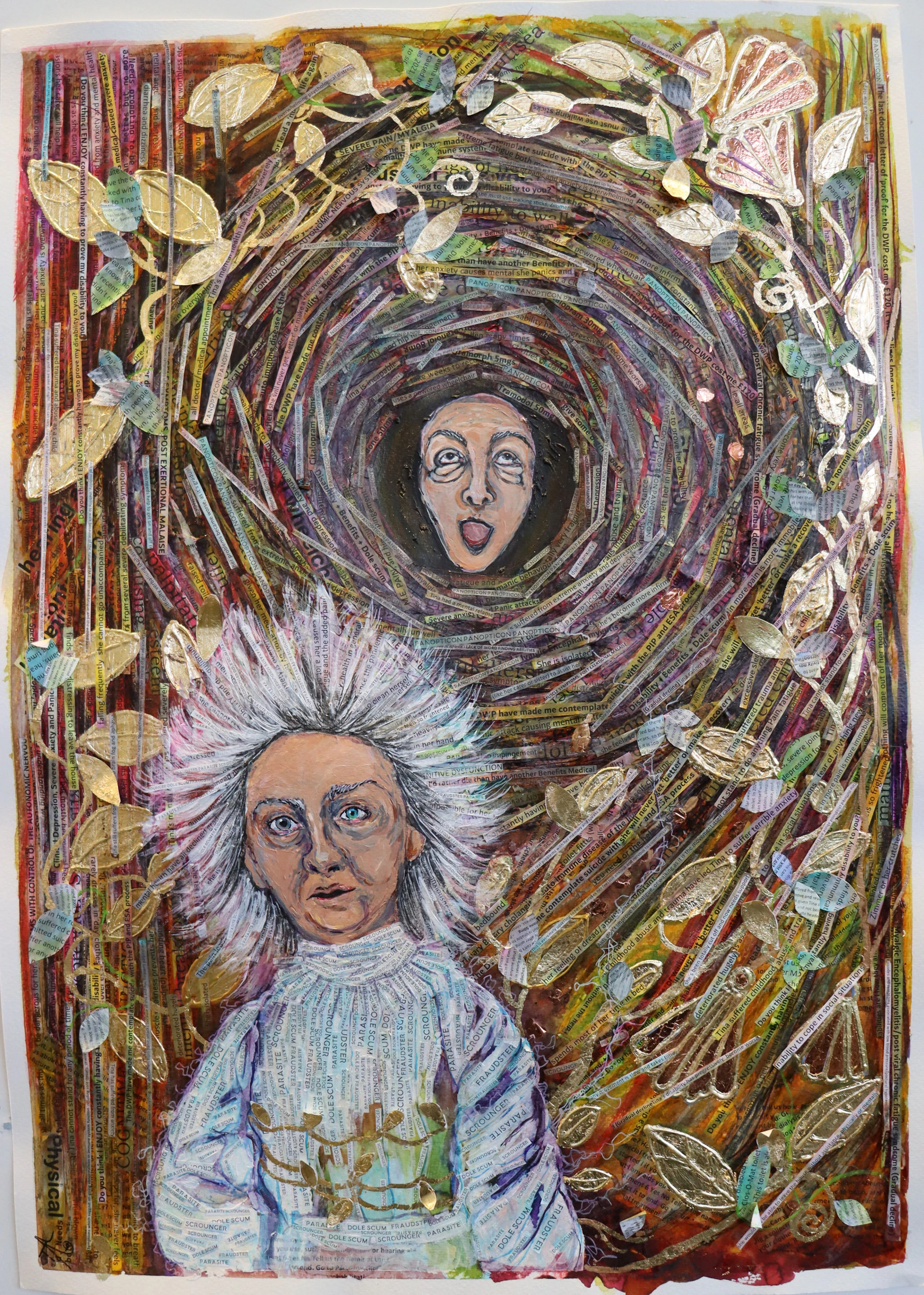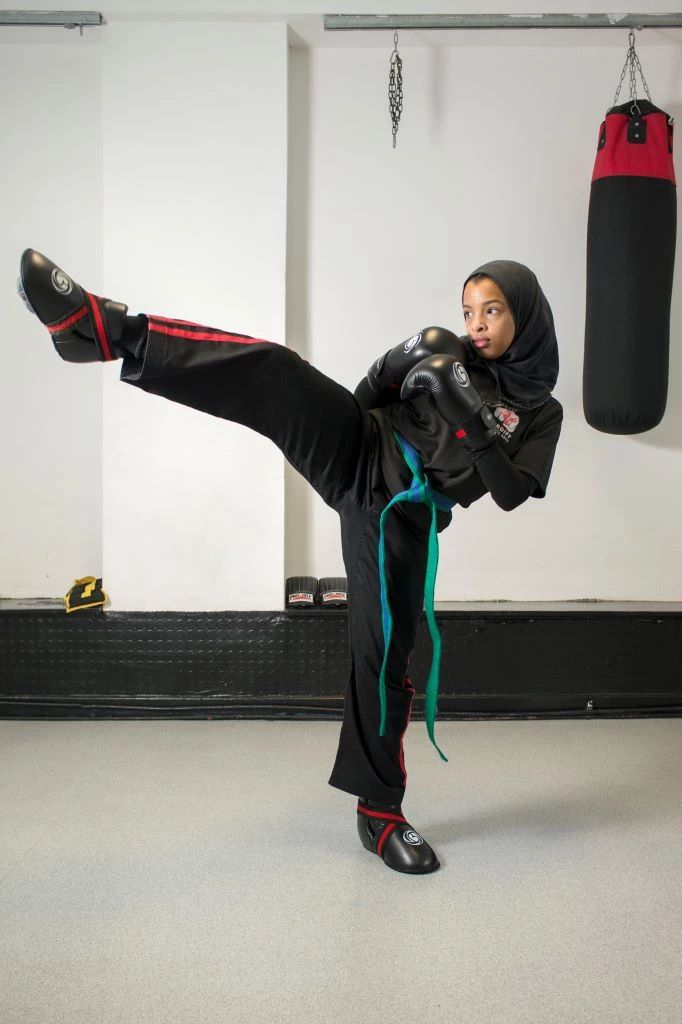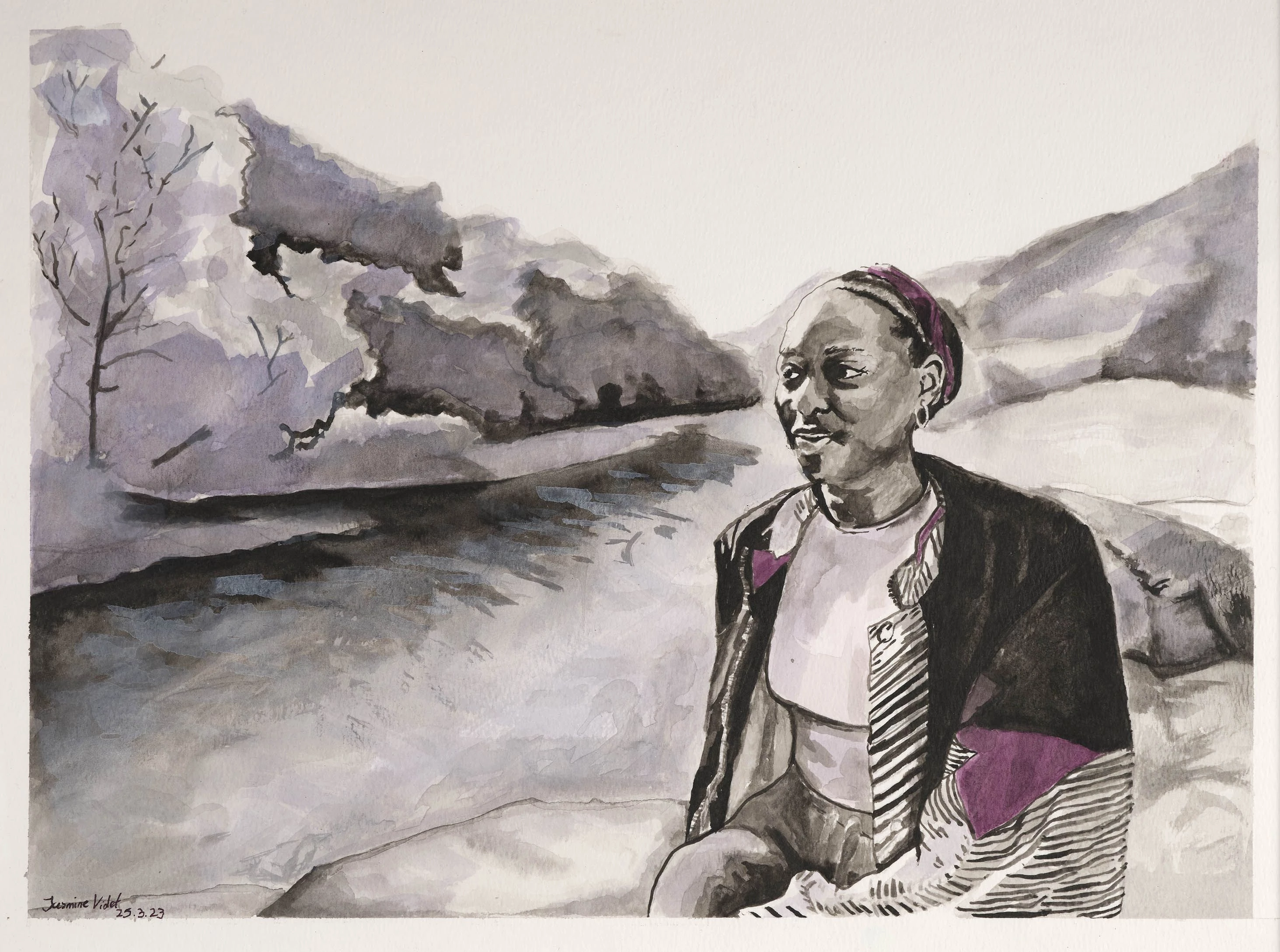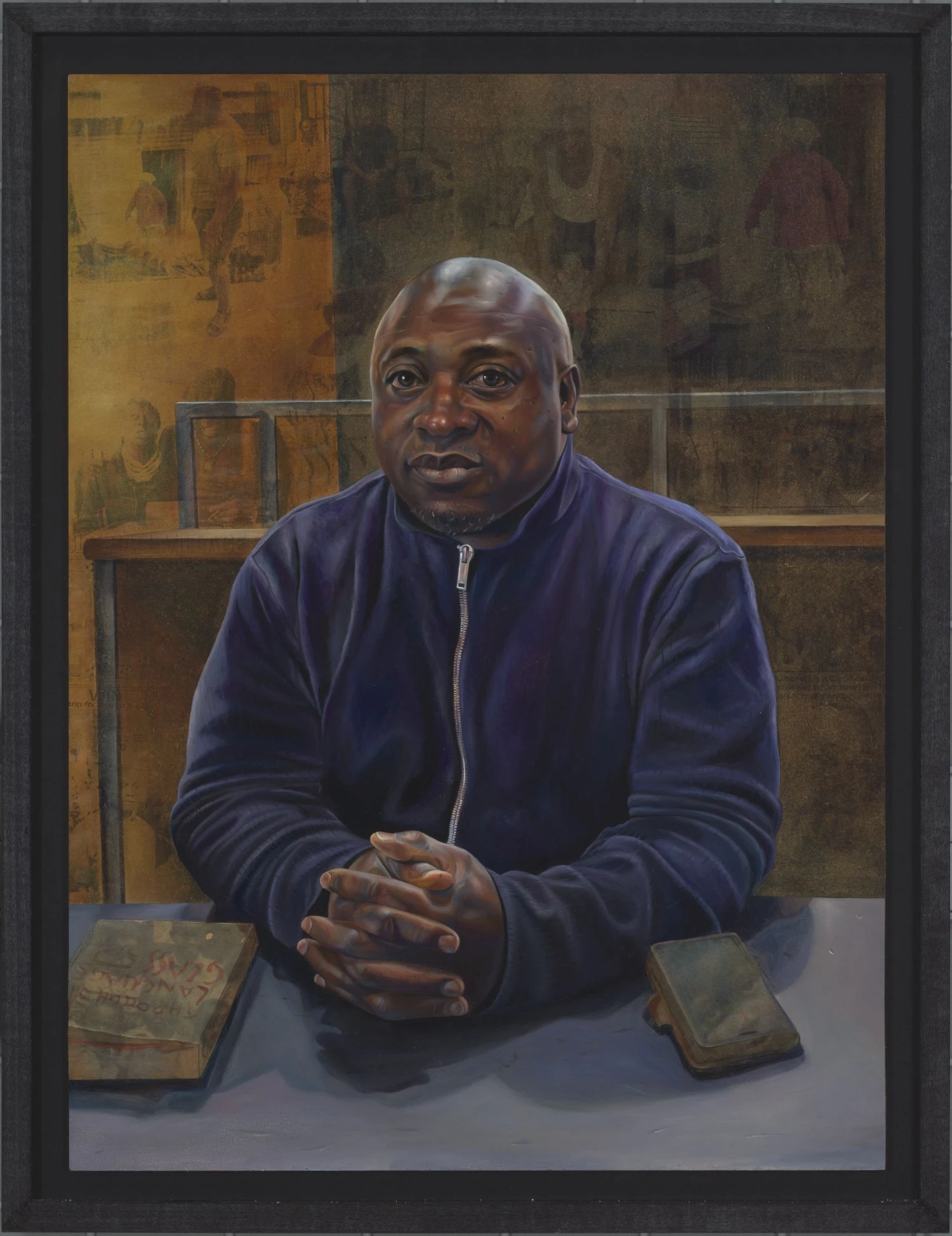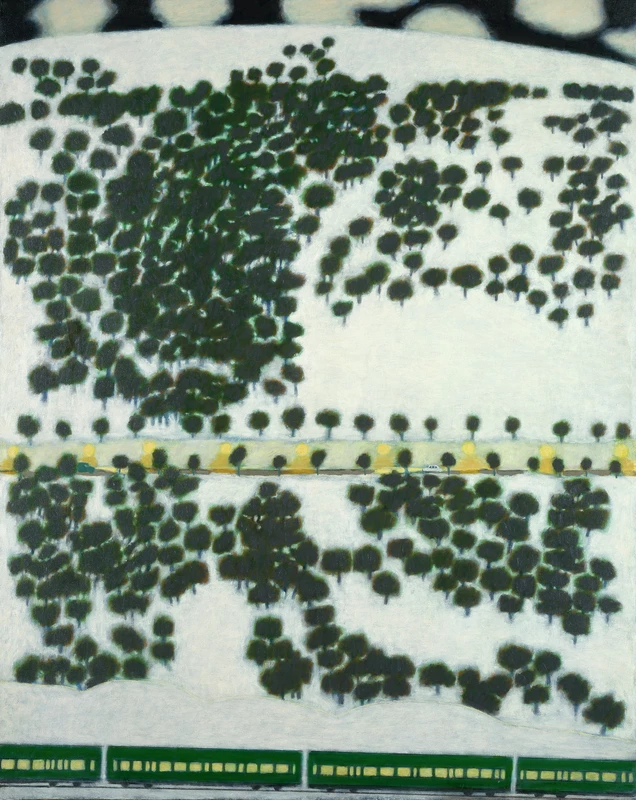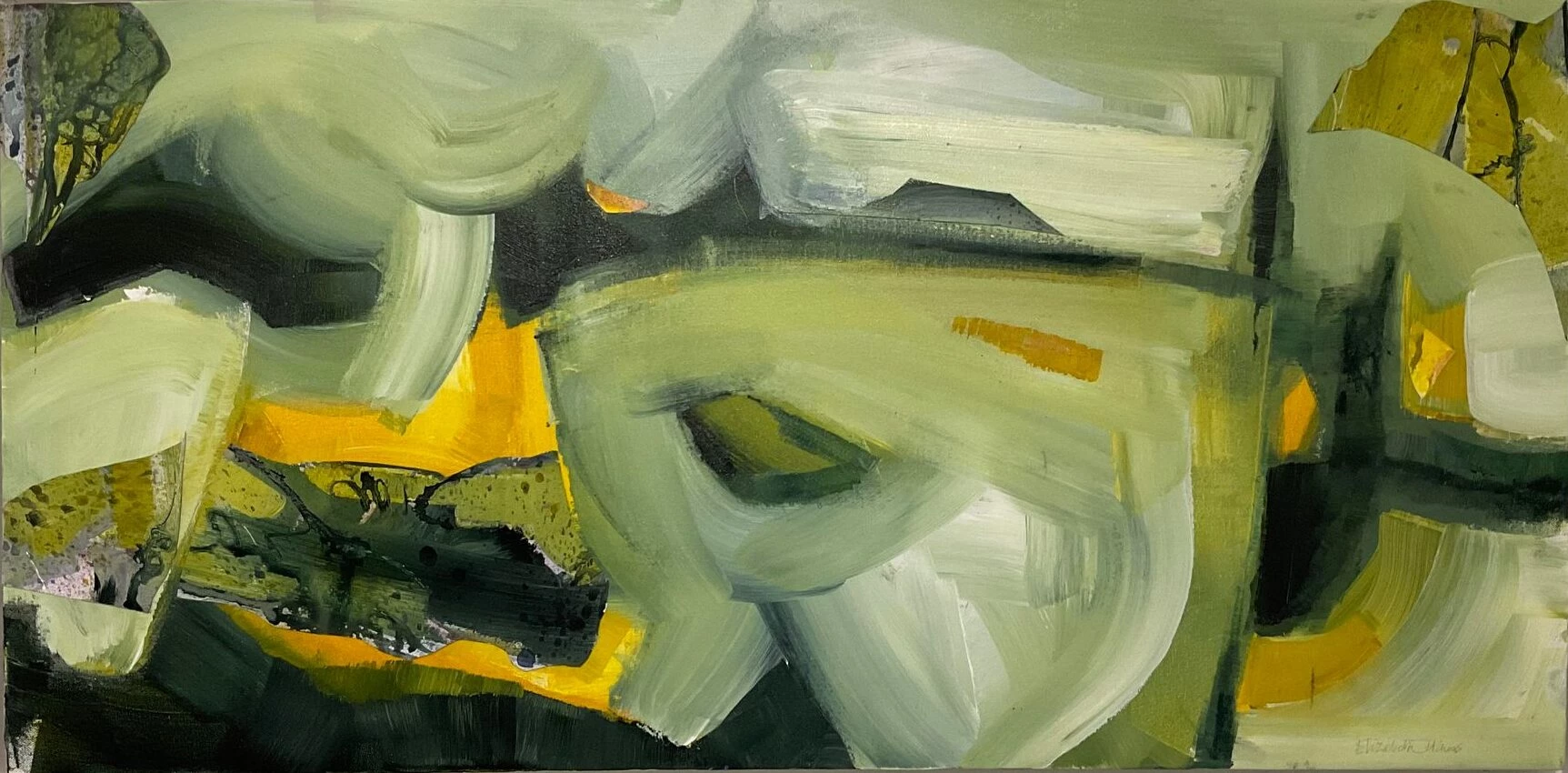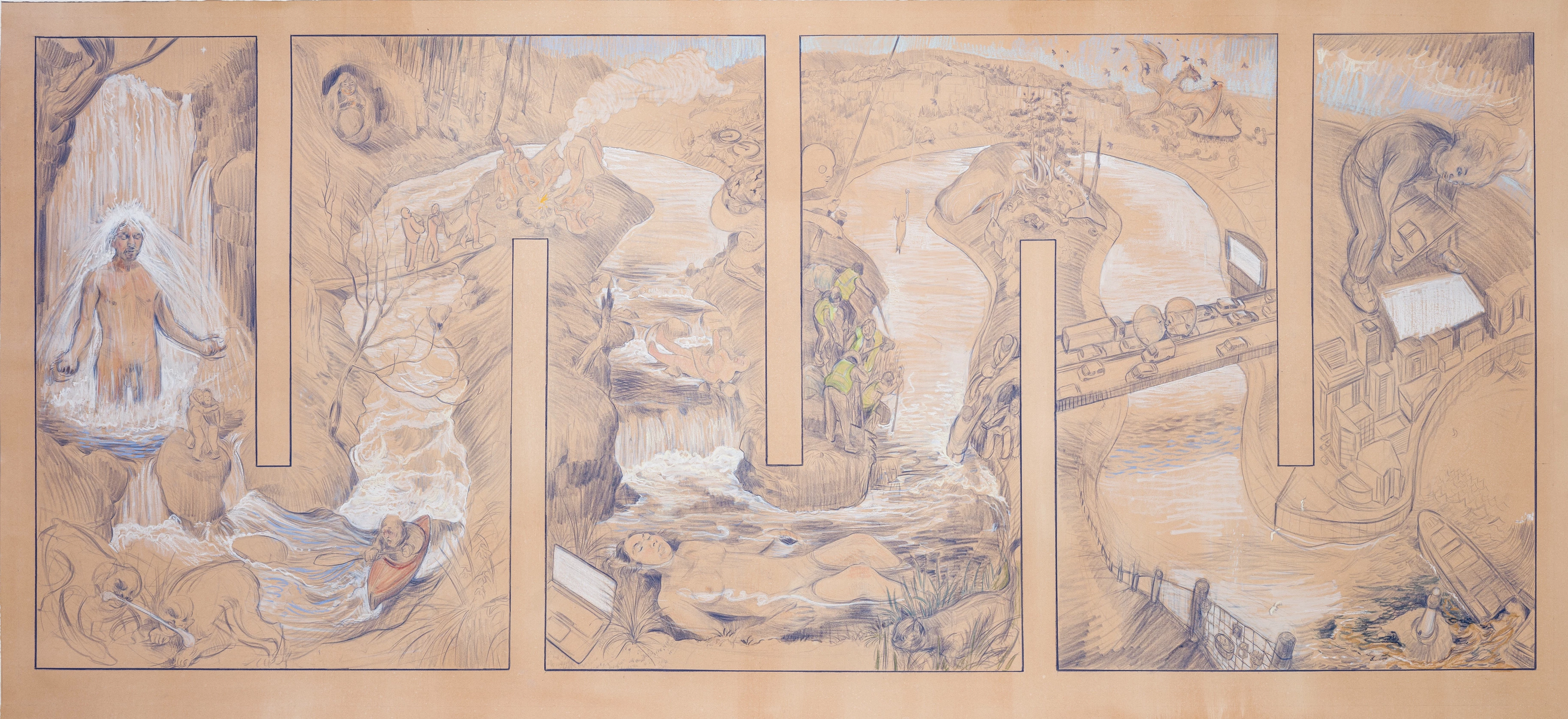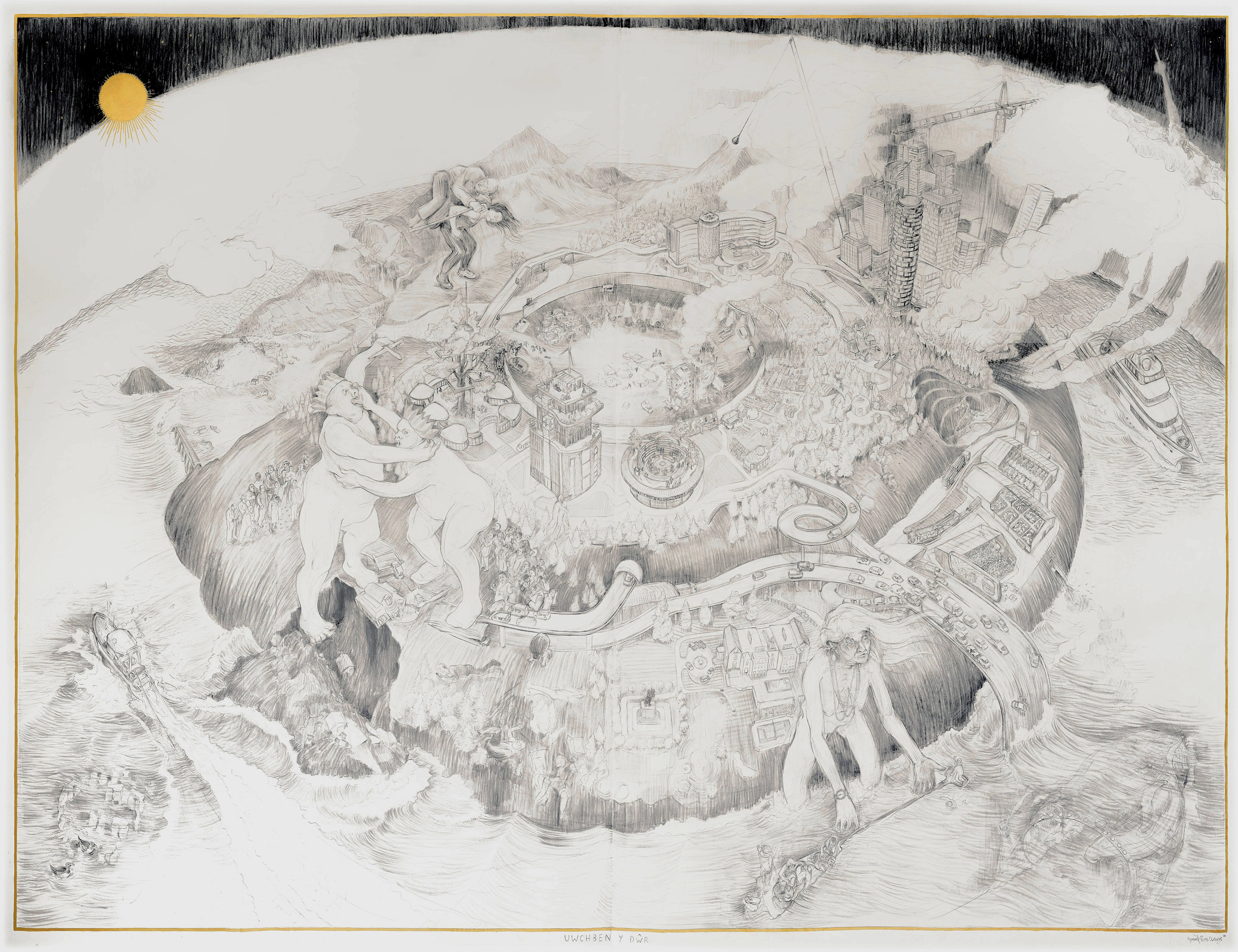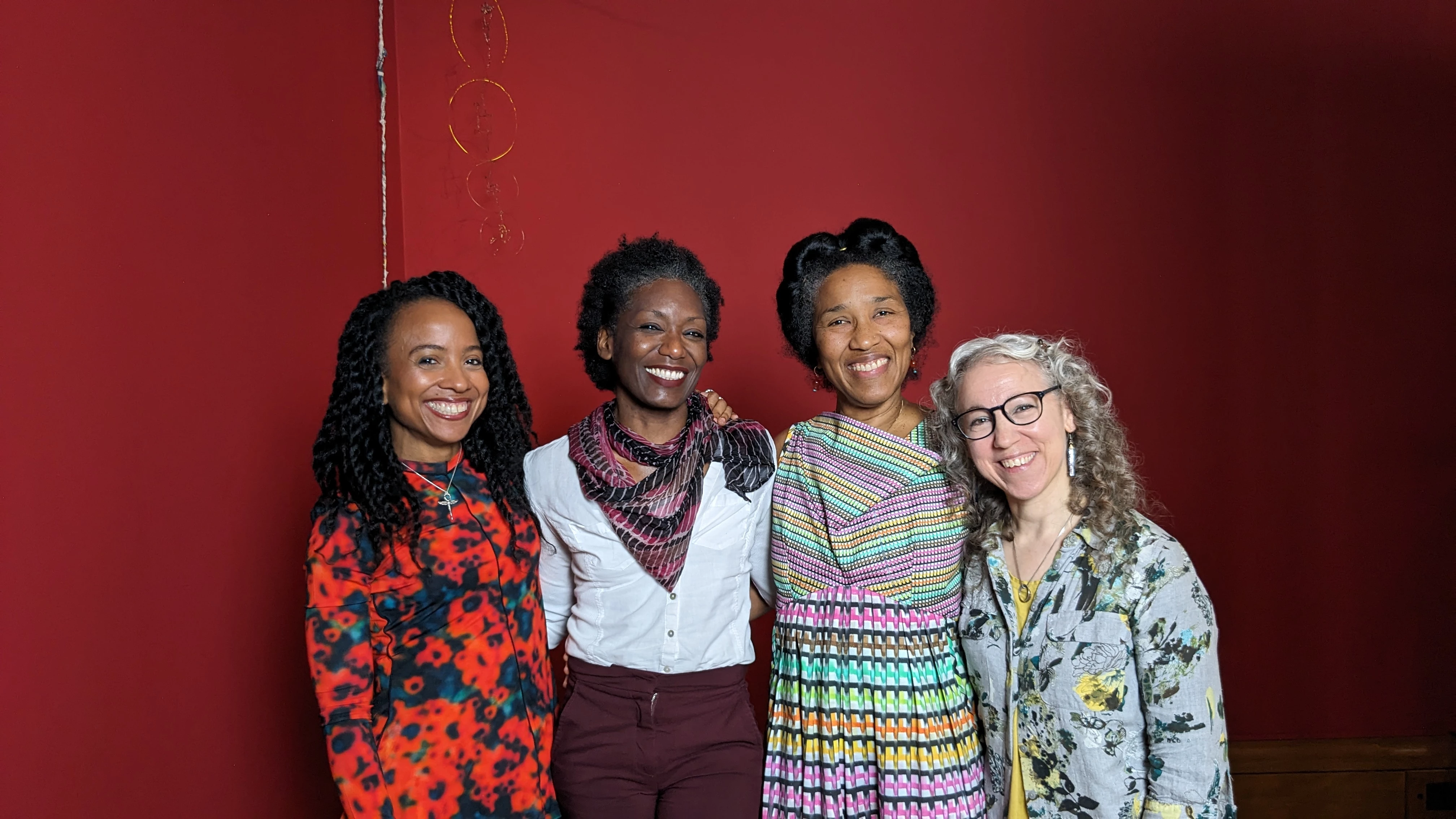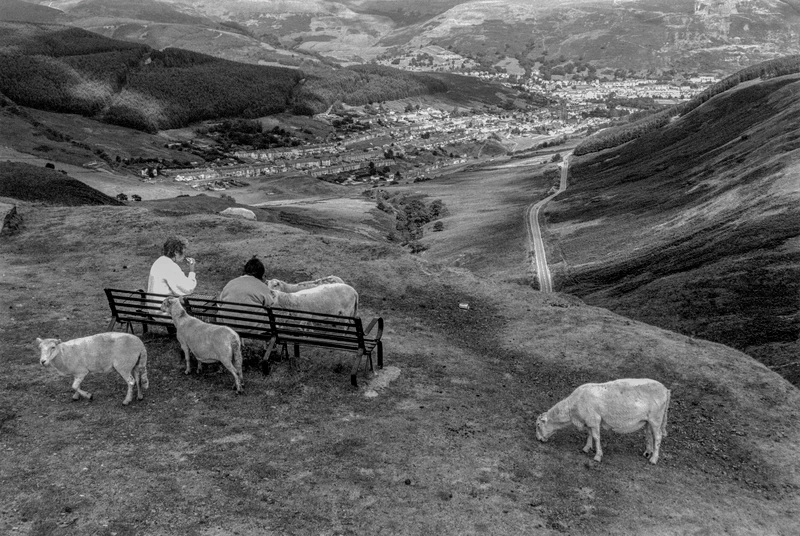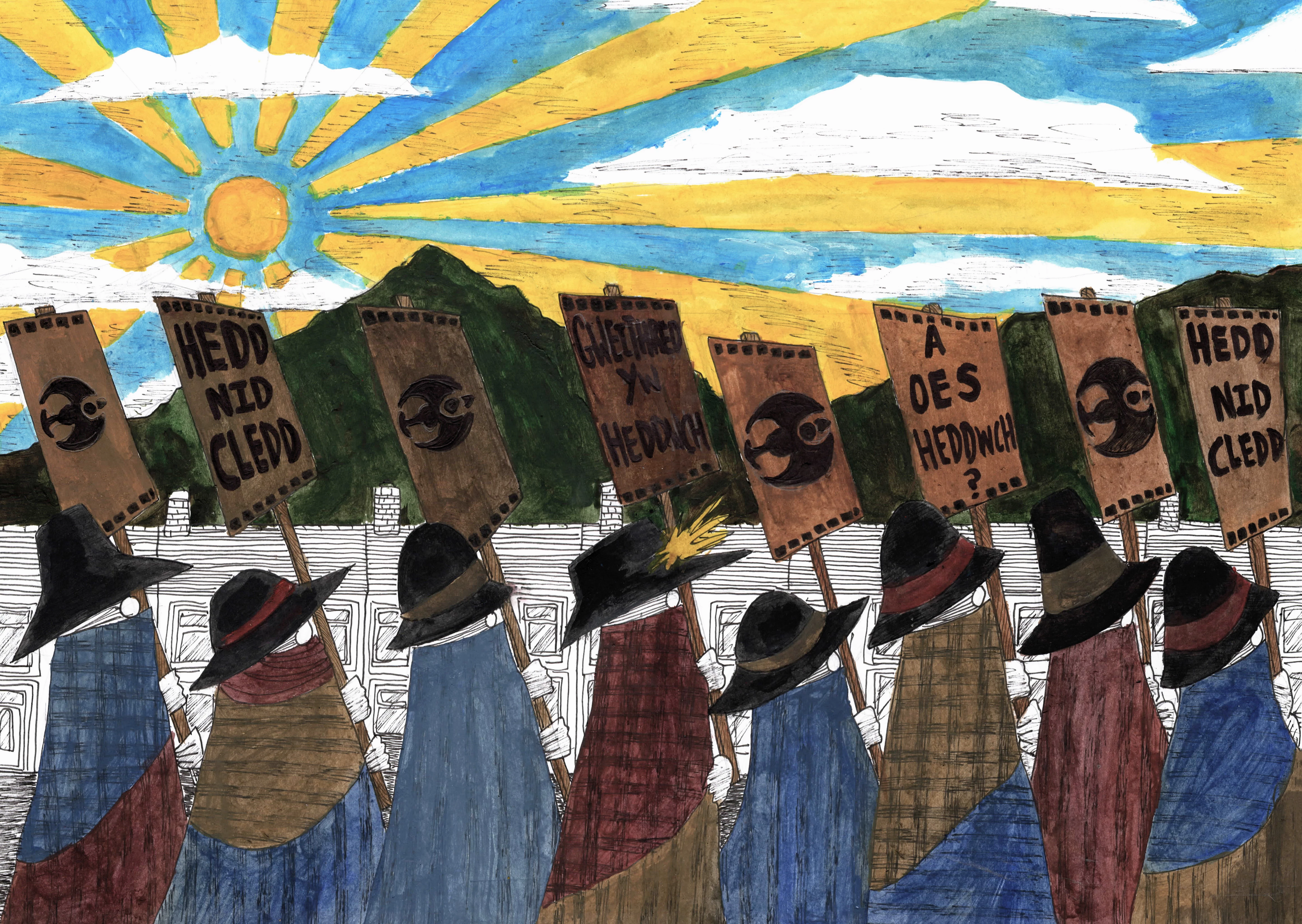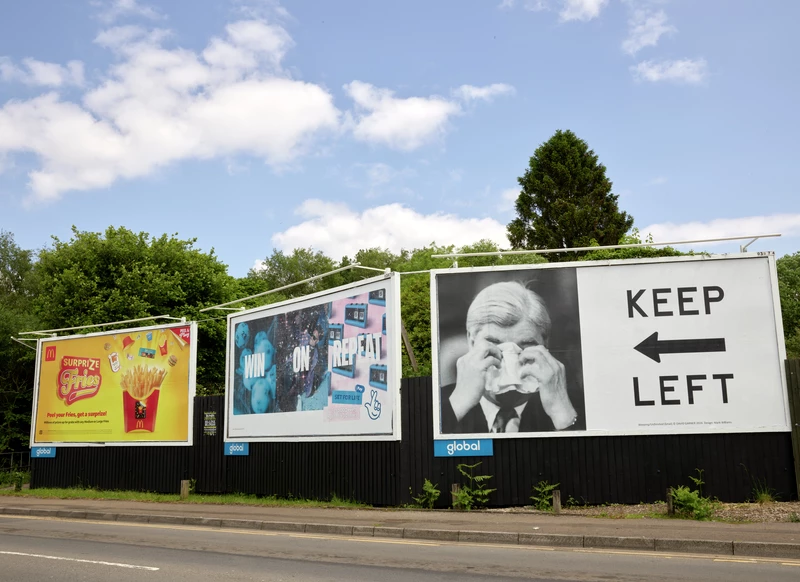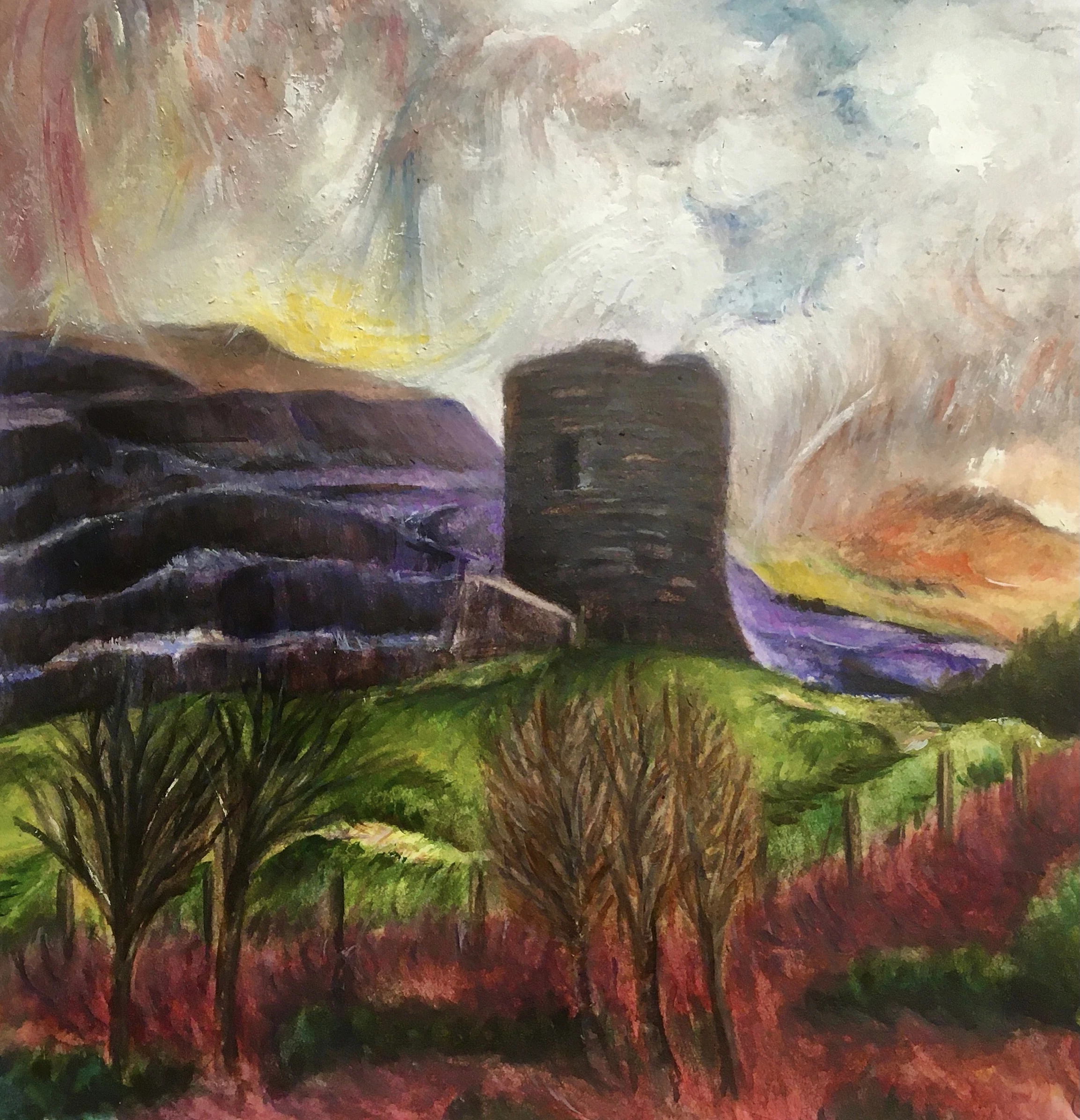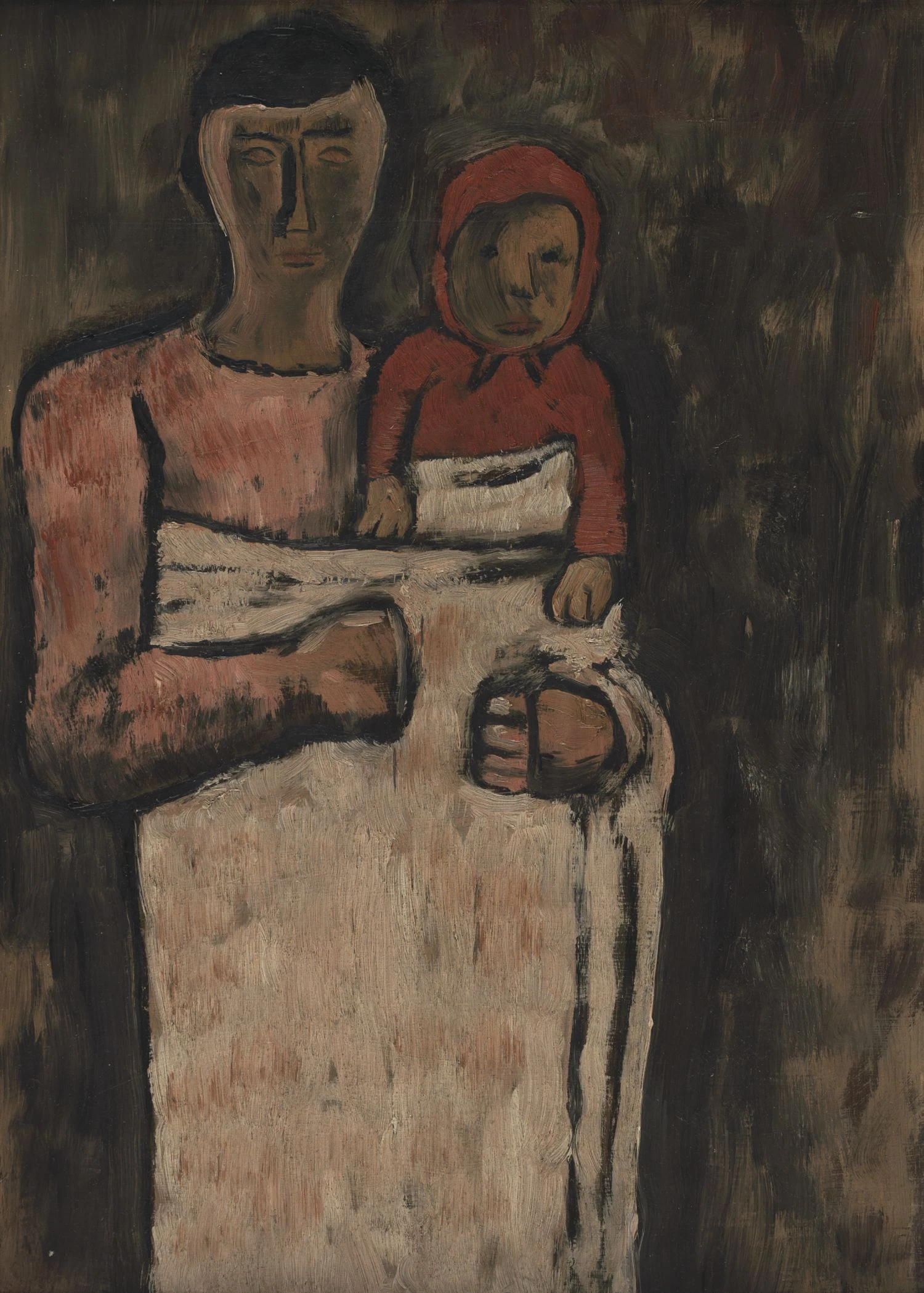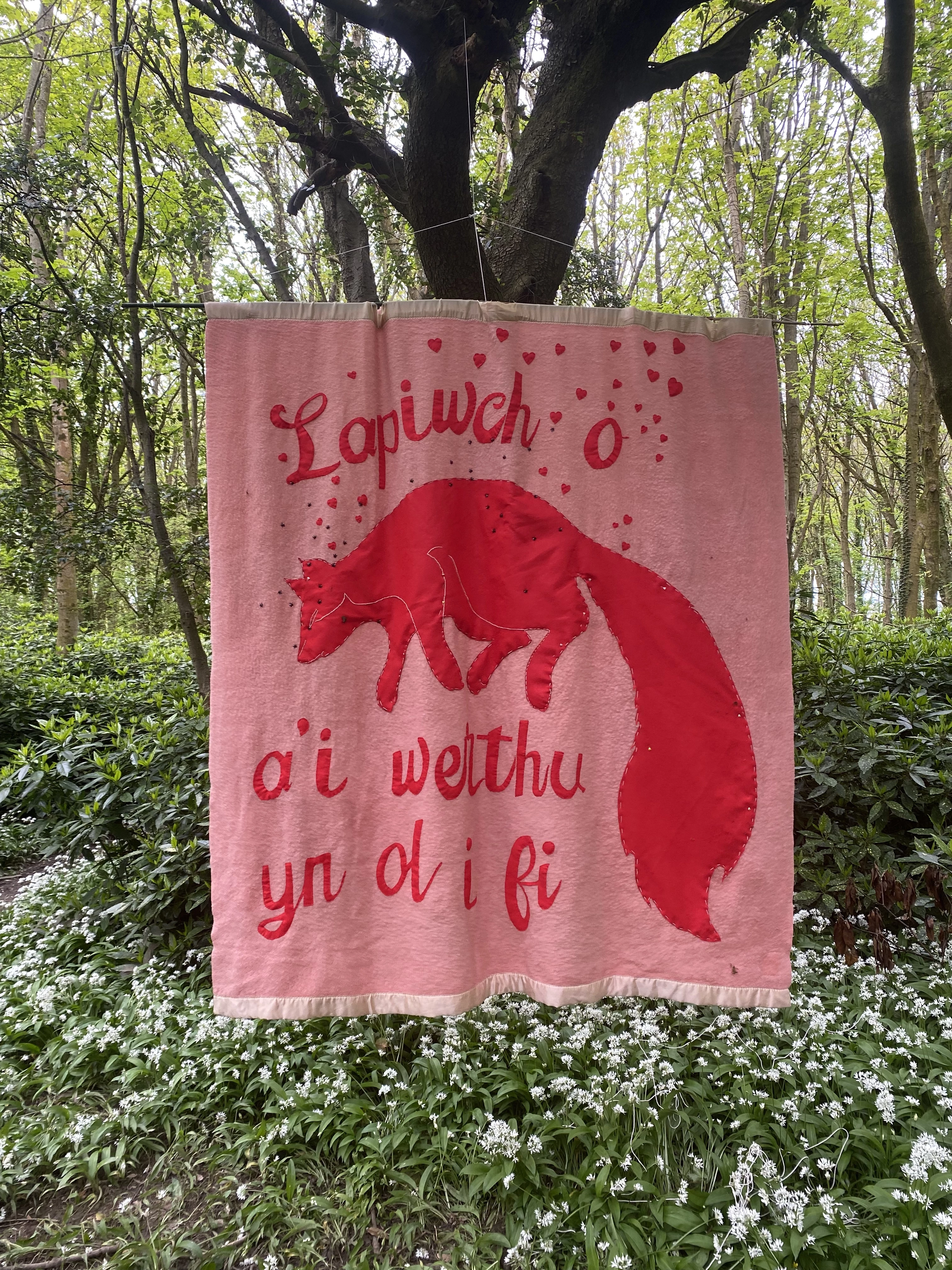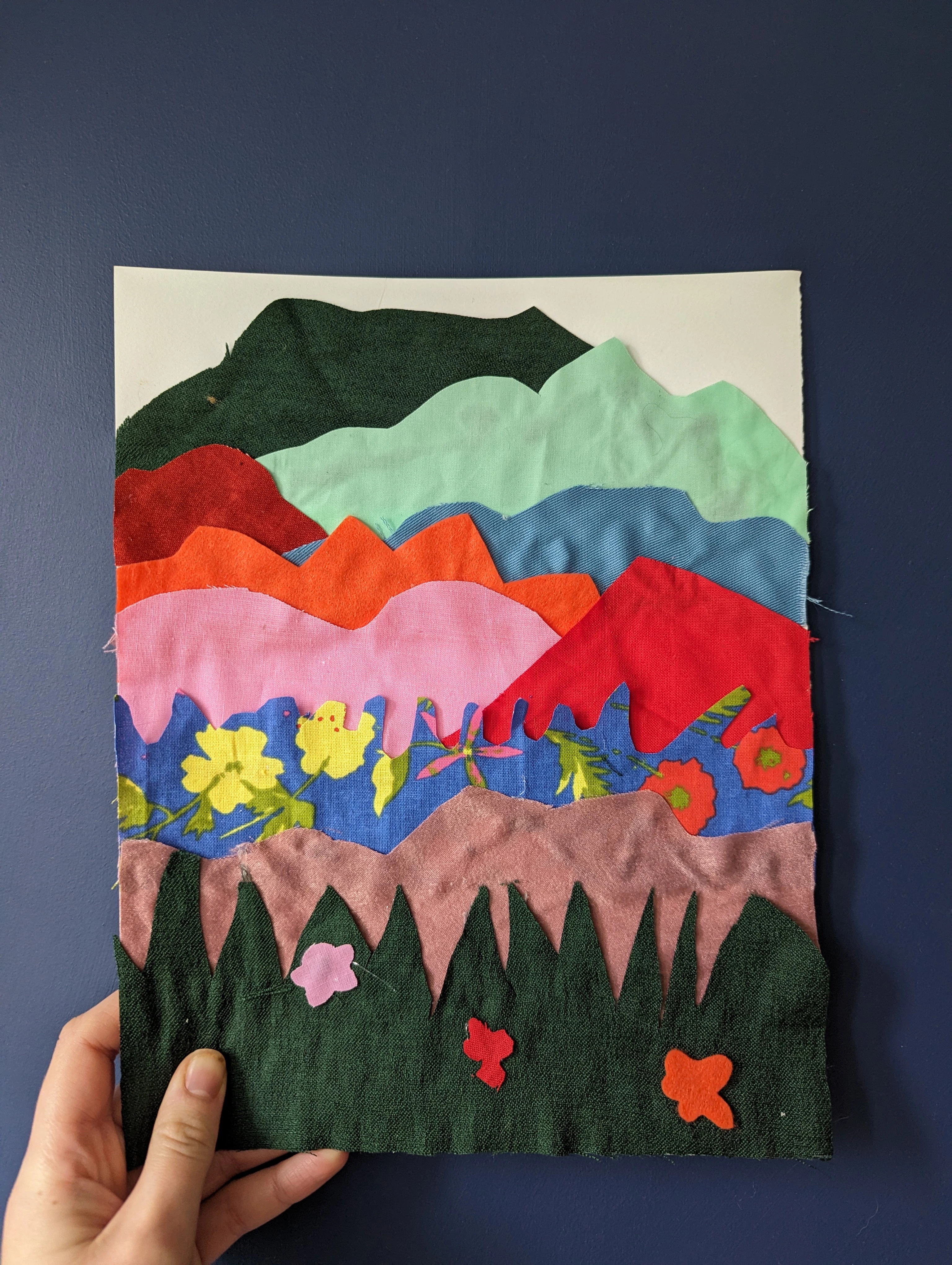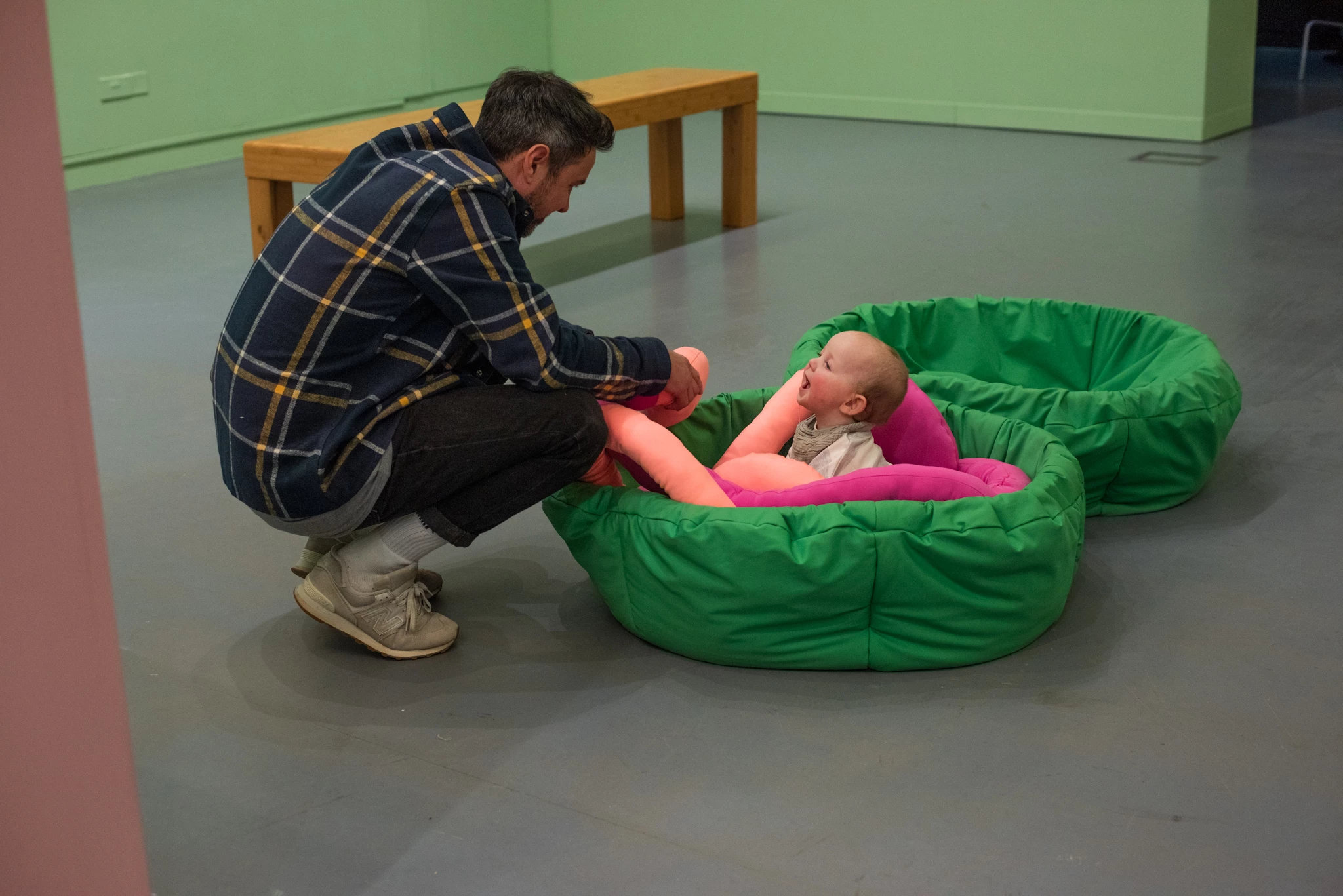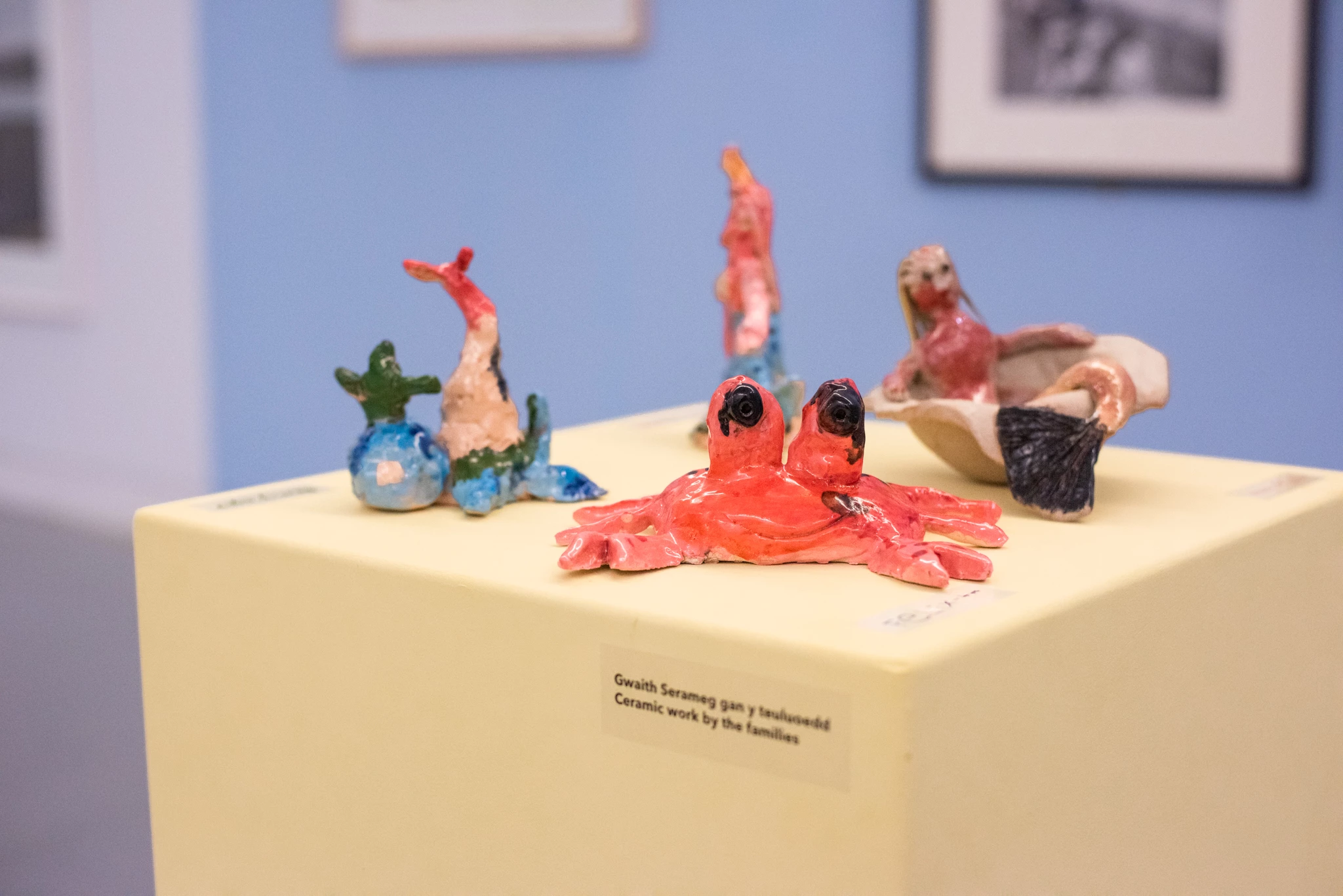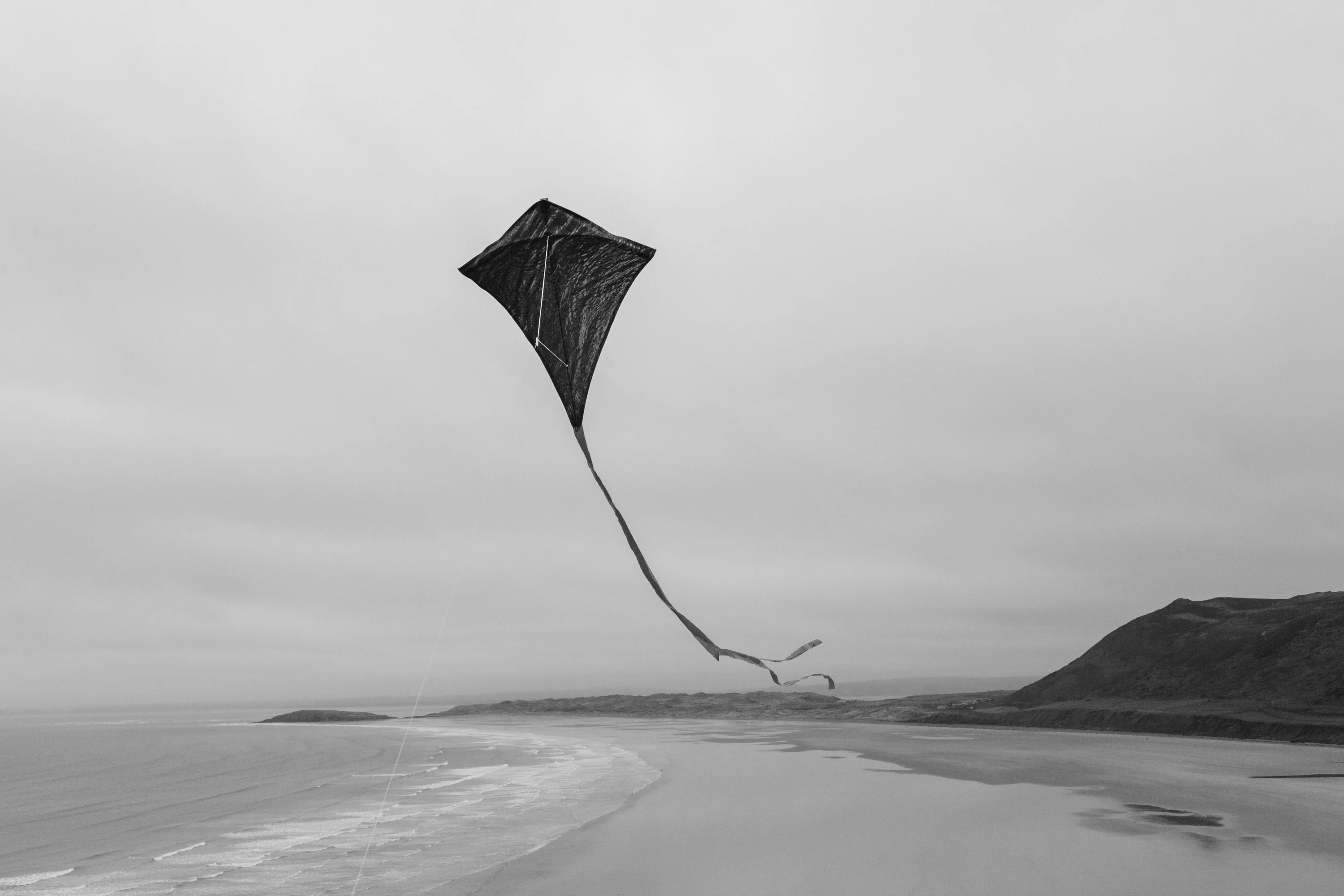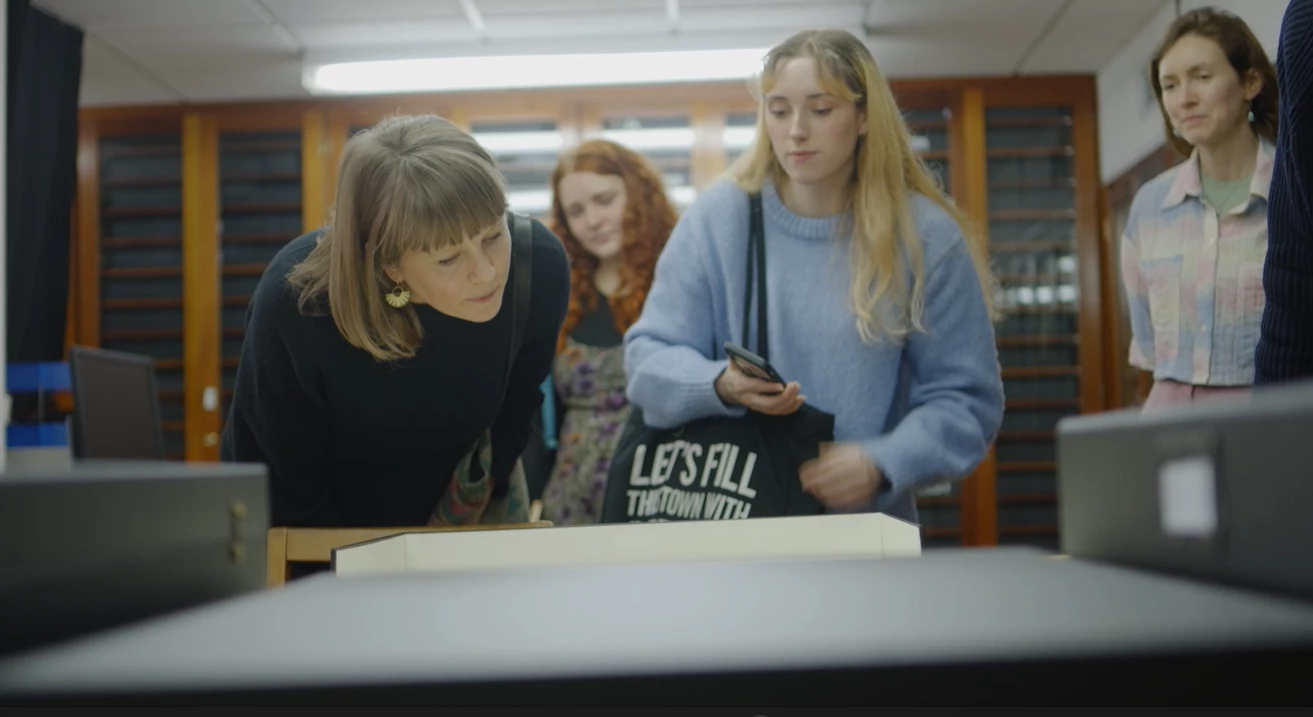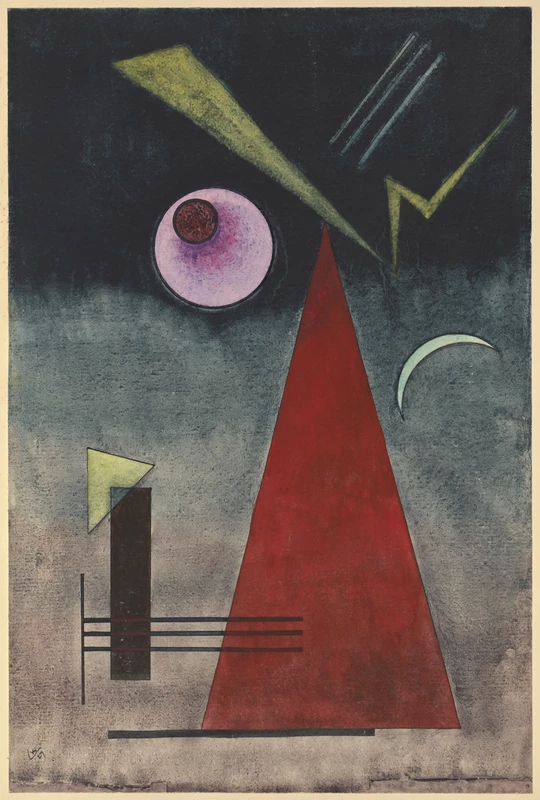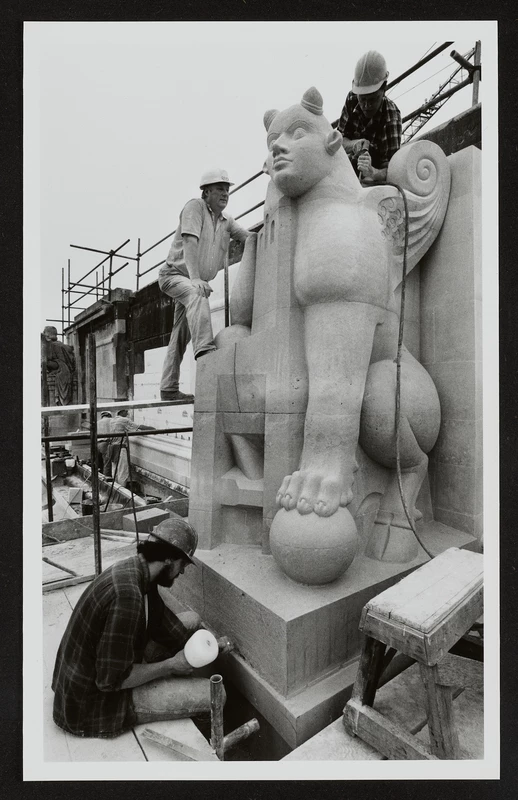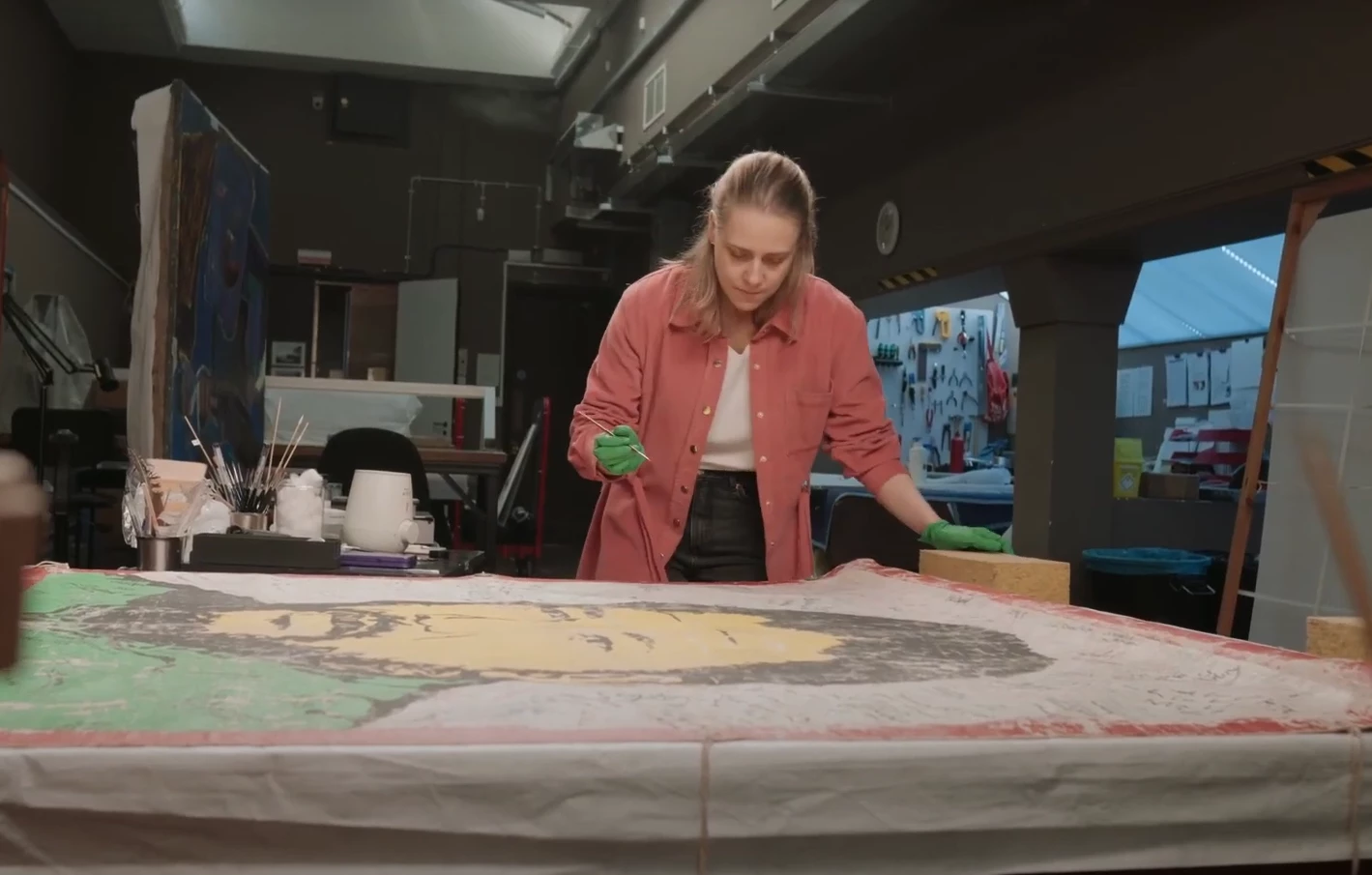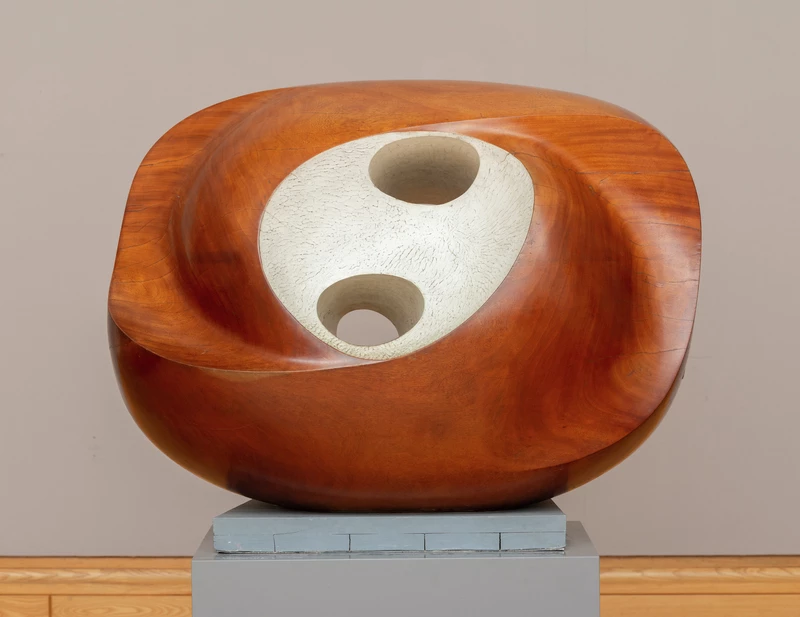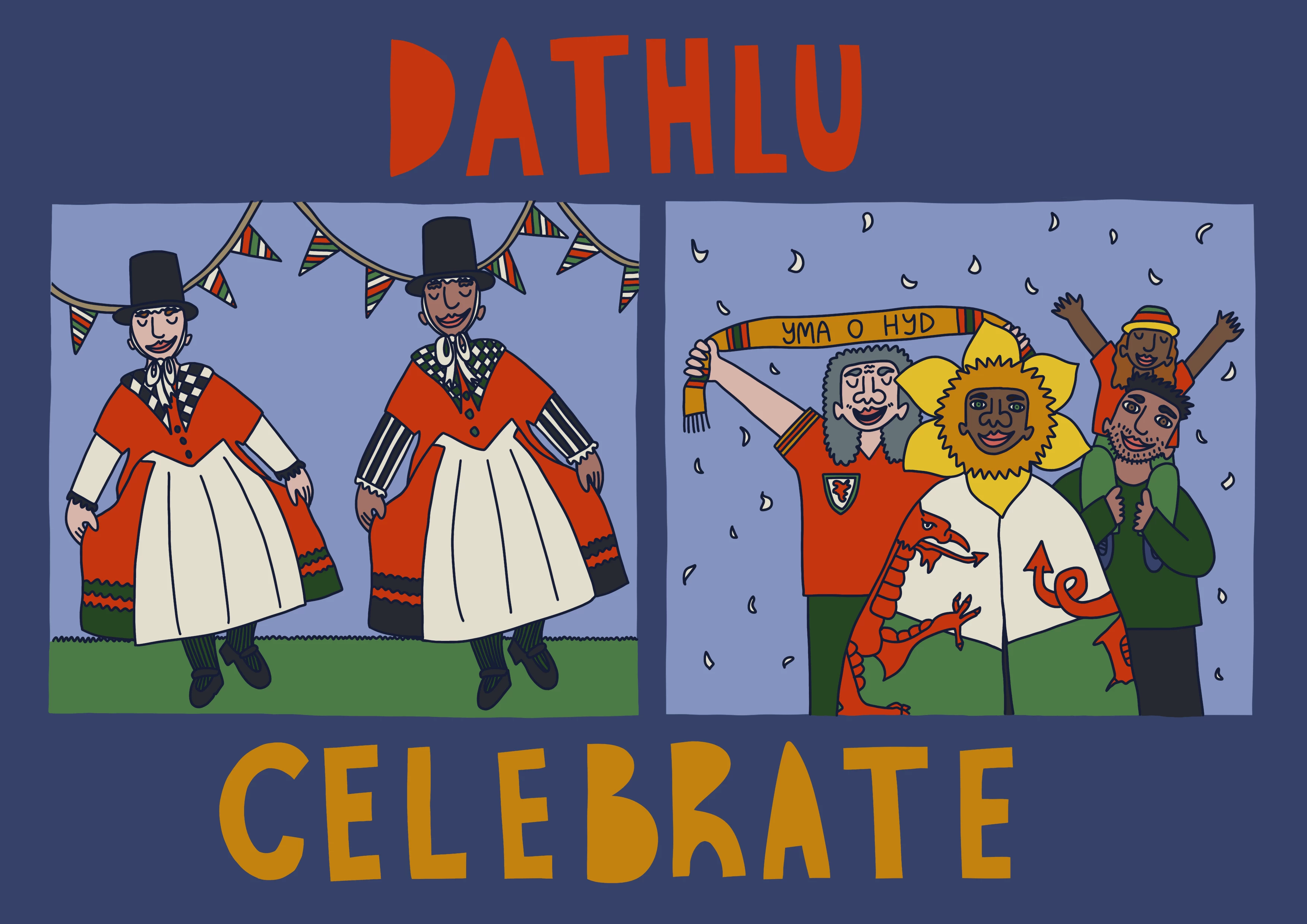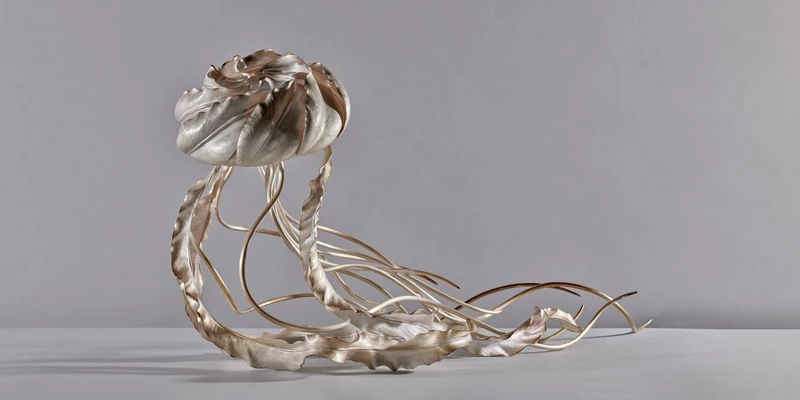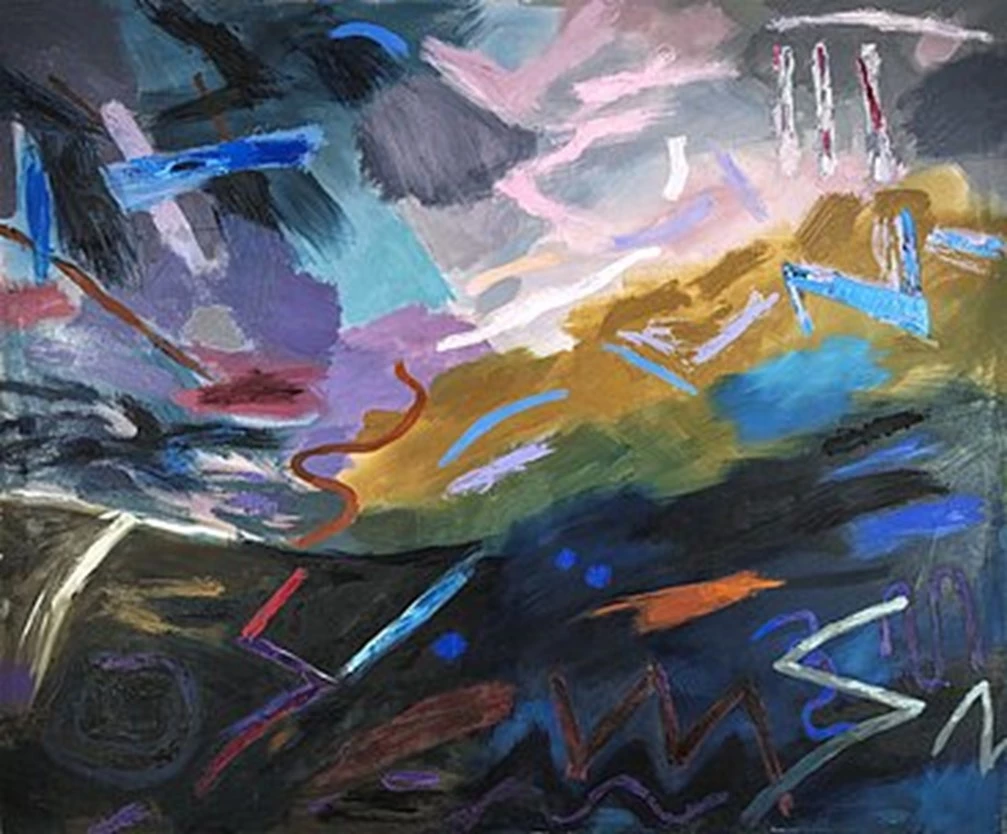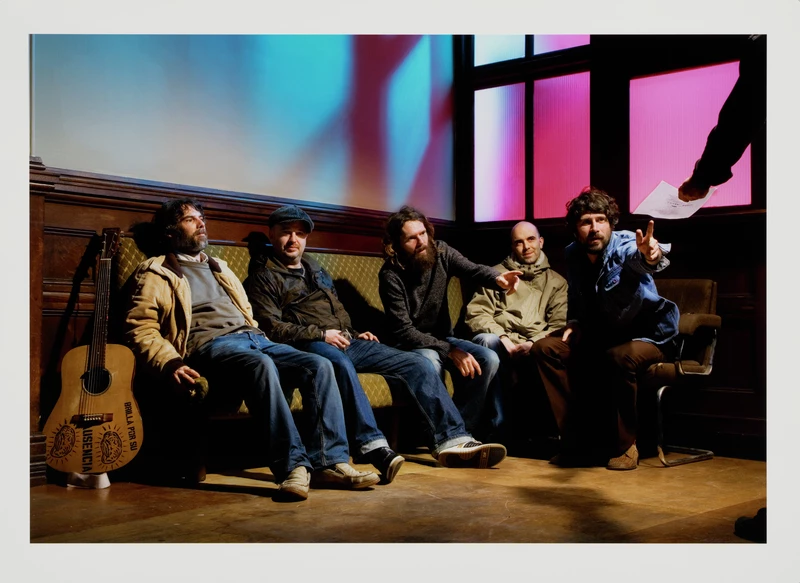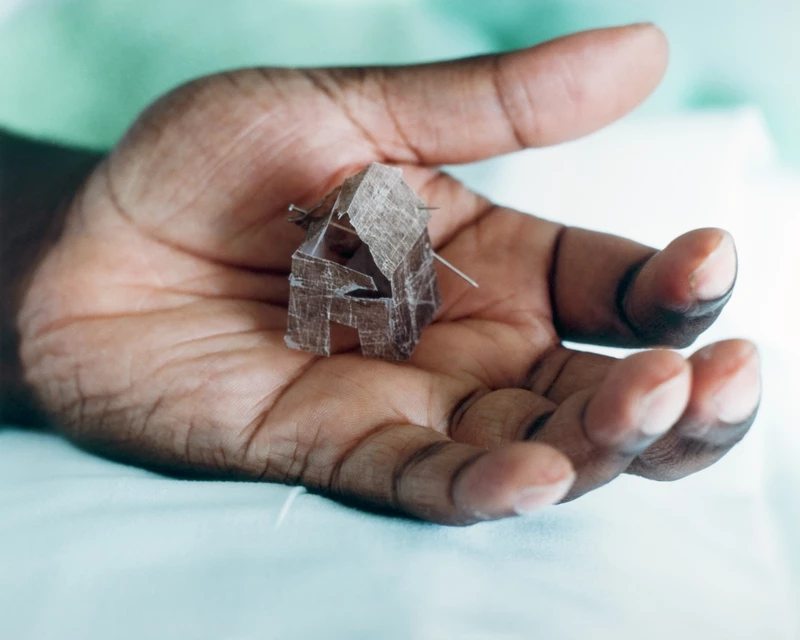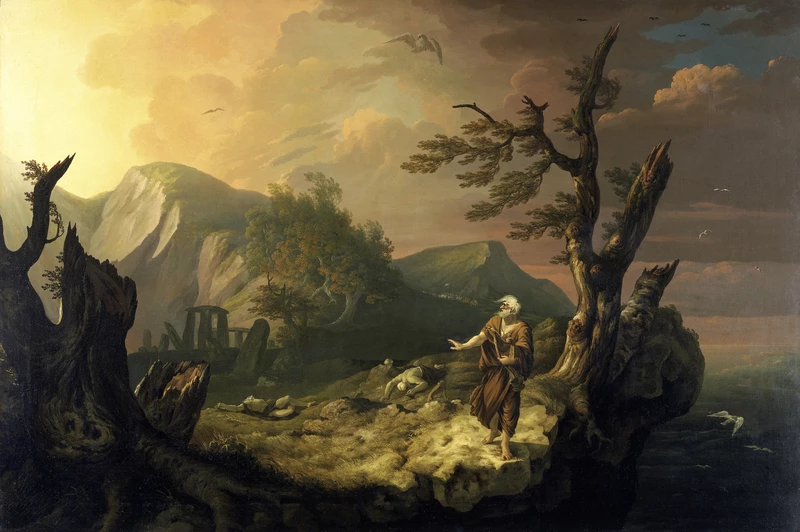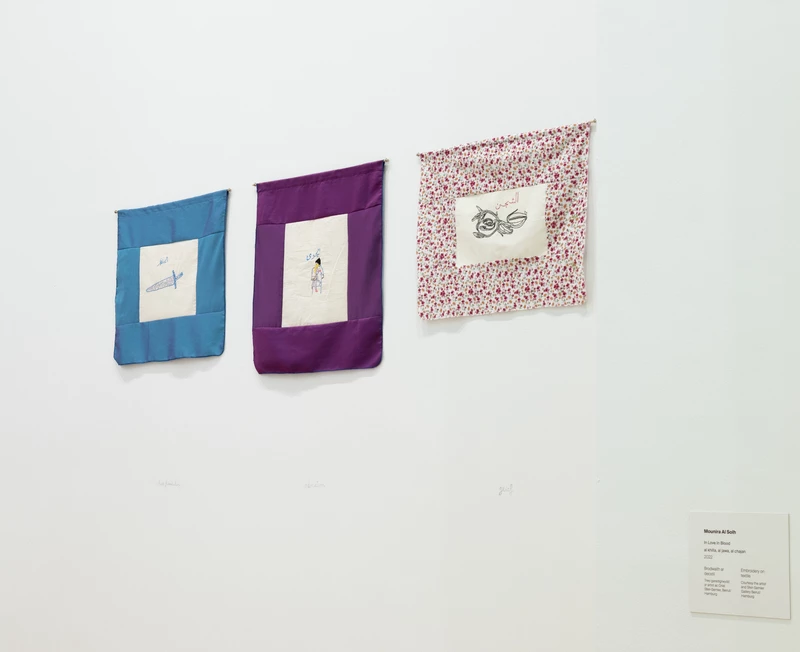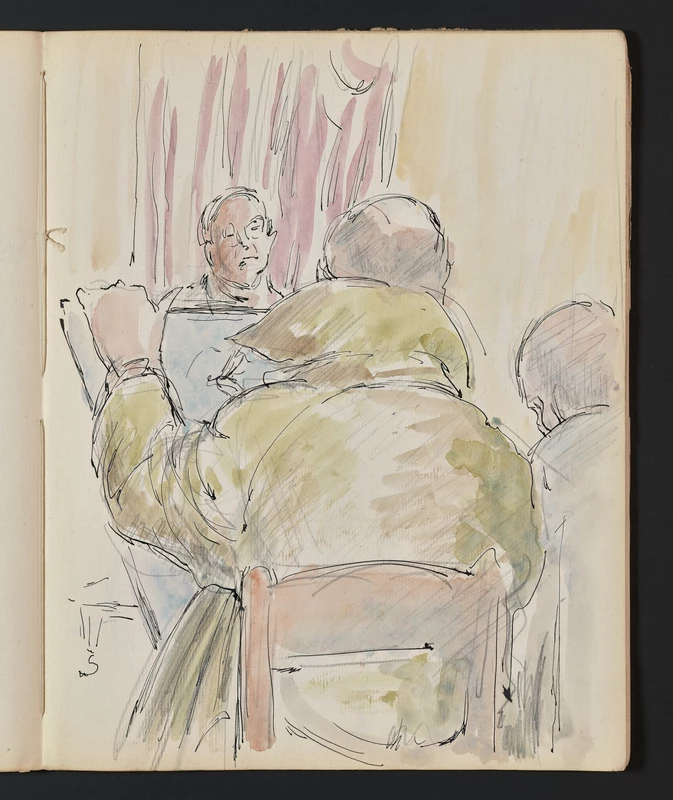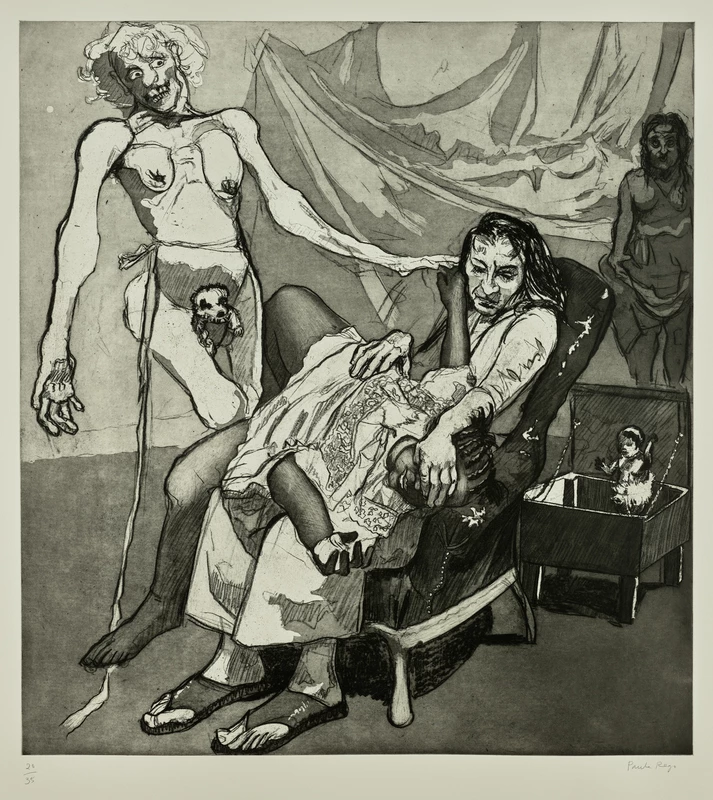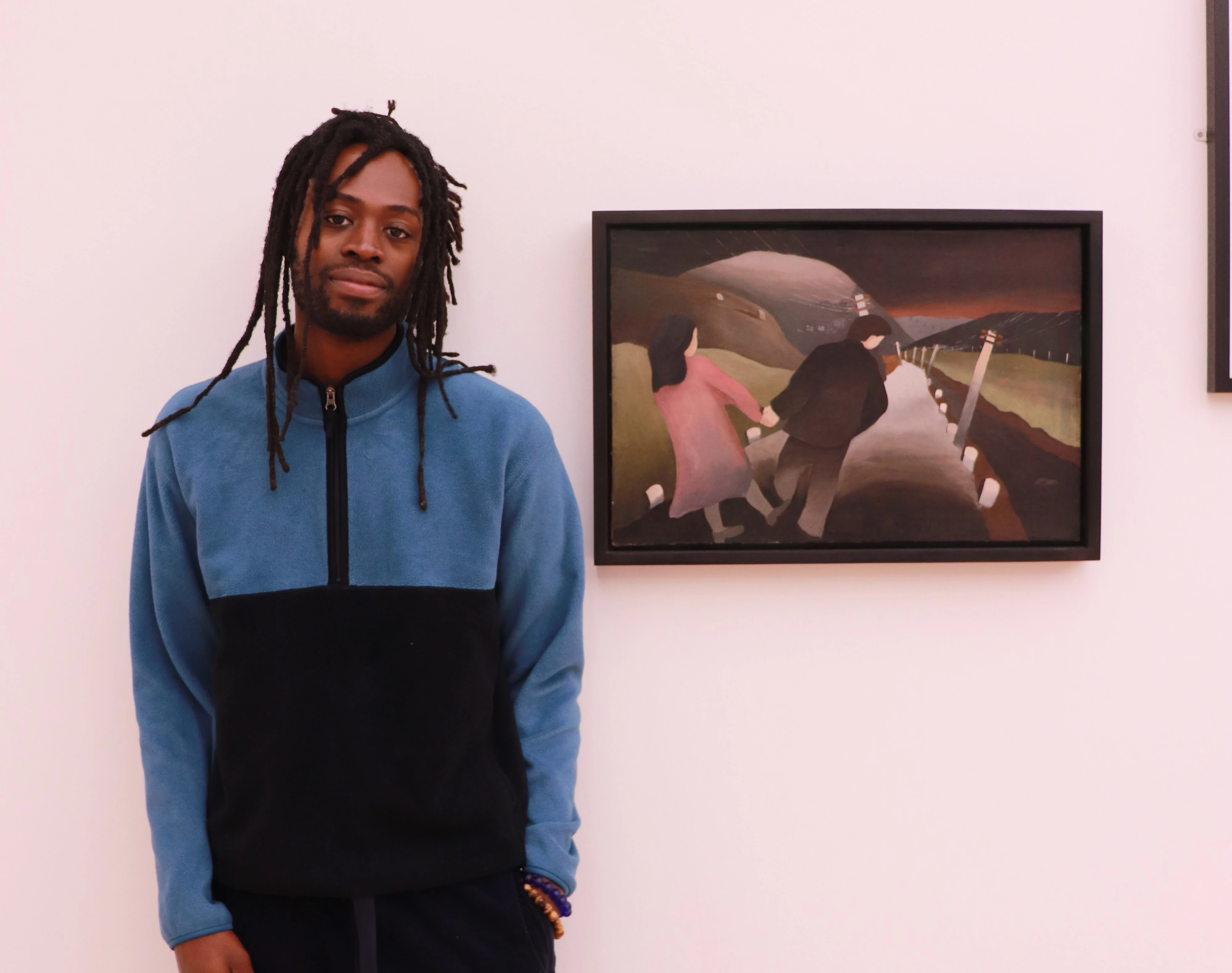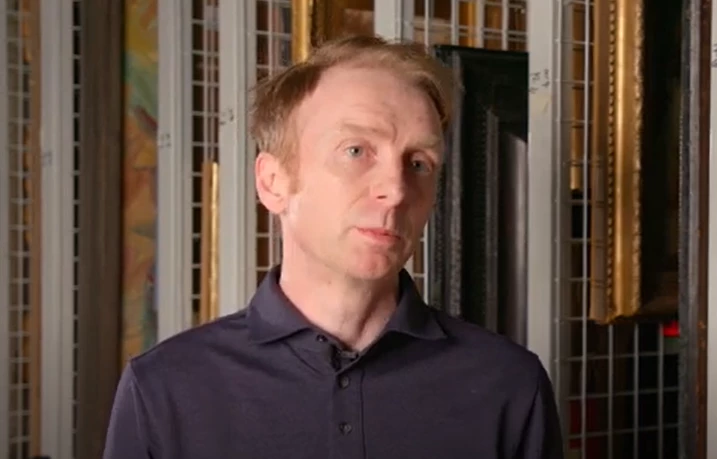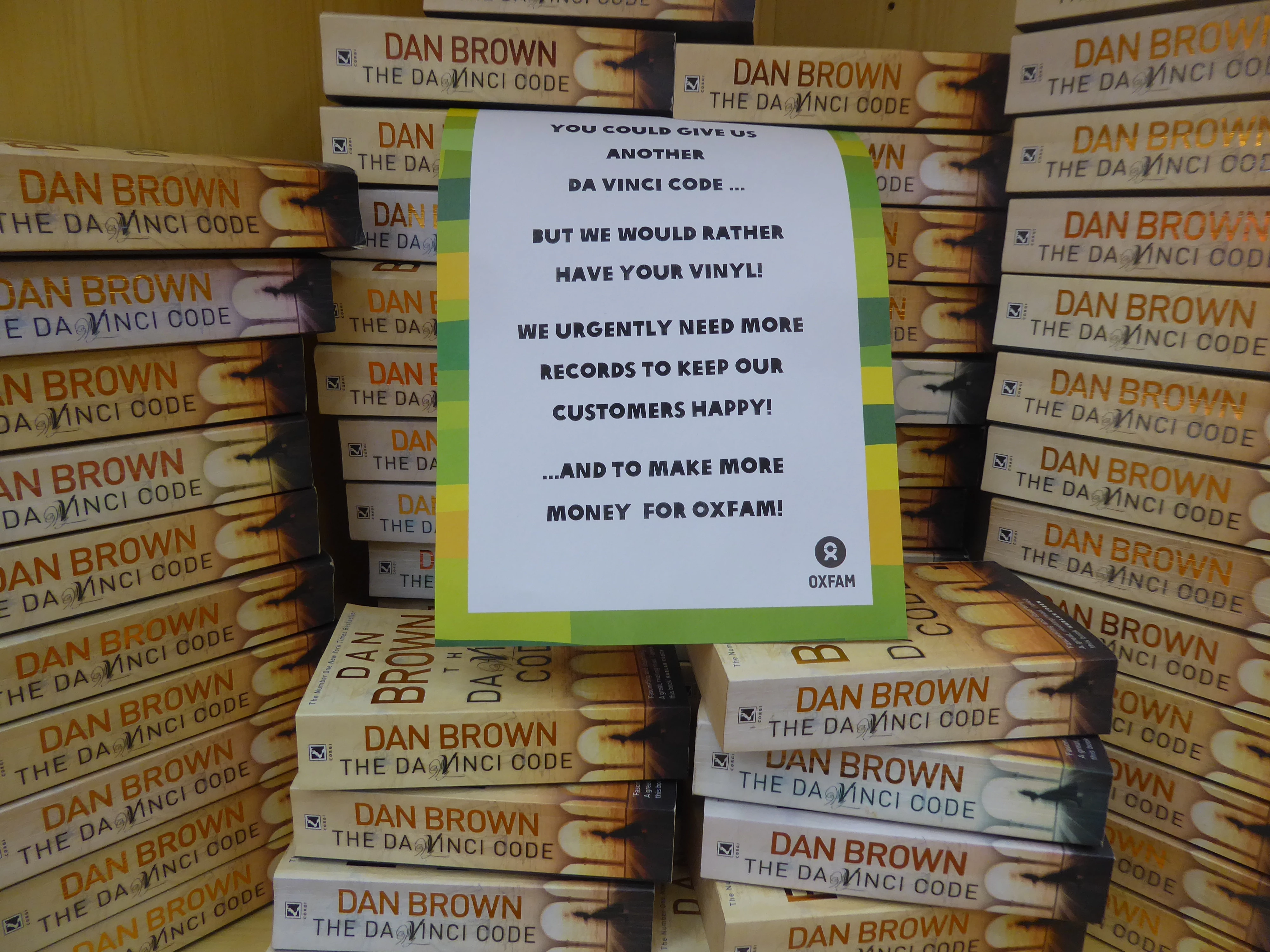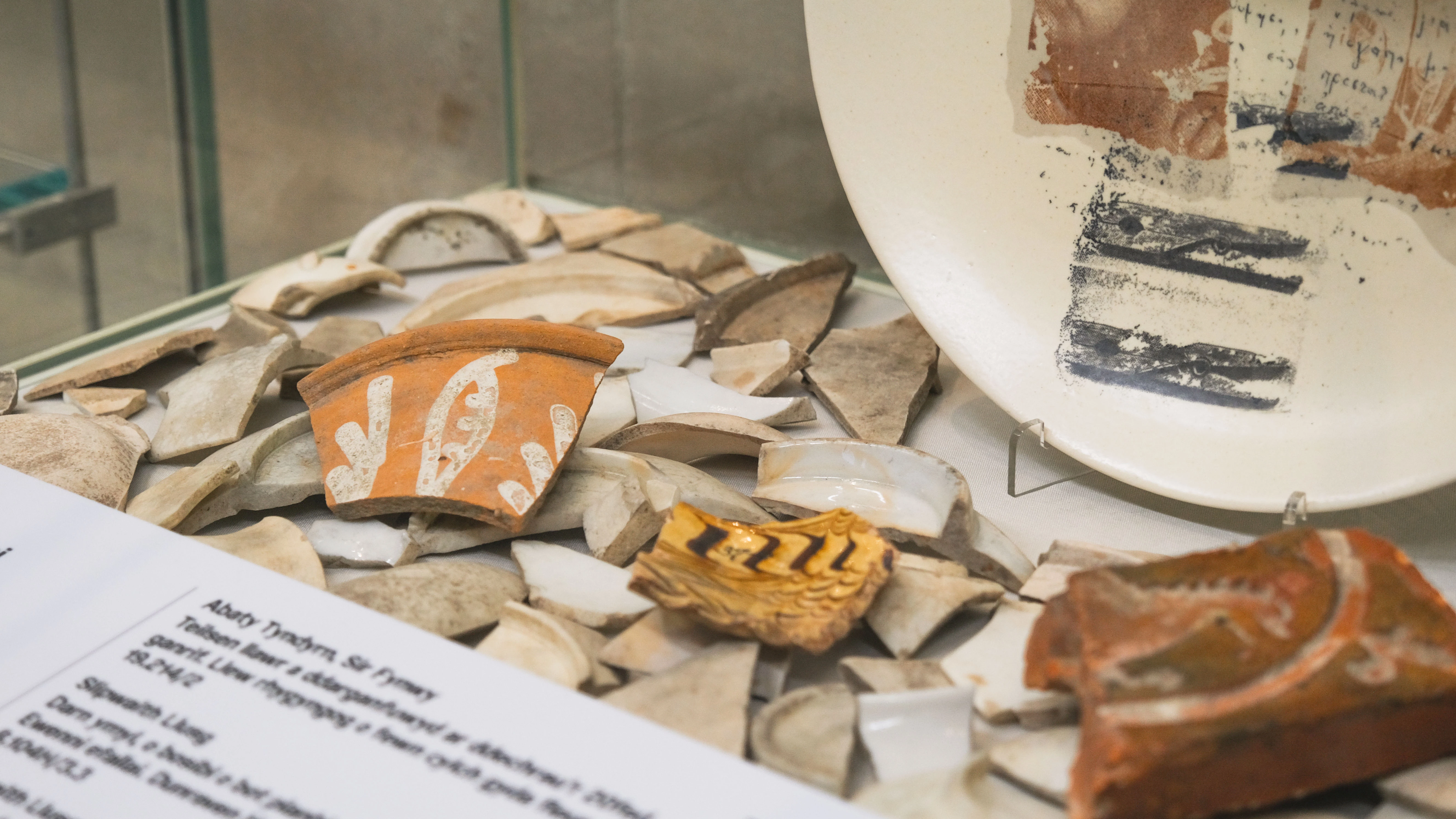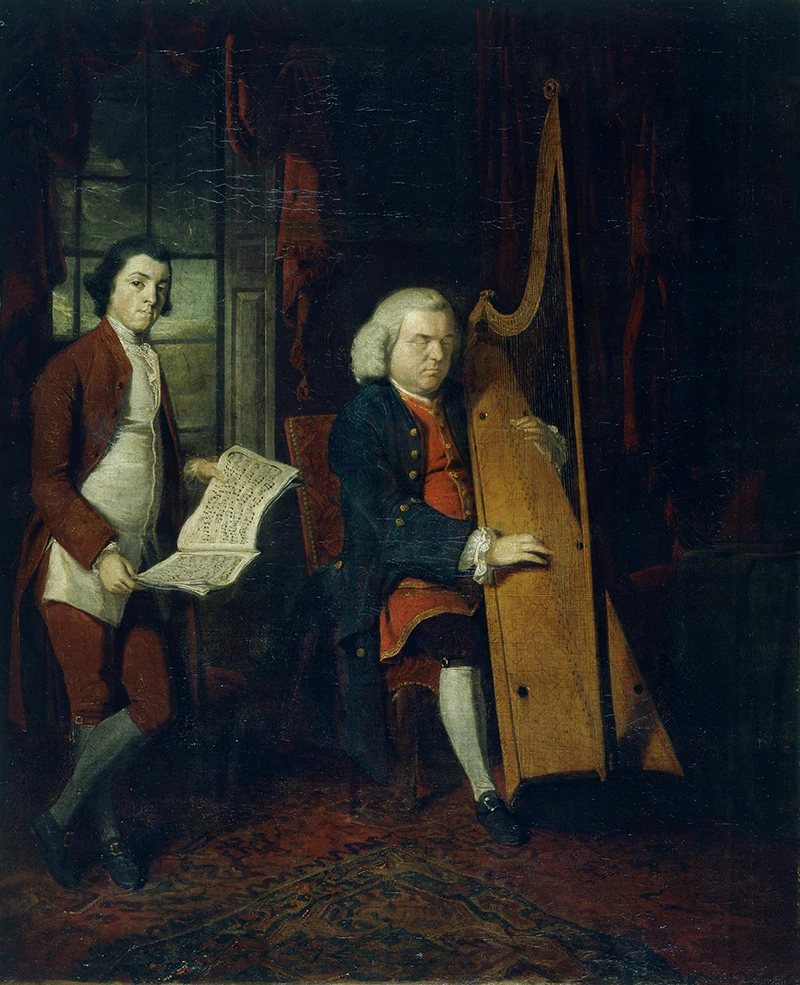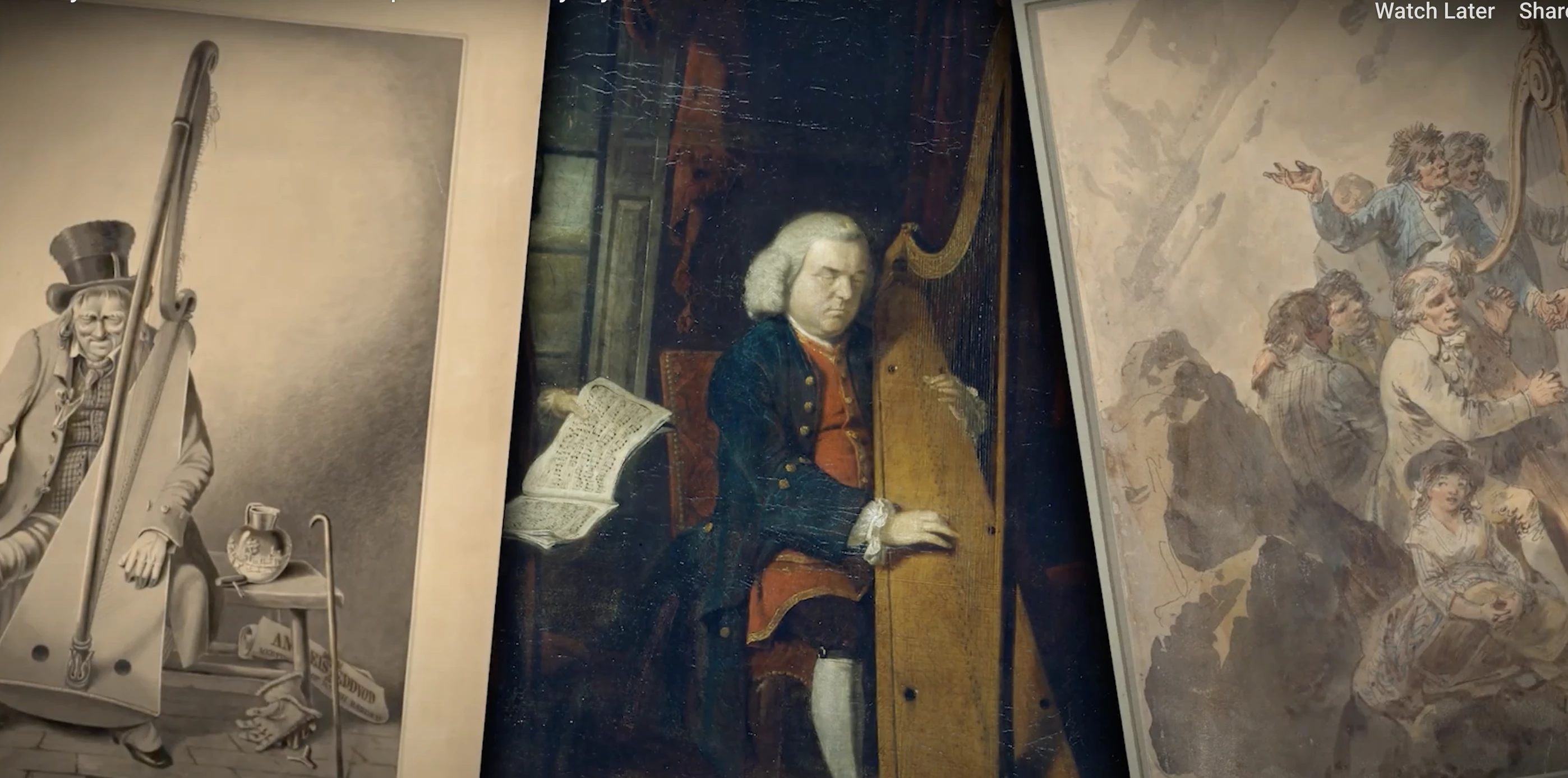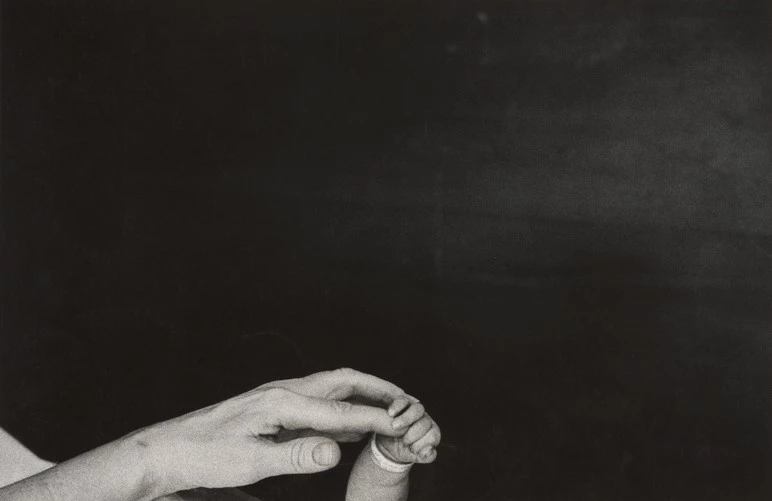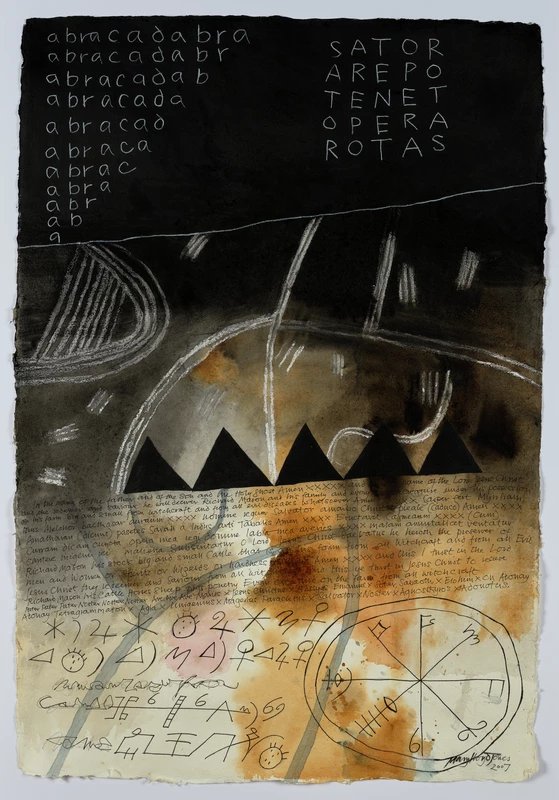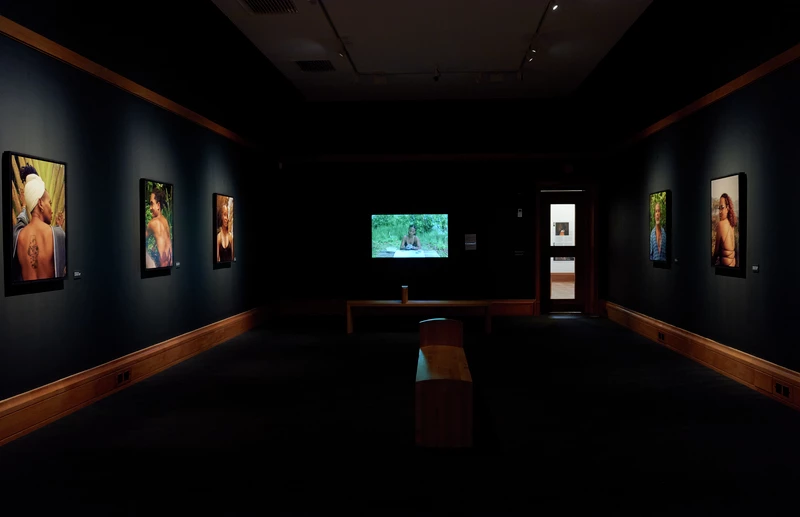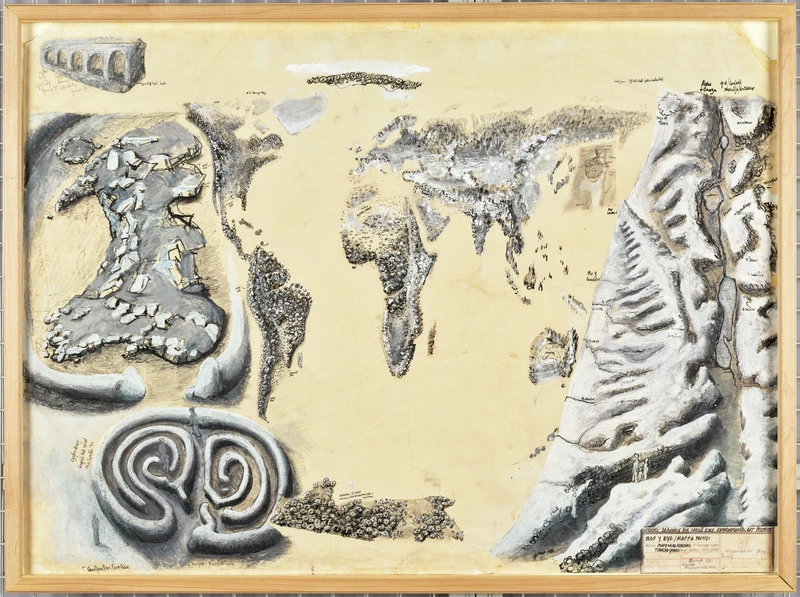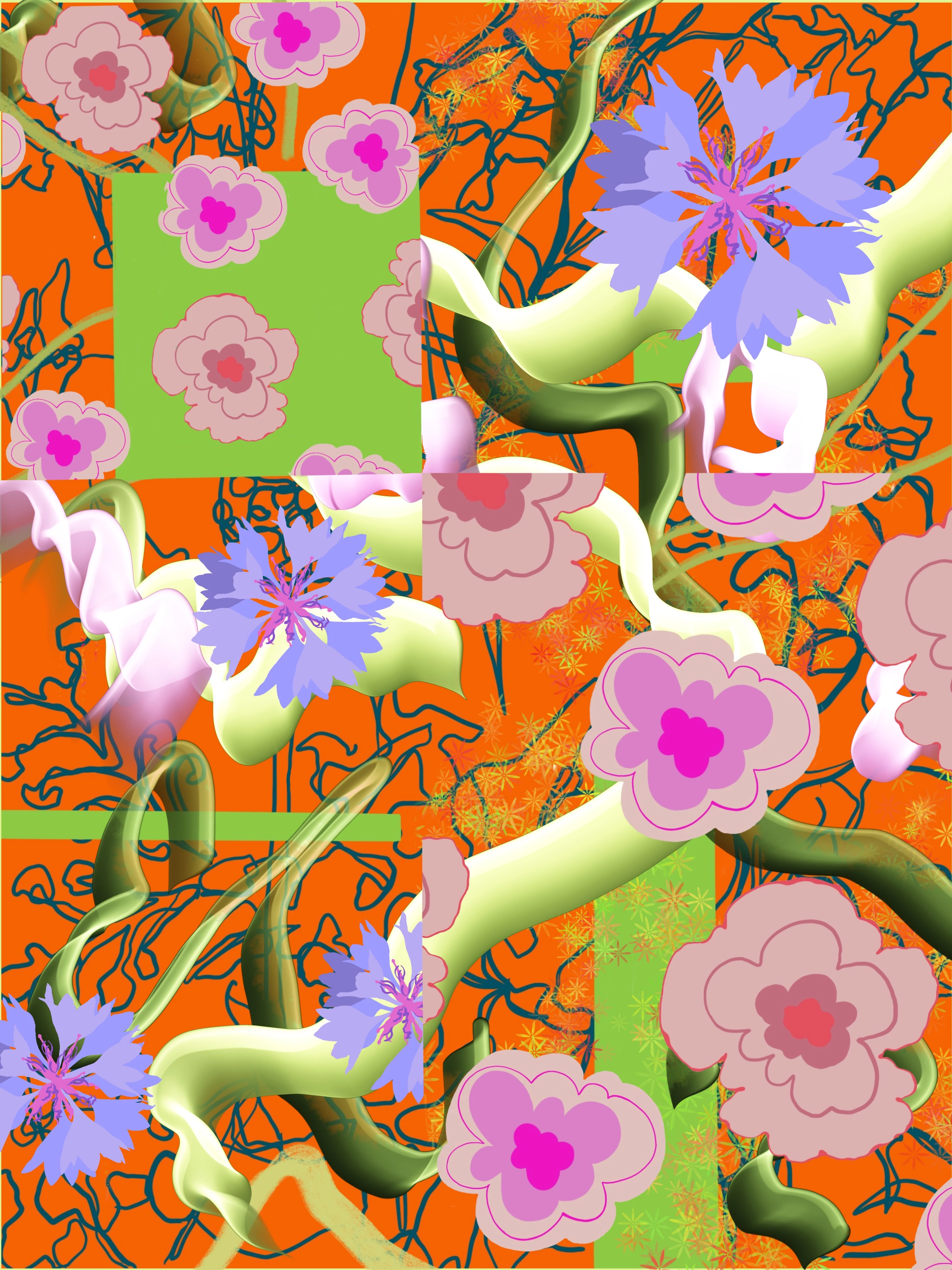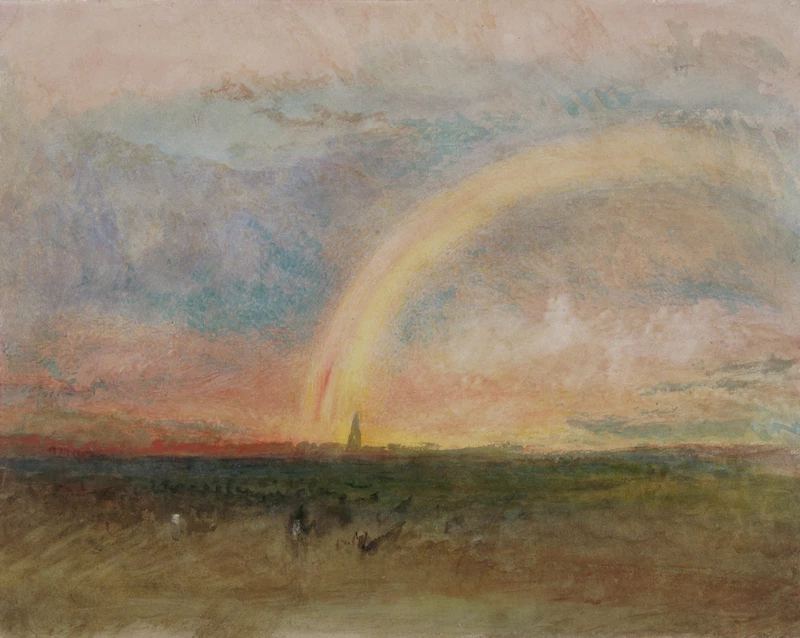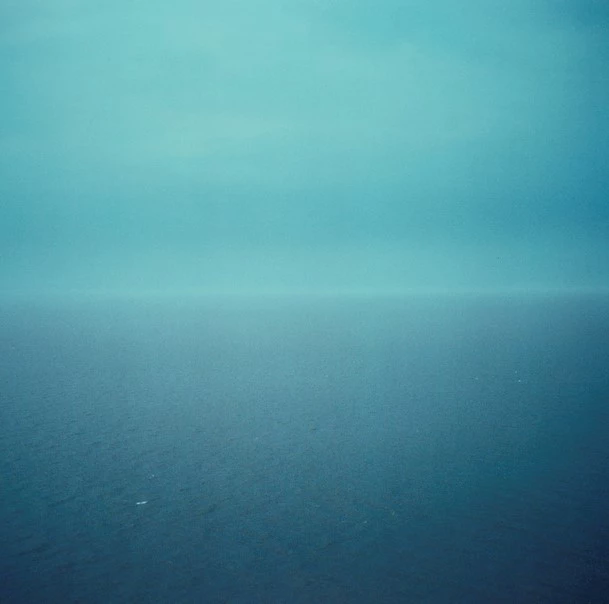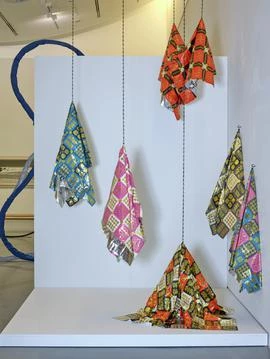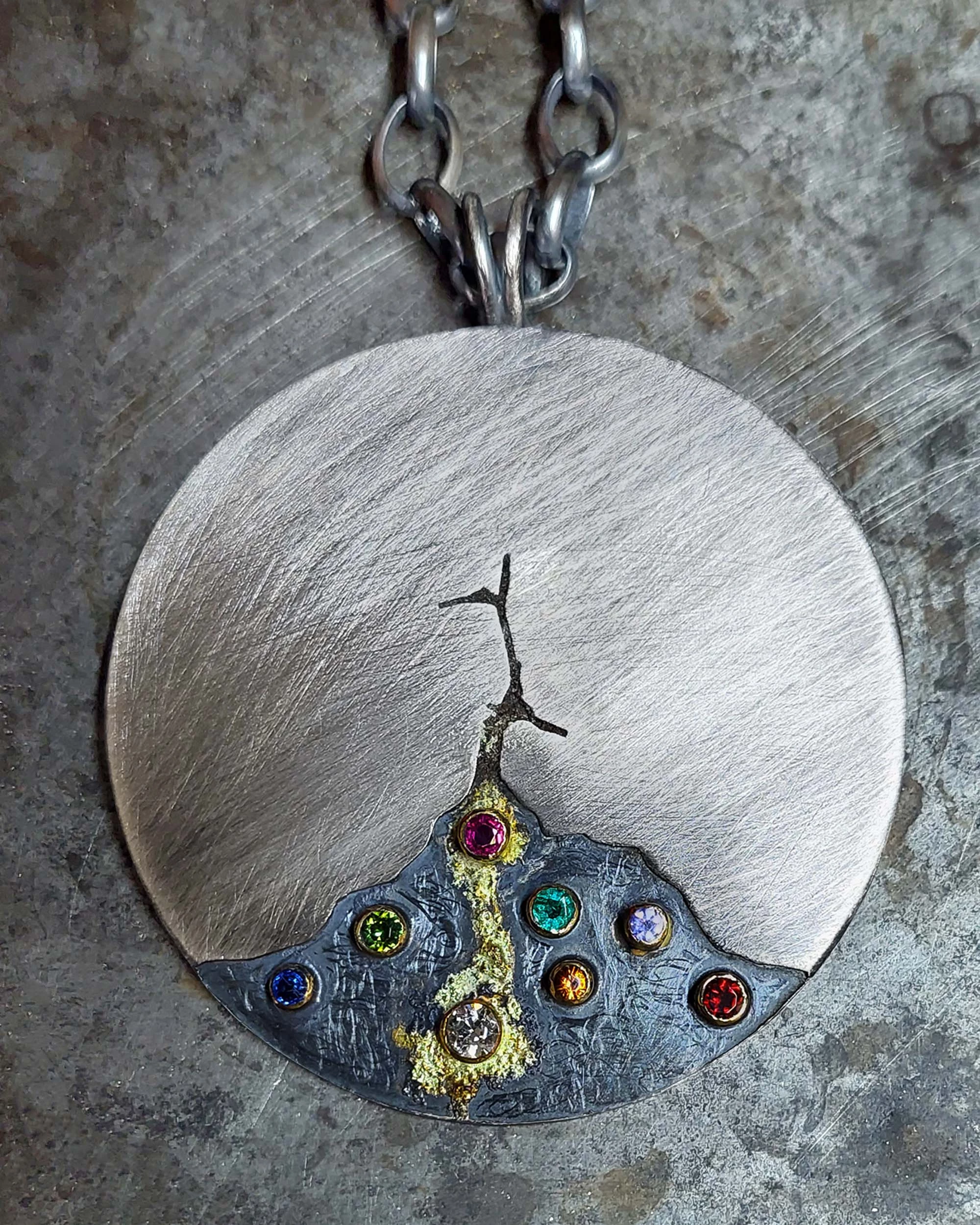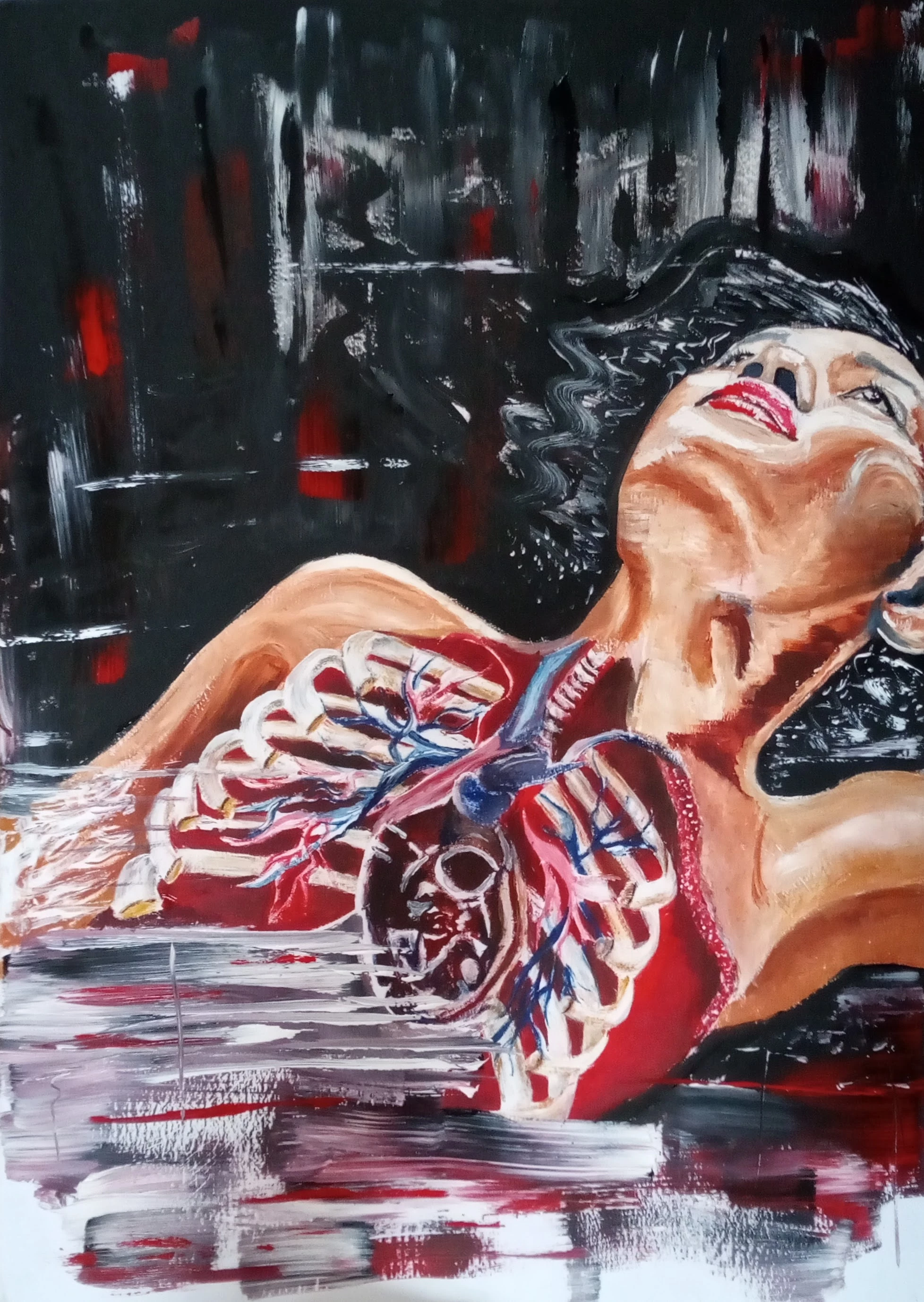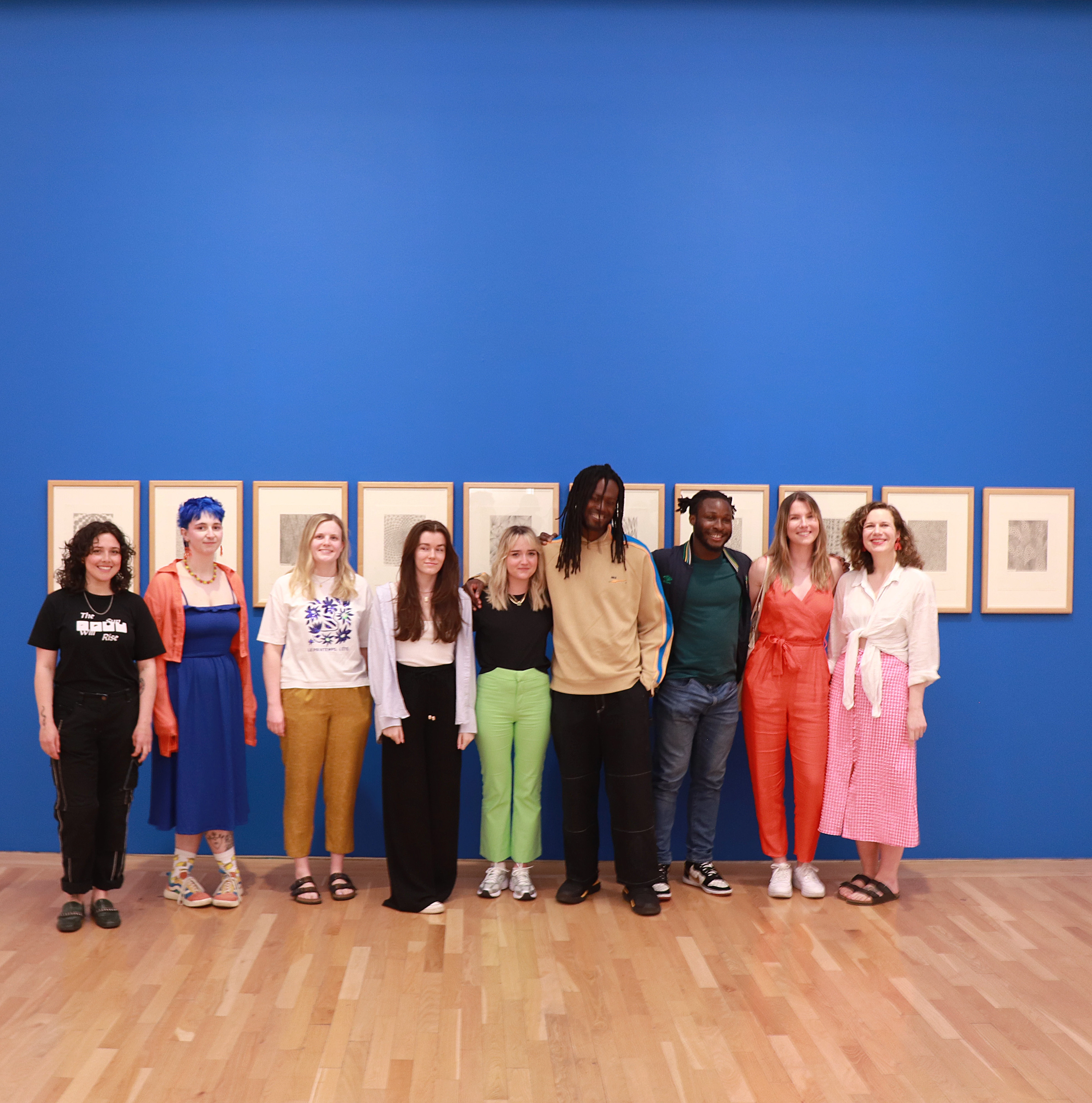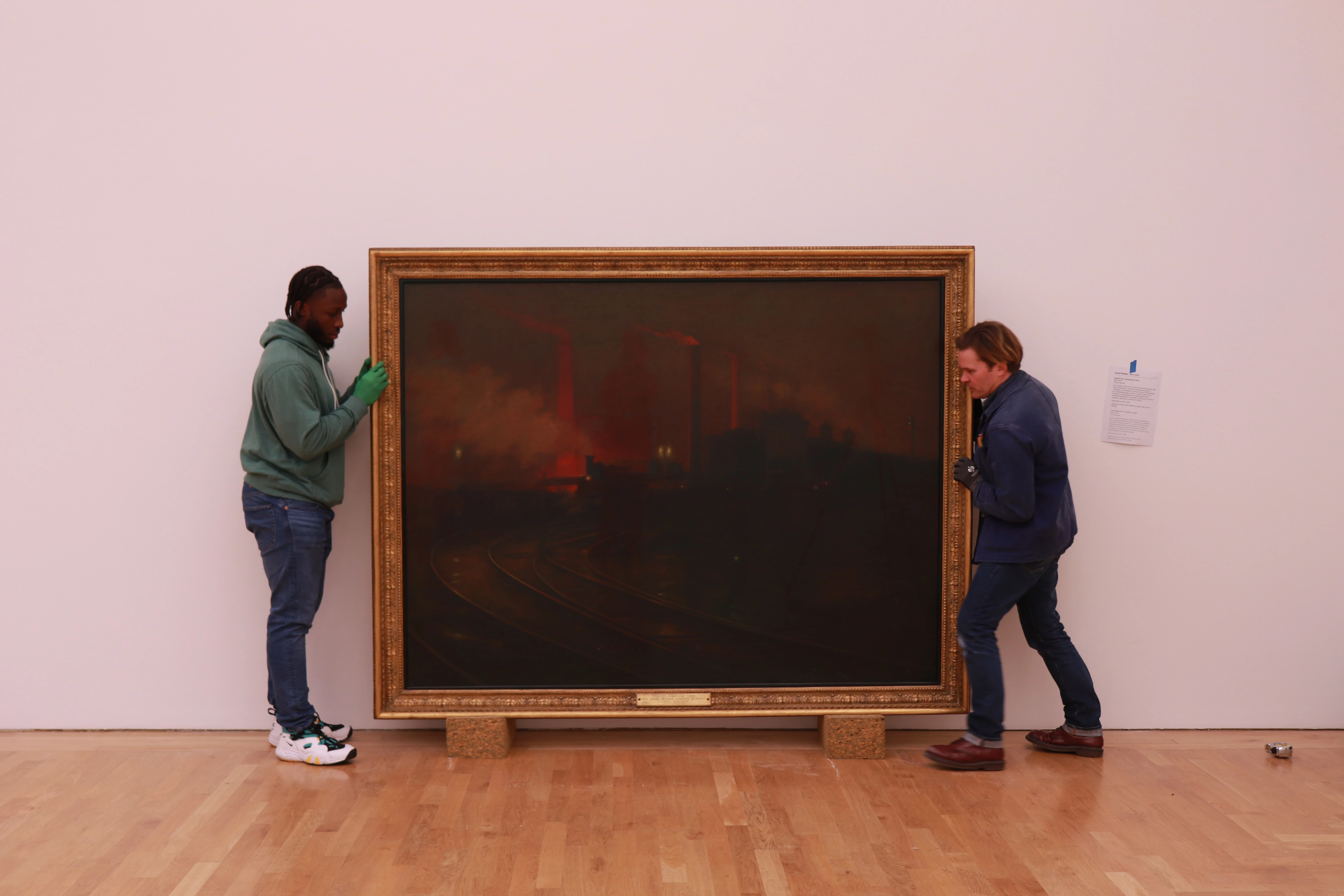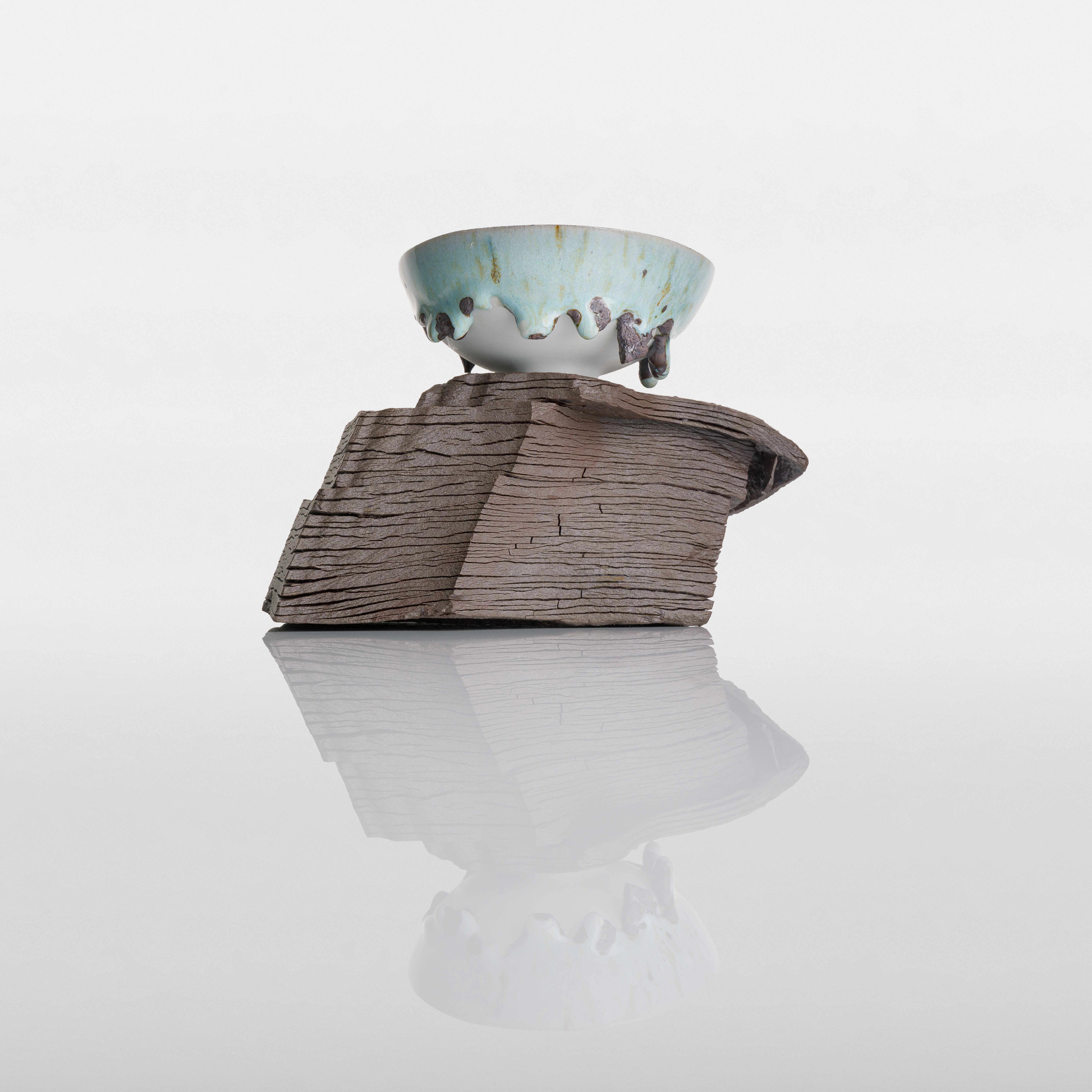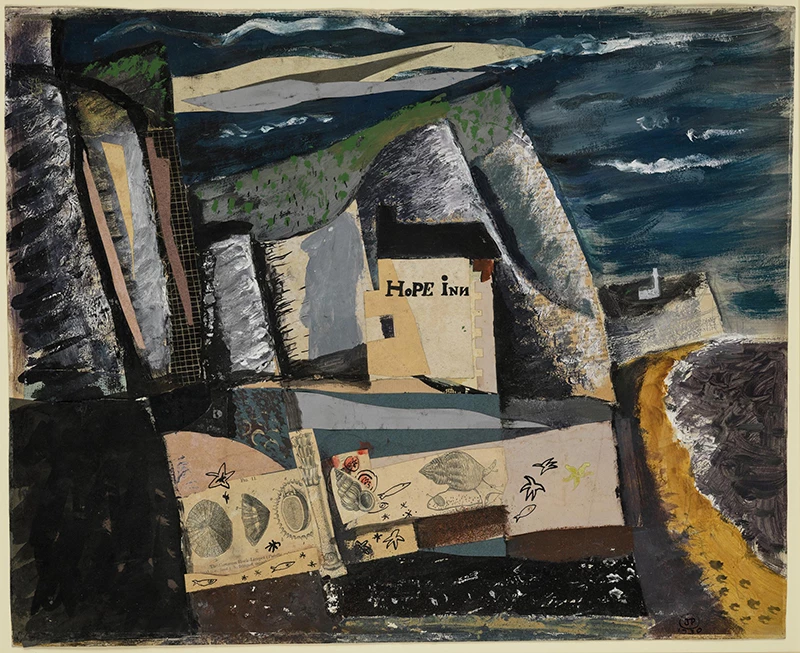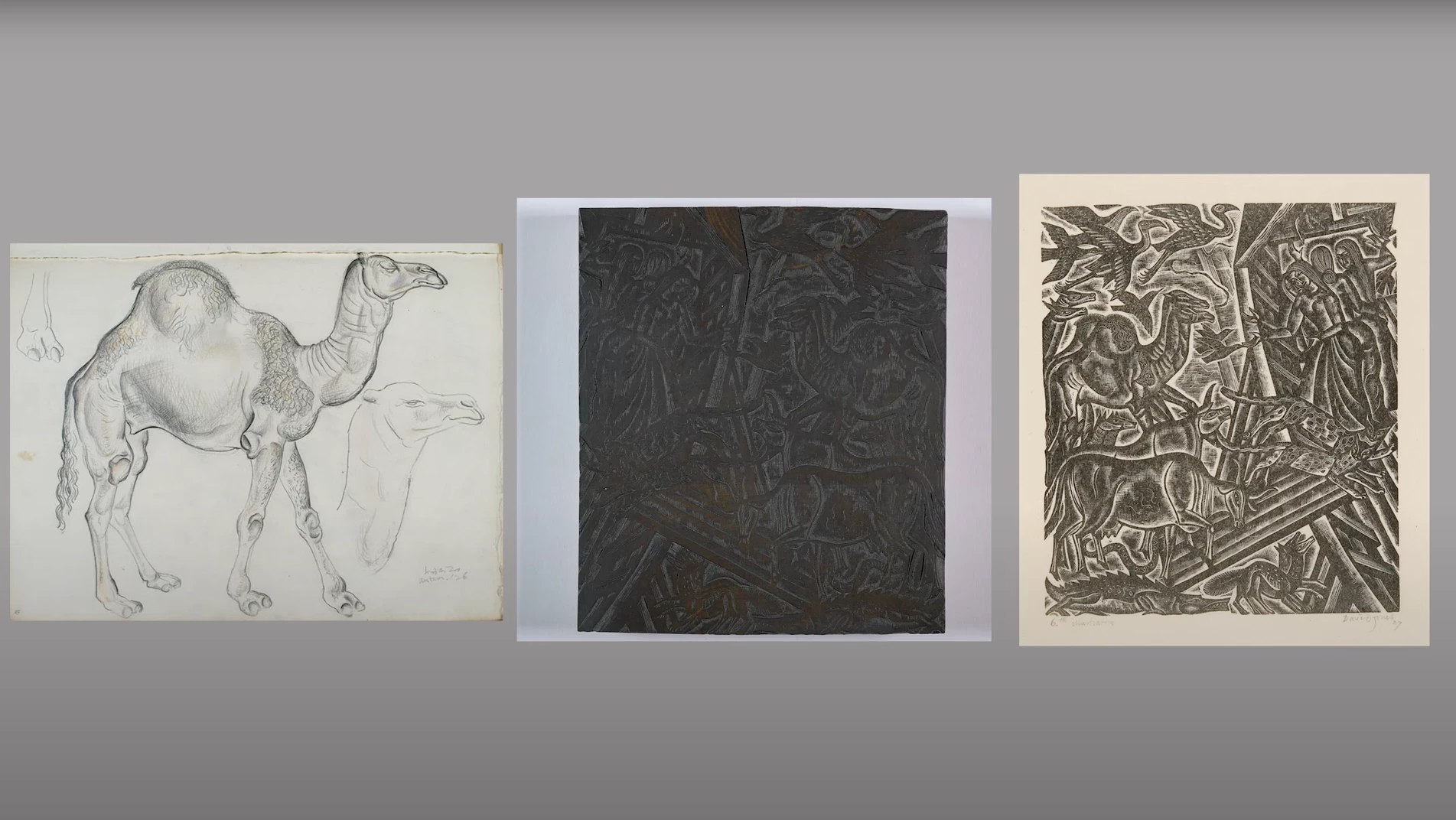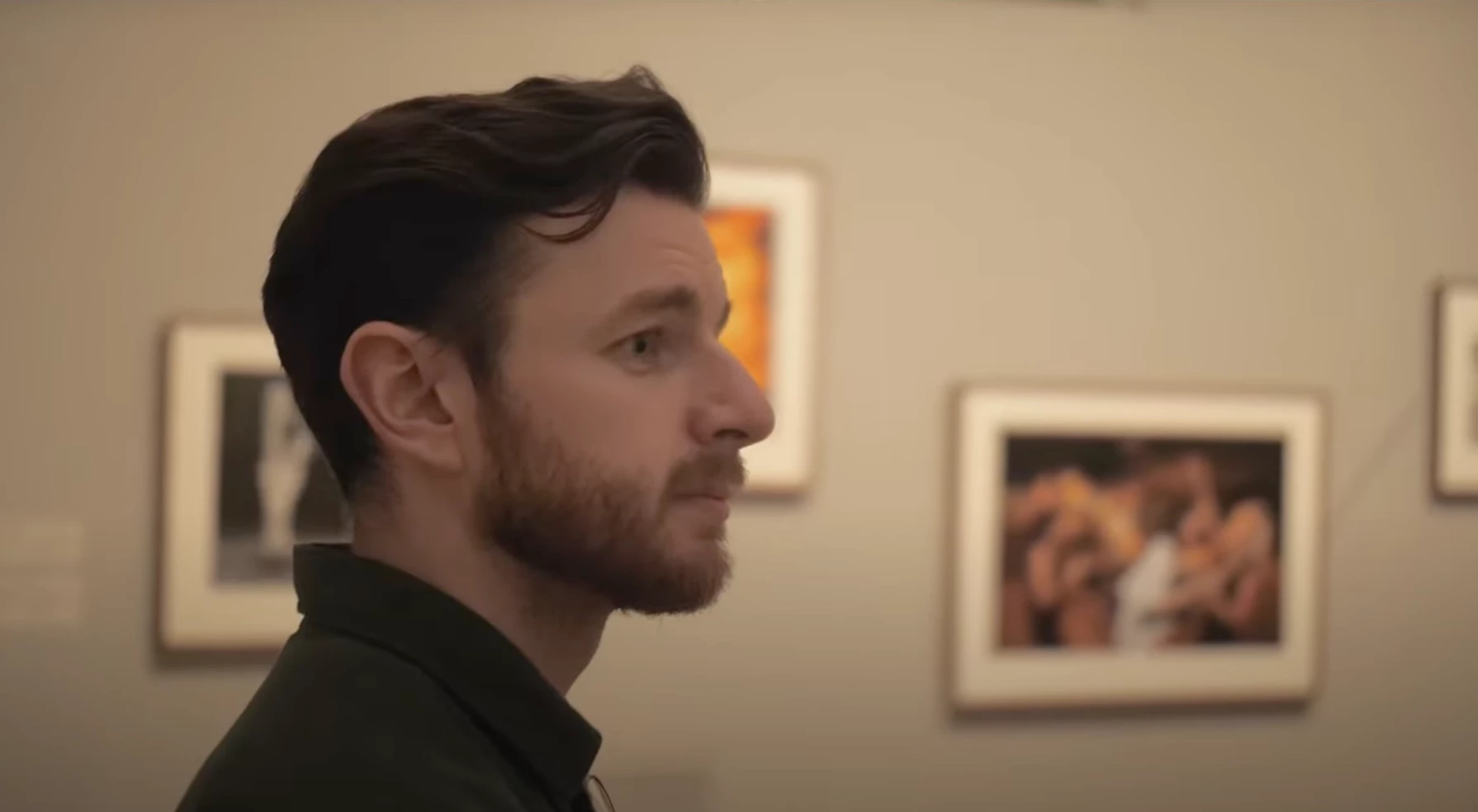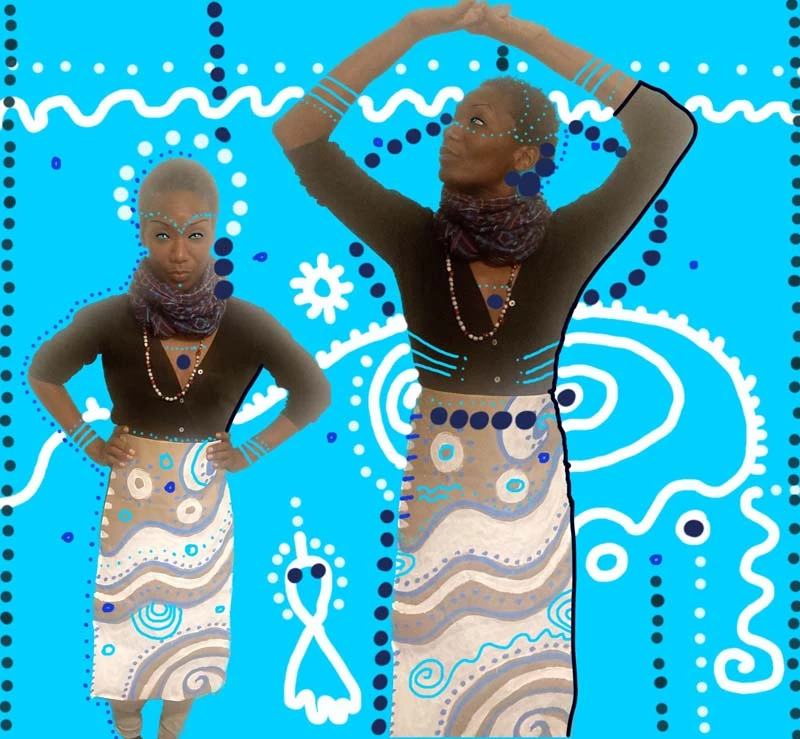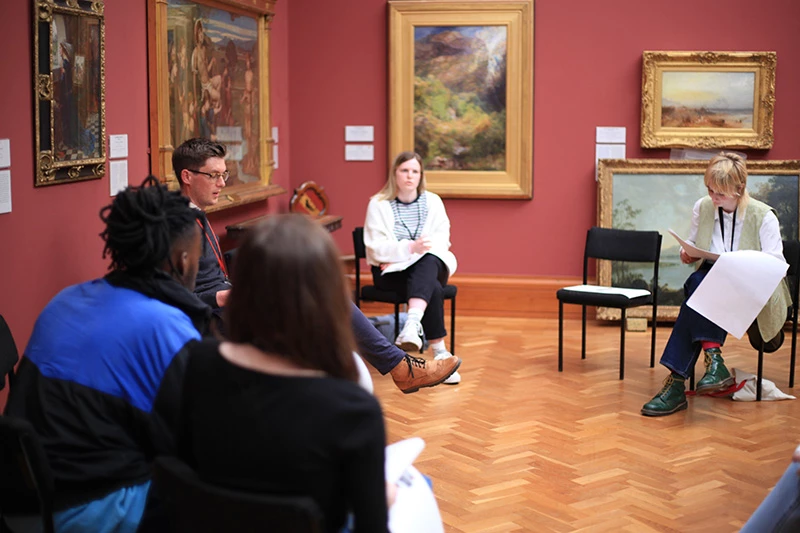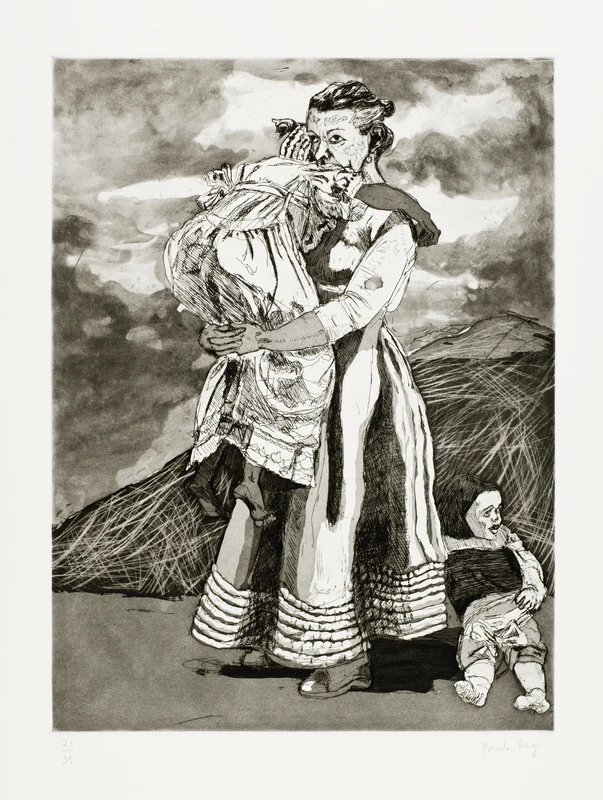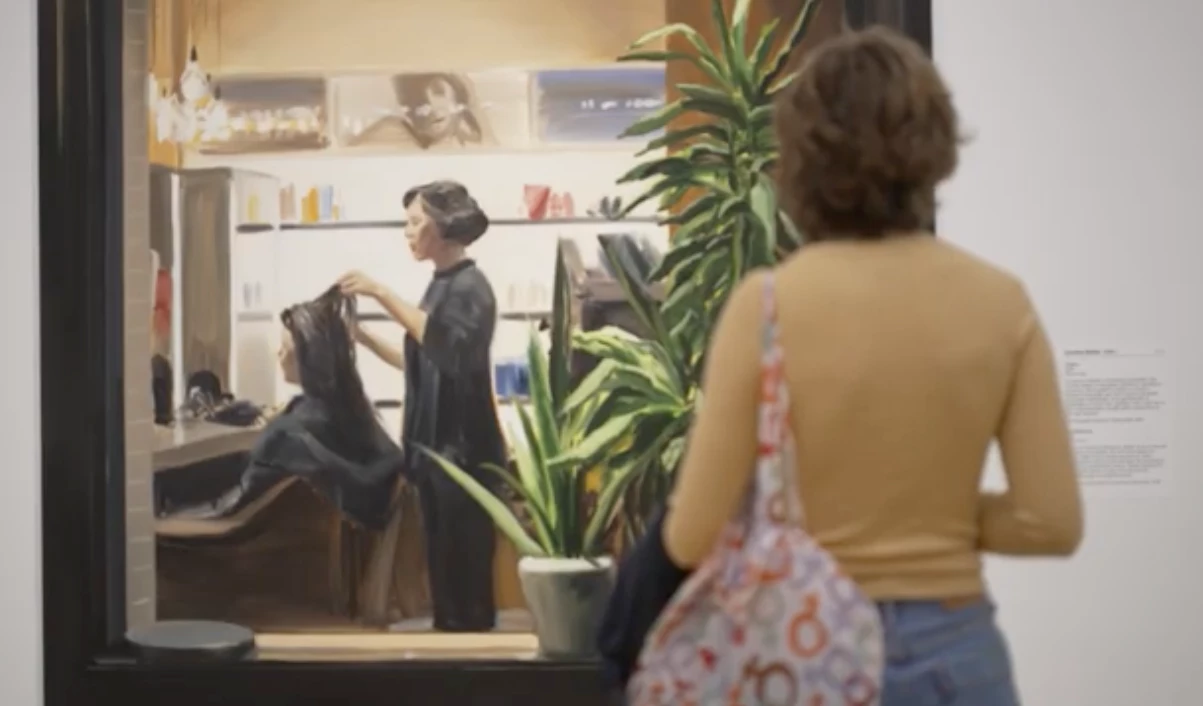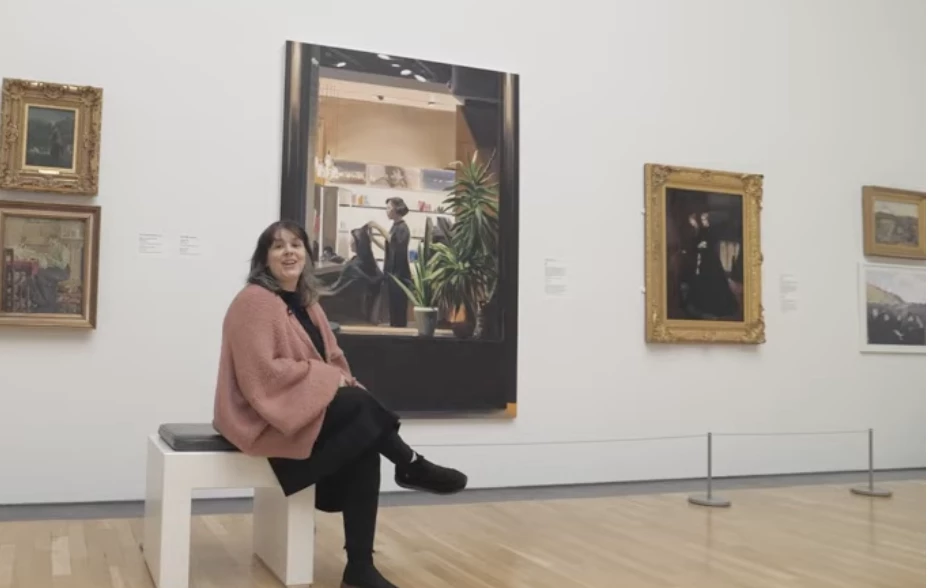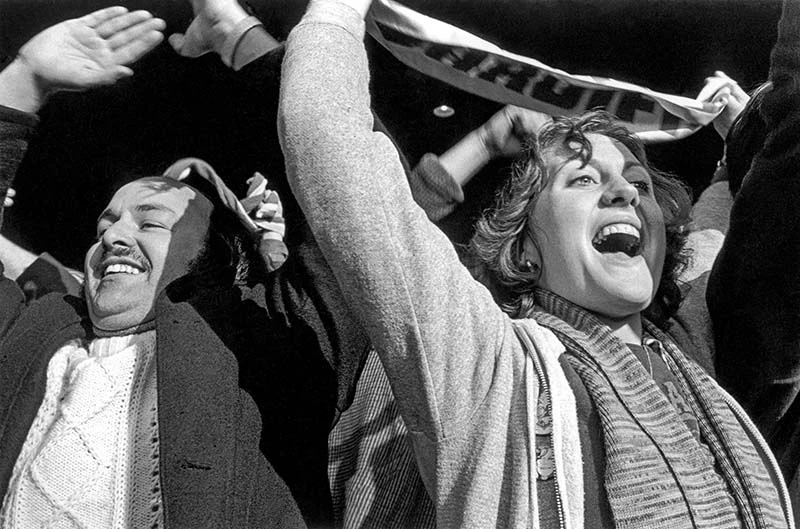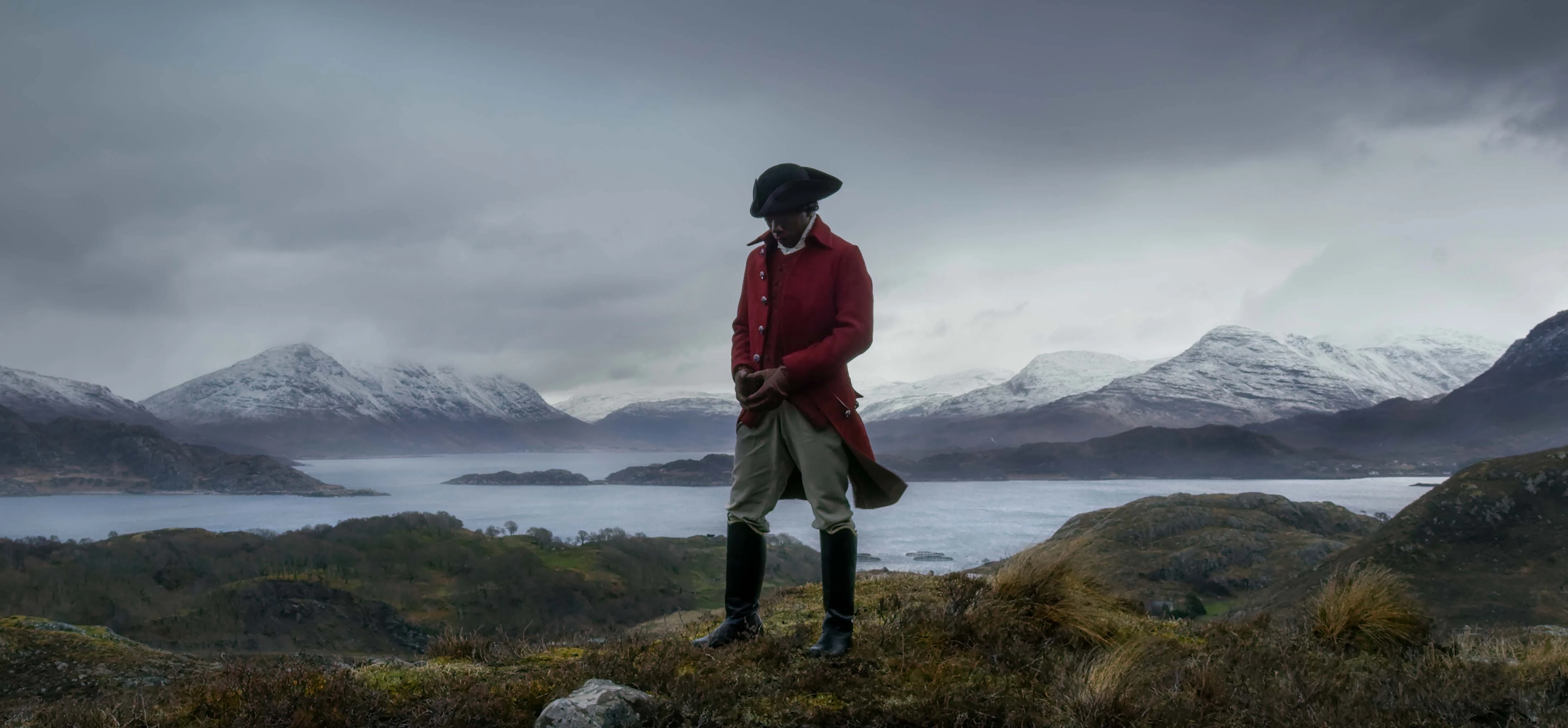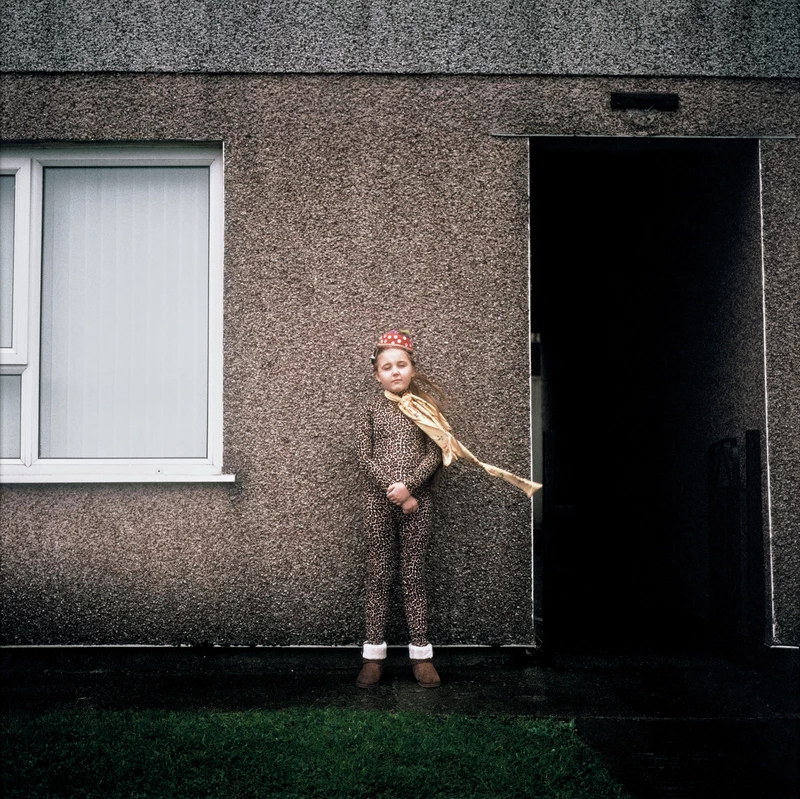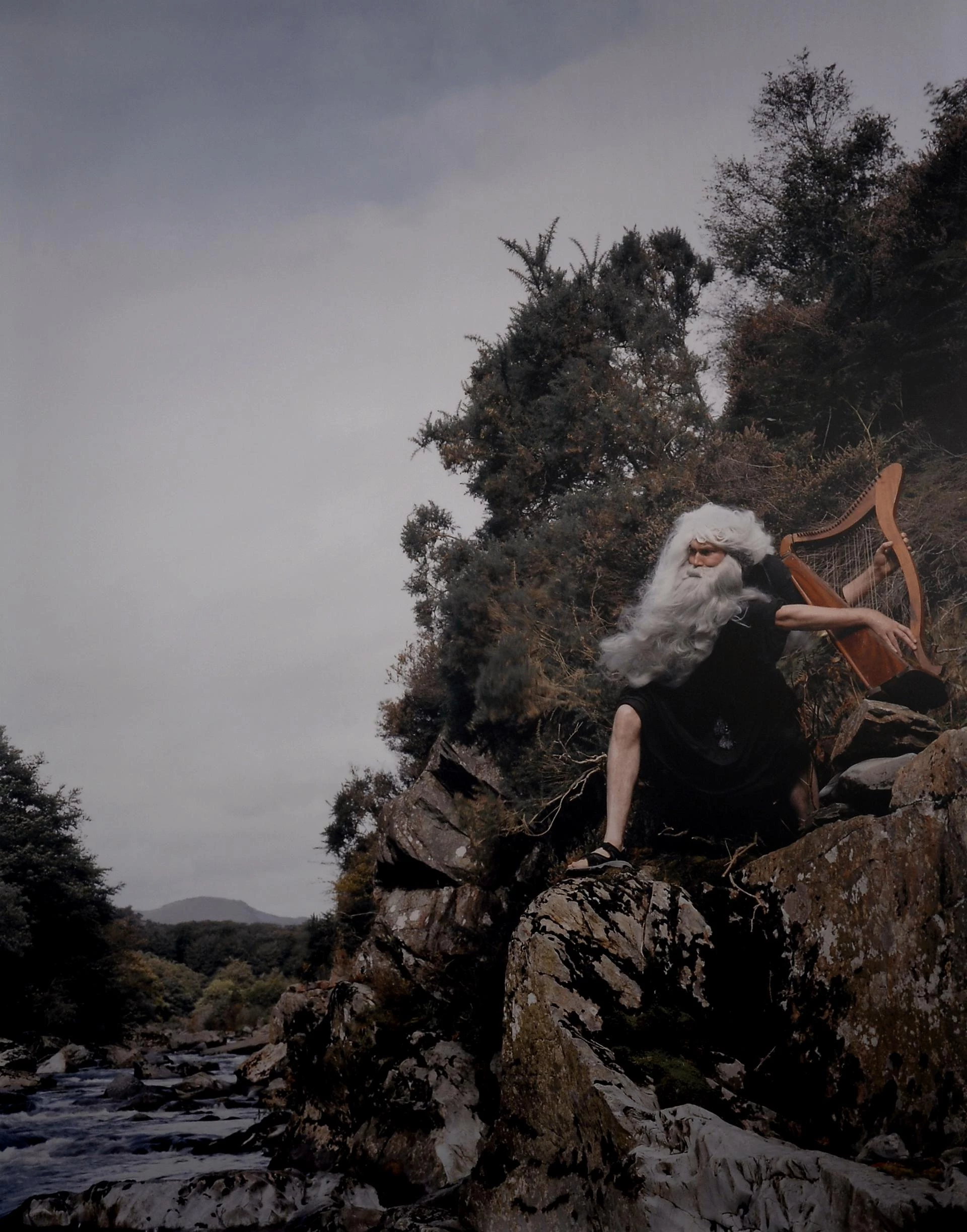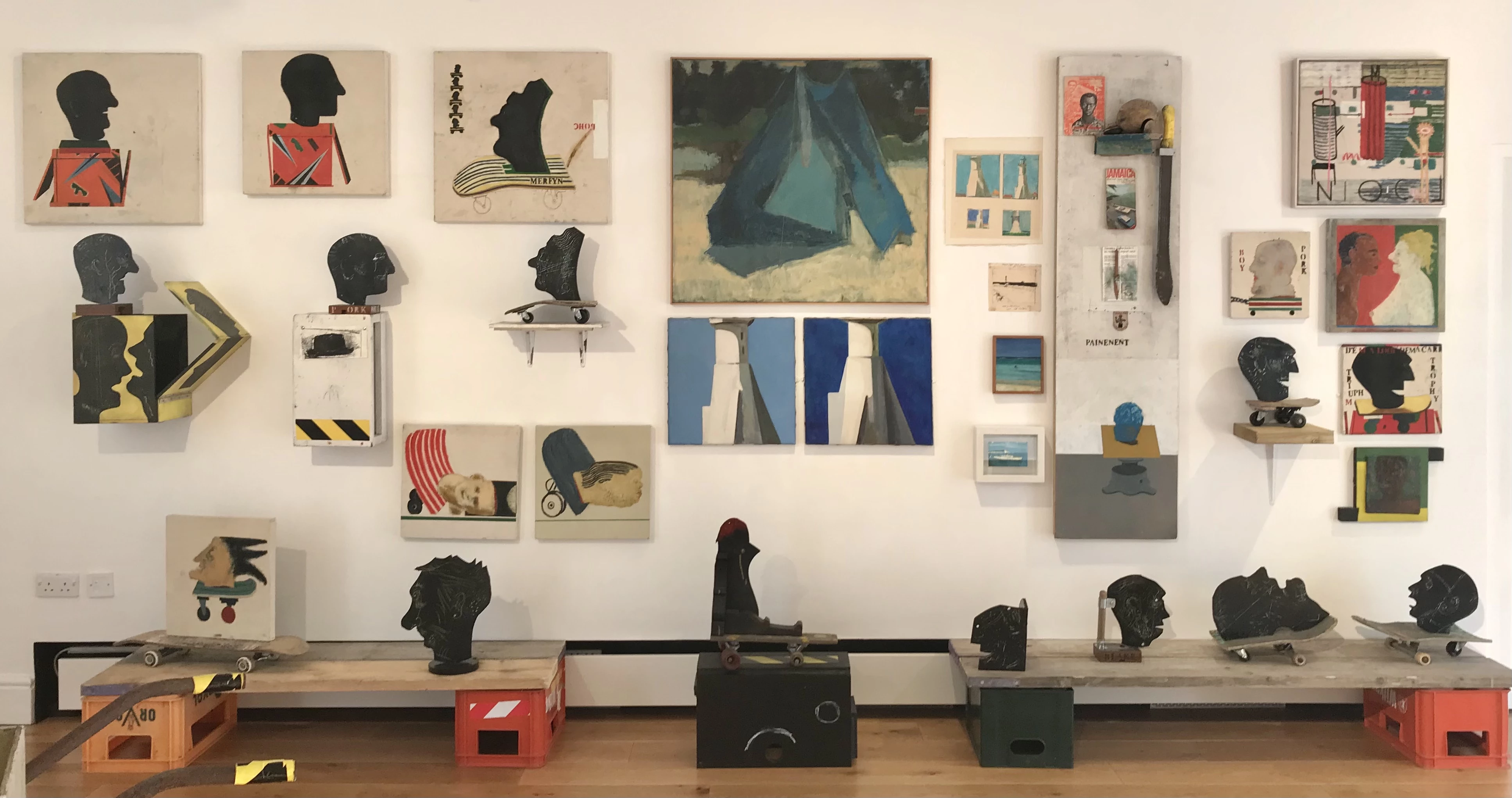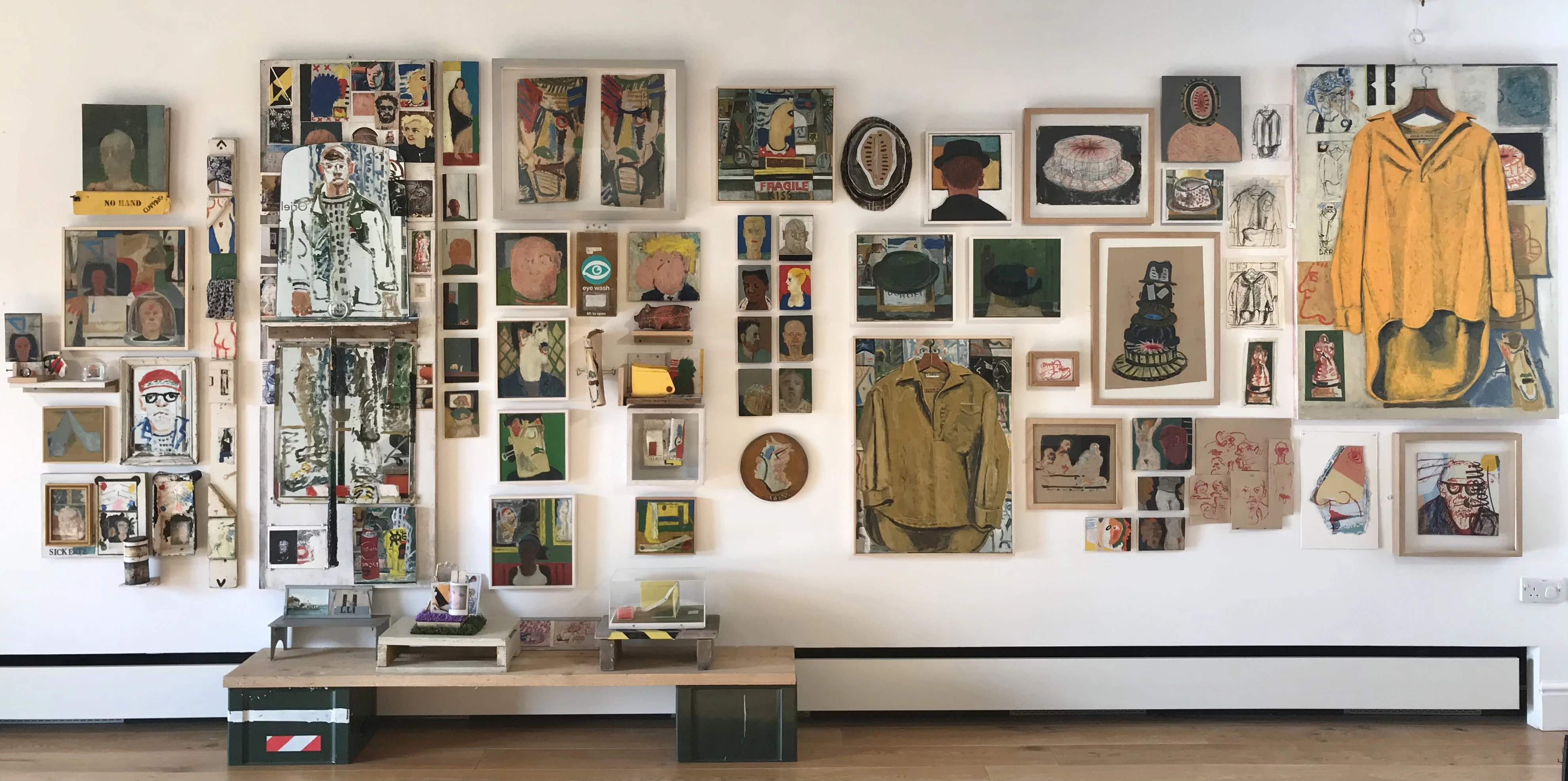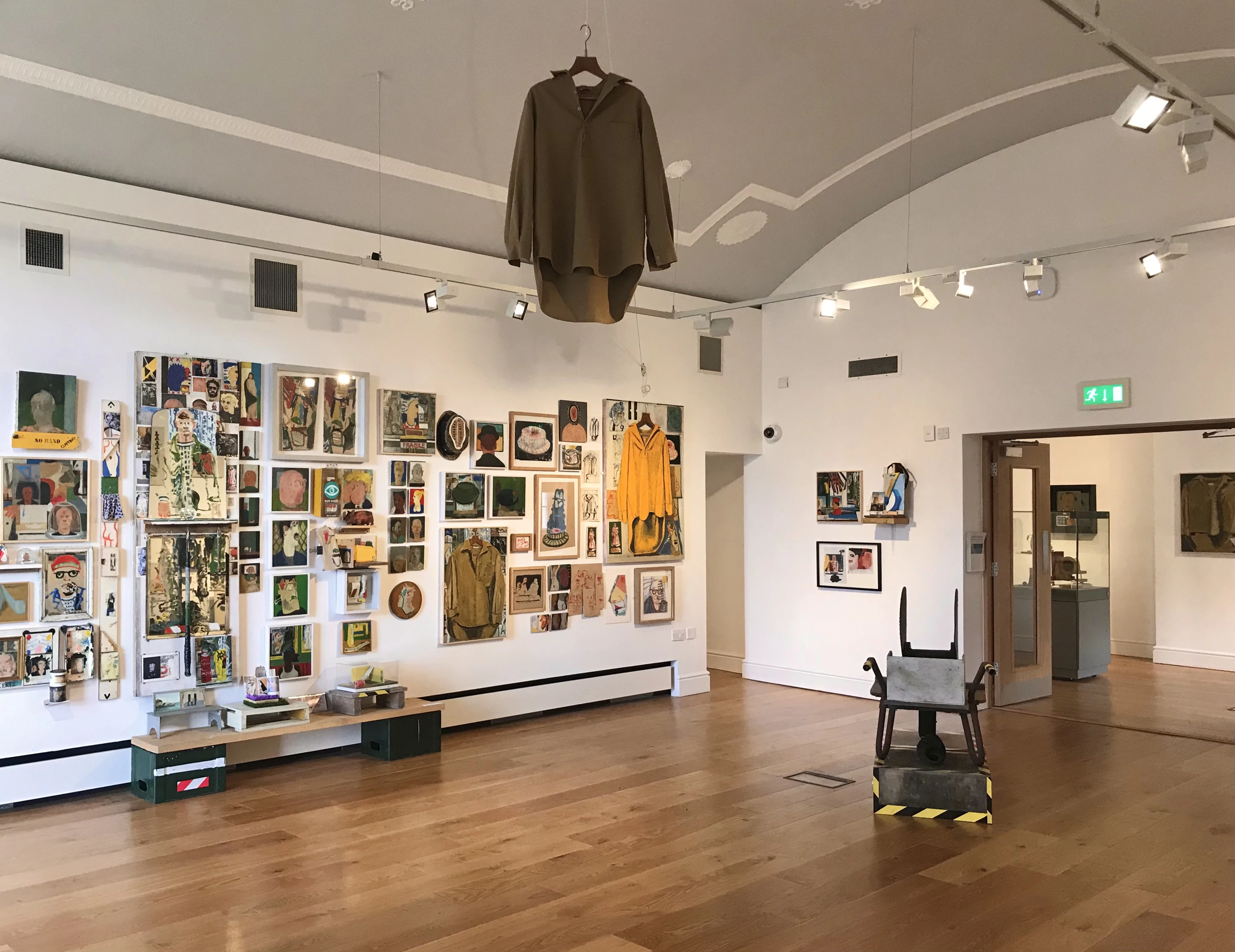"I could just stand and look at one corner of this..."
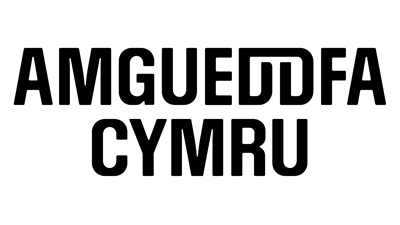
Gareth and I are in the galleries at National Museum Cardiff in front of a Gwen John painting when he states the above. Gareth’s practice has a visual language of its own, one that is extraordinary and wholly unique. His work is uncompromising in its presence – it emphatically is what it is – but is also informal, unstuffy and welcoming. His work celebrates colour, materials and making for its own sake, whilst at the same time being deeply personal; recalling events and incorporating actual objects from his life. Some of these episodes, like the recurring references to his time living and working in Jamaica in the early 1970s, are incredibly shocking. More than anything, his practice exudes a boundless freedom and creativity that most artists can only dream of.
But there is also an astuteness underpinning all of it – this is not nostalgia and whimsy. Layers of reference and a fierce historical, social, and political knowledge underpins the work; which is what made Gareth’s comment about the Gwen John painting stick in my mind. He could stand and look at one corner of a Gwen John masterpieces and tell you something you didn’t know before, which is the pleasure of spending time with him. He is an artist producing some of the best work of his career with over 80 years of knowledge and experience behind him.
Bertorelli: A key work
Whilst at the Museum, we were also viewing his work, Bertorelli (2019), which was collected by Amgueddfa Cymru in 2020. It was part of his recent solo exhibition Trailer, which toured to Aberystwyth Arts Centre, Ty Pawb, Oriel Myrddin and Oriel Davies. Bertorelli is a key work from his recent practice; the found objects remade, repurposed and themselves painted into the work as a sort of fourth wall breaking Still Life. A house clearance portrait of some Italian monarch or other is reworked and then recreated back into the central painting. The work is personal, referencing the an Italian family who owned an ice cream parlour in Caernarfon that the artist frequented as a child. The plasticene head to the left is the work of the artist’s son, Ioan, created when he was at school and here painted back into the work of his father over 30 years later. Narrative threads interweave the work, all connected through the prism of the artist’s life and experience.
There is also humour. Where is the fourth glove on the right on the painting? We have two actual gloves, and one painted one - a perfect rendering of the first real glove. Our eyes expect to see the second painted glove as well – so where is it? Has it somehow fallen off the work? Look closer and the outline of it is there, an empty space like a place marker for a hammer missing from a tool shelf.
Exhibiting across Wales
That notion and use of empty space is not a flippant one. Gareth points to the series of tent works from around 2011 as a turning point in his recent practice. The void of the tent, the need for its sanctuary and the temporary respite that it provides is an image for our times of mass migration crises. The Shelter/Tent show at Galeri Caernarfon and Oriel Mostyn (2011/12) featured multiple works all considering the tent structure, its function, and connotations of shelter. Over 30 artists and students were invited to contribute to the exhibition by making 8” x 6” x 6” tent constructions - creating Field of Shelters. The utility and limitation of the artistic brief reflecting the structures themselves.
The exhibition centred around a series of blue tent paintings by Gareth; themselves based on a photograph of a tent that the Griffith family used on camping trips during their time living in Jamaica. During one trip, they were attacked, and Gareth very nearly beheaded with a machete – a truly shocking and traumatising event. These works began what has been an ongoing process of, as he describes it, “facing up to the ghosts of my past”. He has returned to this experience in numerous works and series over the past decade.
A shared experience
While these references, and many others besides, permeate much of Gareth’s practice, there is no prescriptive reading for the audience, nor does he set out with one himself. Gareth is often discovering the work almost as we are discovering it – we are in this together.
Take as a final example the most recent series of shirt paintings. Gareth was sent a work shirt by his eldest son as a gift. The shirt was accidentally washed along with his dog’s blanket – littering the shirt with hair. The shirt then hung in his studio for a time waiting to be dehaired; but it became a presence hanging in the studio, Gareth’s very own hairshirt. Slowly the shirt began to be drawn and painted as it entered the artist’s orbit, eventually becoming a major new series of works, with Hair Shirt Triptych joint winner of the 2022 BEEP Painting Biennale. The nails that feature in the triptych are again the result of intuition, adding to a strange presence in these paintings that is hard to define. The hairshirt has its own connotations, and the nails could bring their own religious overtones, but here also is the uniform of the artist, a simple work shirt that got washed with the dog’s blanket by mistake.
The importance of the studio space
What I take from the series is the importance of the studio. Following his retirement from teaching, Gareth built a new studio space behind his house in Mynydd Llandygai. It is no coincidence that, since then, he has spent the last decade making some of the best work of his career. The creation of that space and the ongoing relationship between artist and environment, and that continual exploration of process, of internal and external space, is what is central to everything in Gareth’s practice.
Back at National Museum Cardiff, he quotes the Picasso adage that he returns to often; “I do not seek, I find.”
This text was originally written for the exhibition Gareth Griffith: Artist's Room at Storiel in Bangor.
Written when Neil Lebeter was Senior Curator: Modern and Contemporary Art at Amgueddfa Cymru from 2018 to 2022. Neil is interested in the social and cultural building blocks that influence museums and visual culture more widely, and how contemporary art can critique those structures. He curated The Rules of Art? exhibition at National Museum Cardiff and set up the Demystifying Acquisitions group with the Amgueddfa Cymru Producers.
Gareth Griffith: Artist's Room Exhibition, Storiel © Gareth Griffith / Storiel
Gareth Griffith: Artist's Room Exhibition, Storiel © Gareth Griffith / Storiel
Gareth Griffith: Artist's Room Exhibition, Storiel © Gareth Griffith / Storiel

